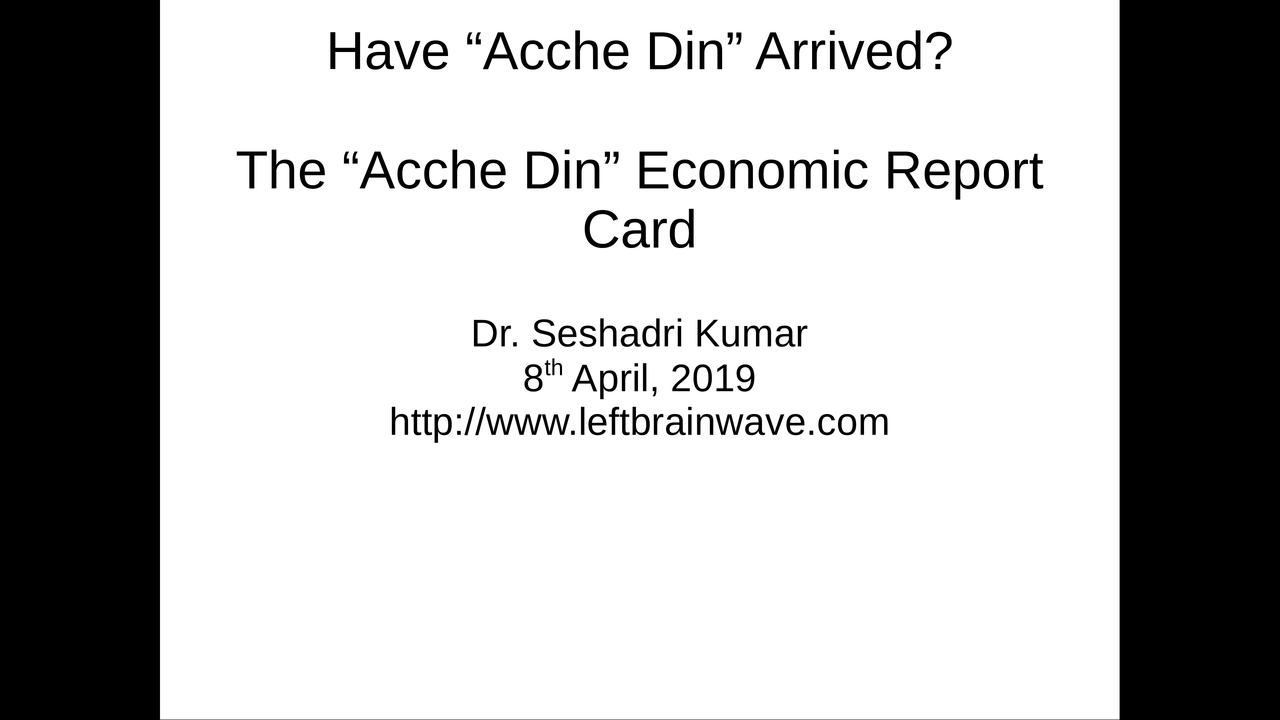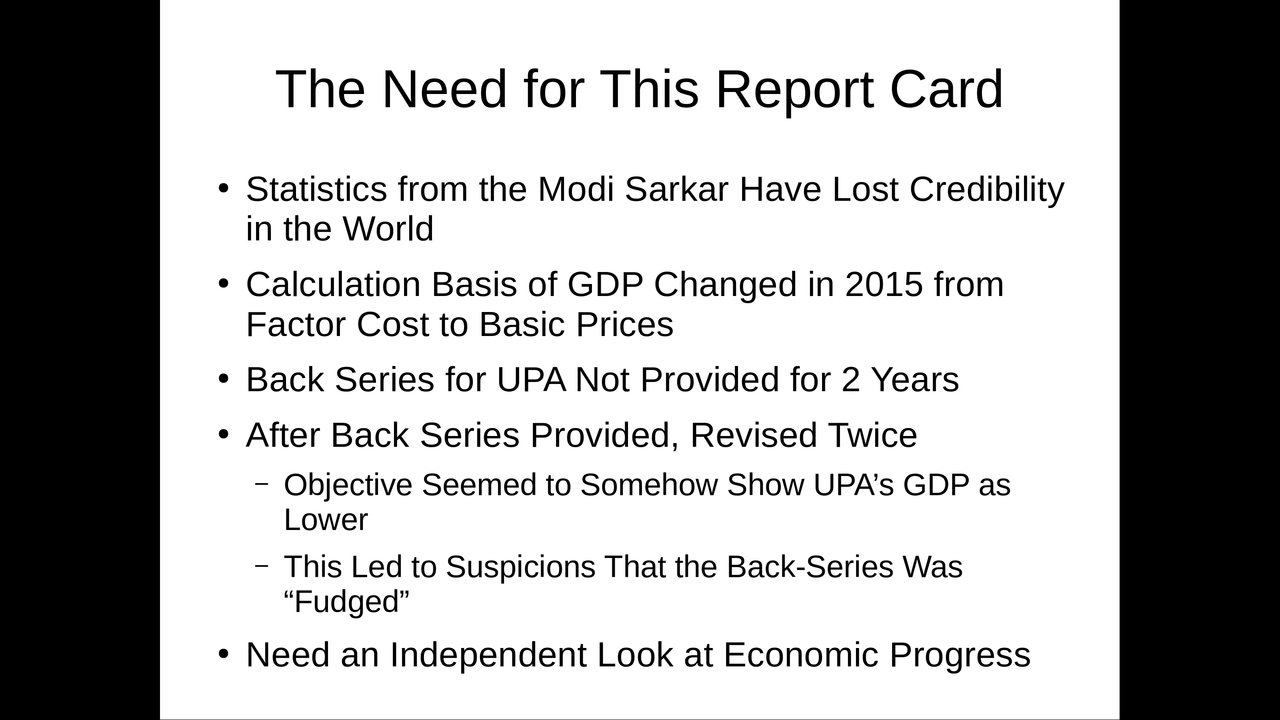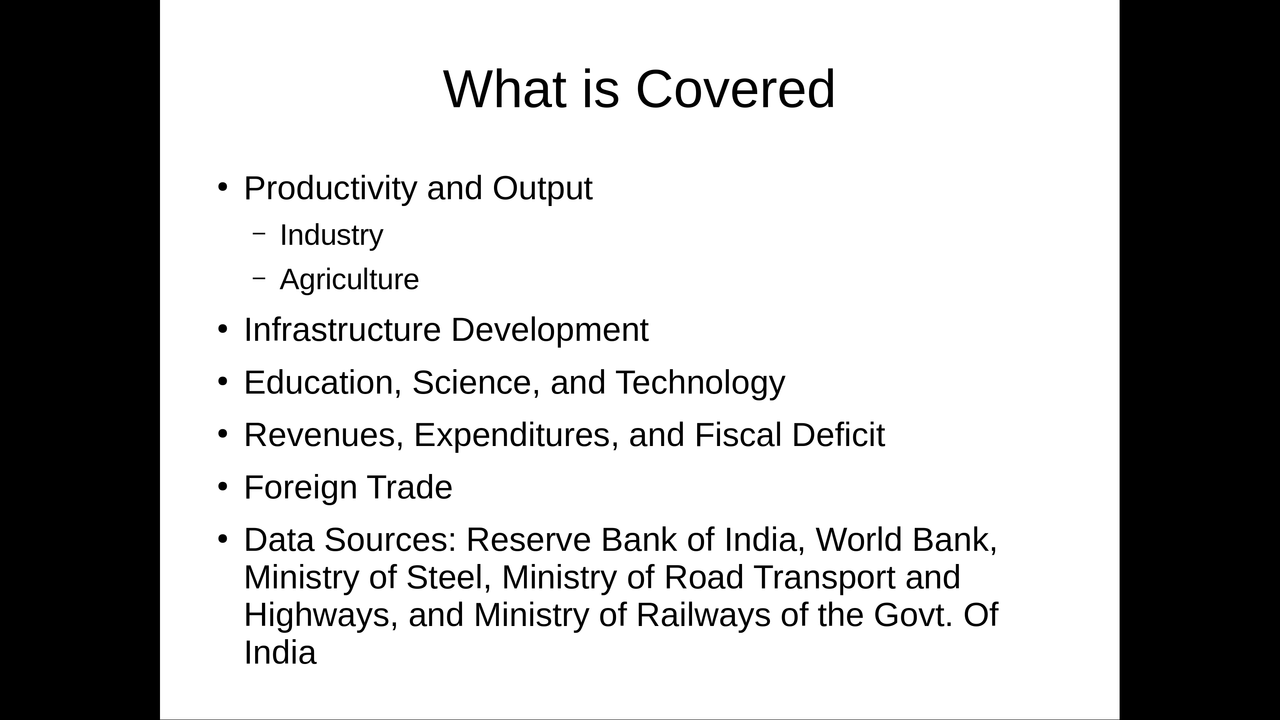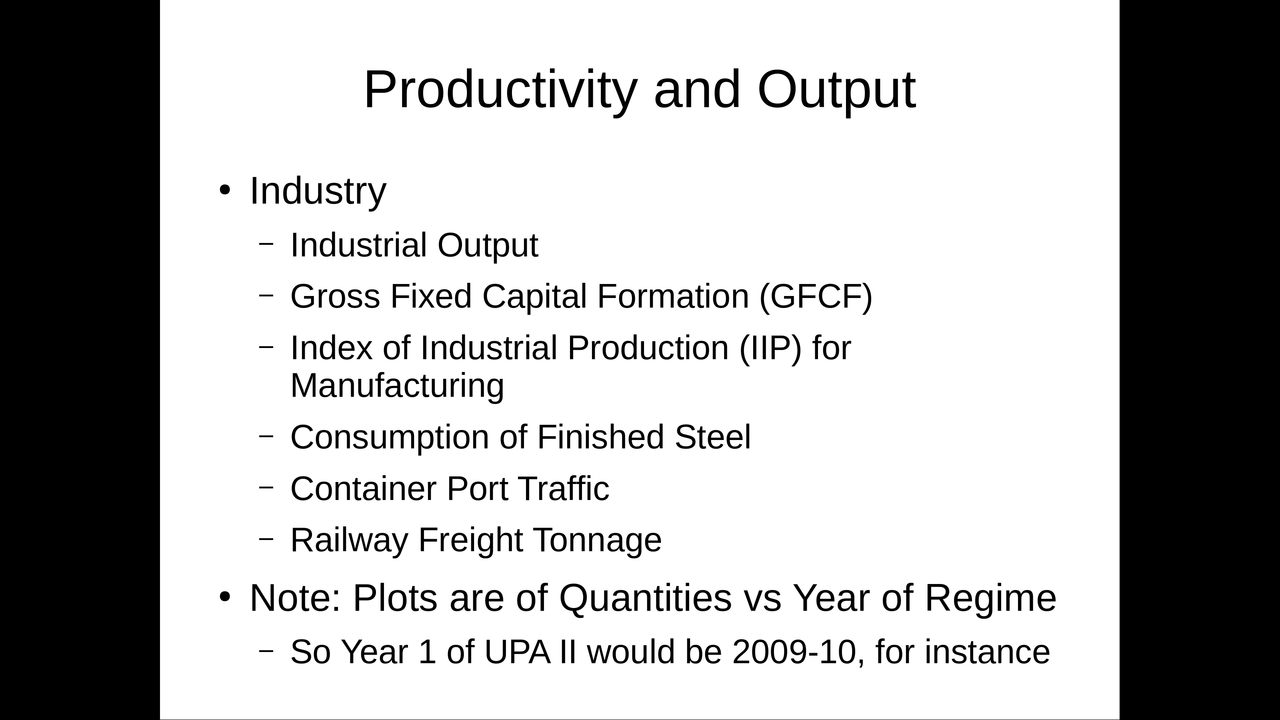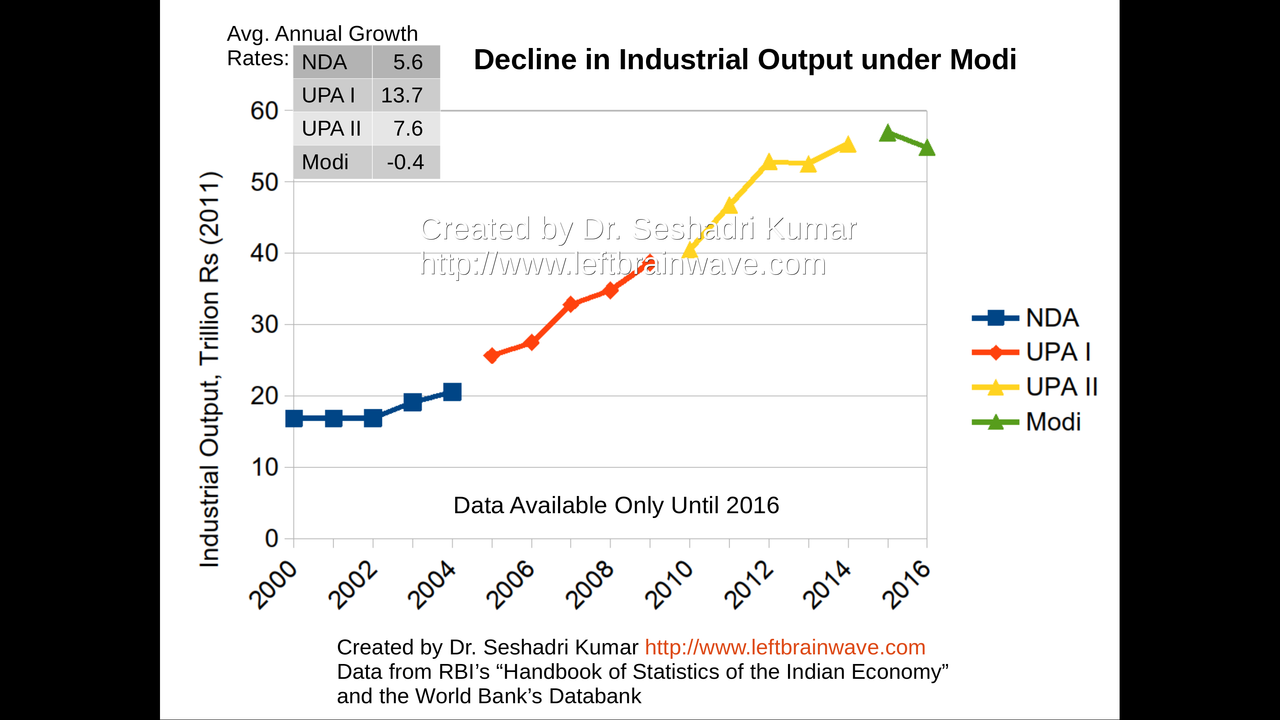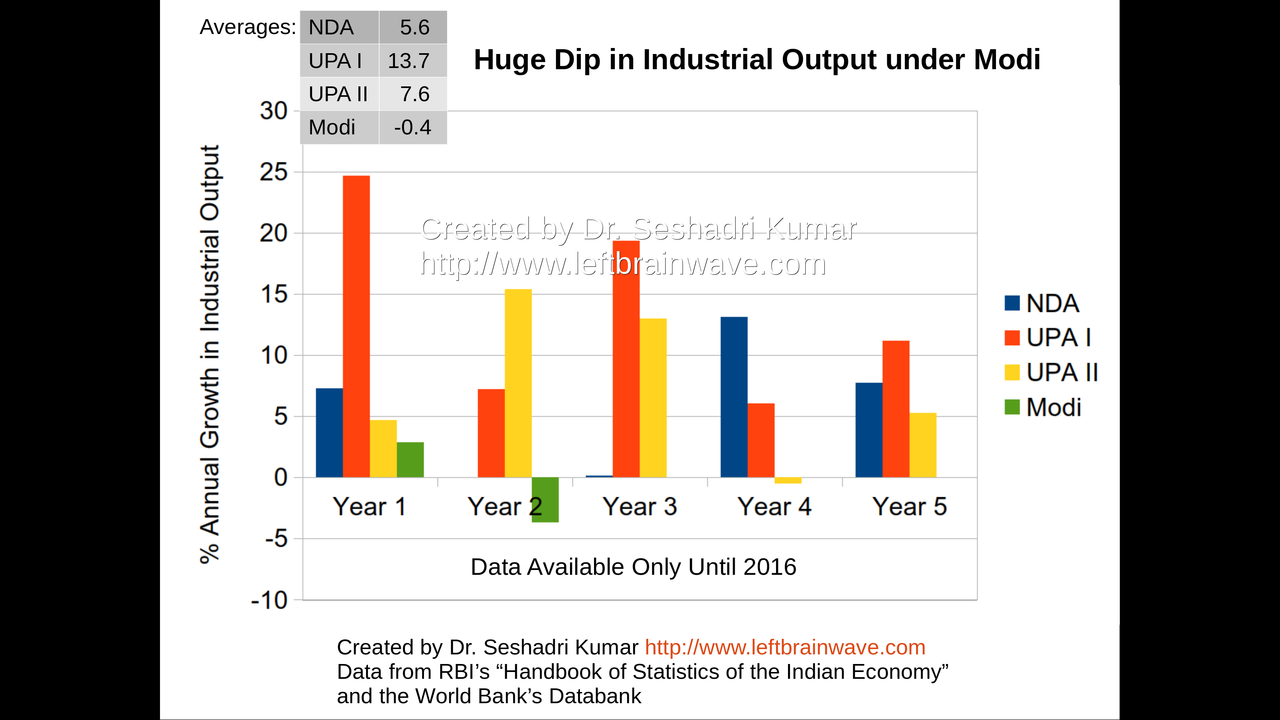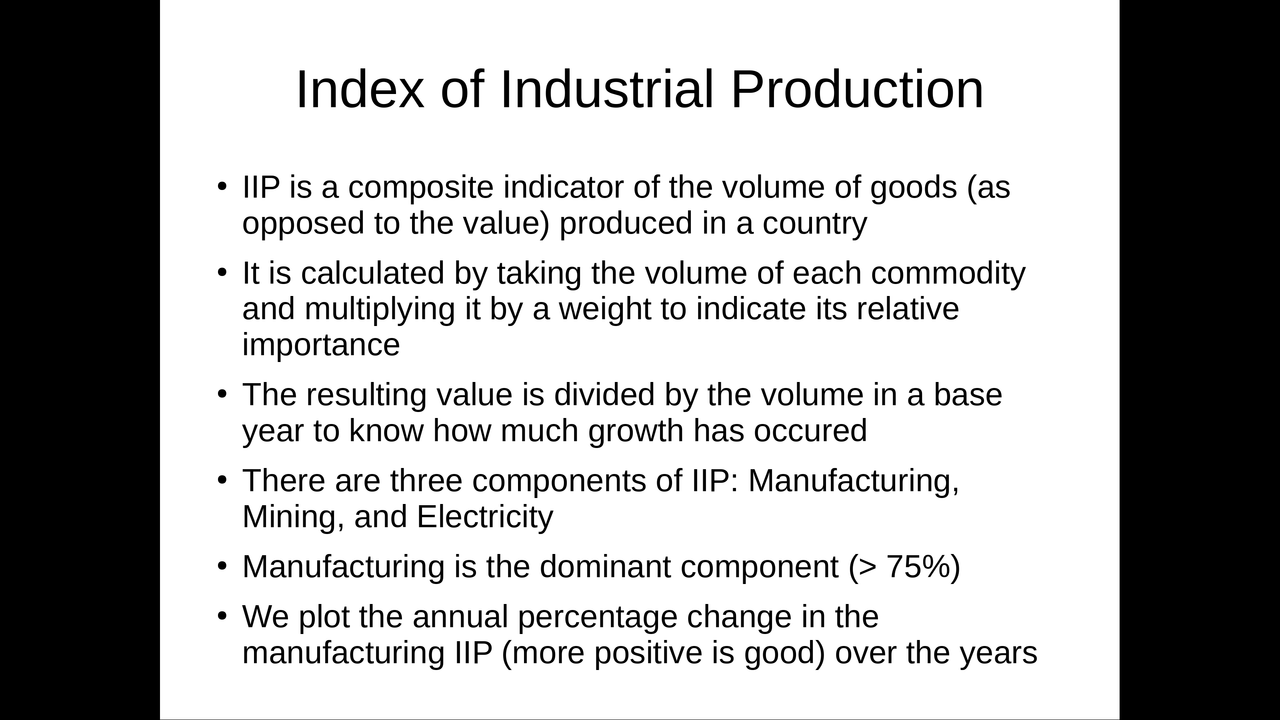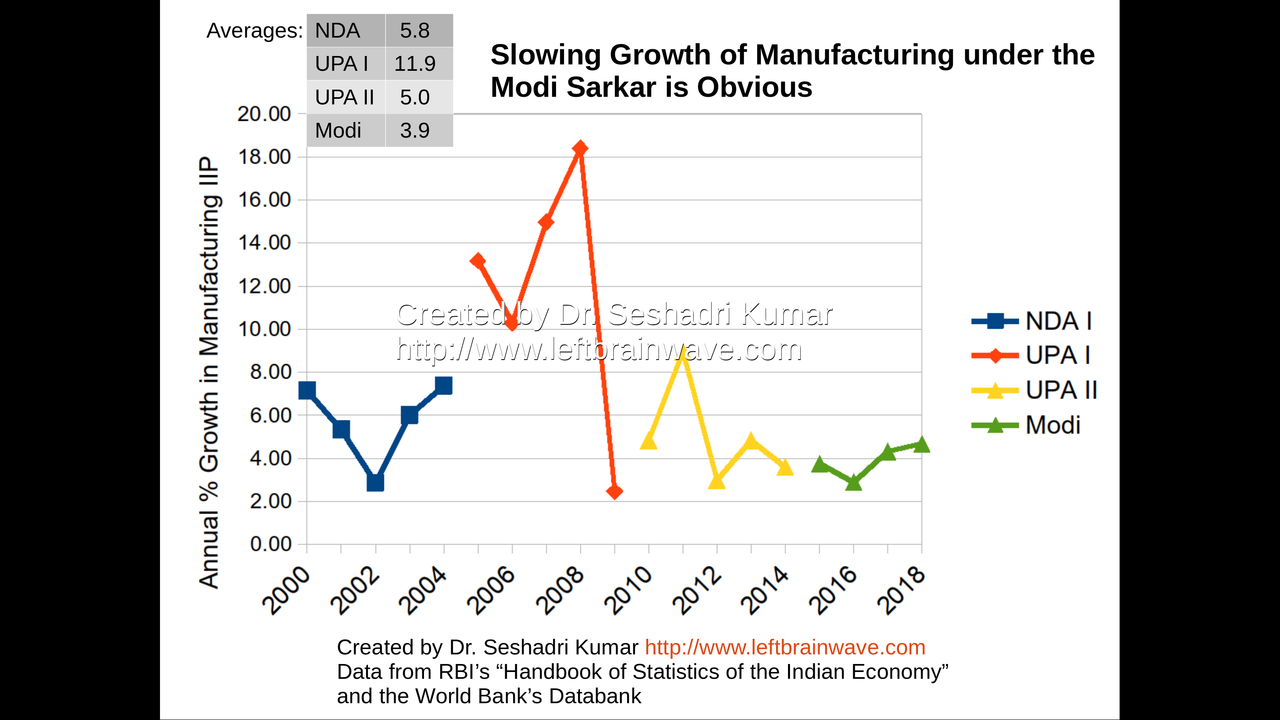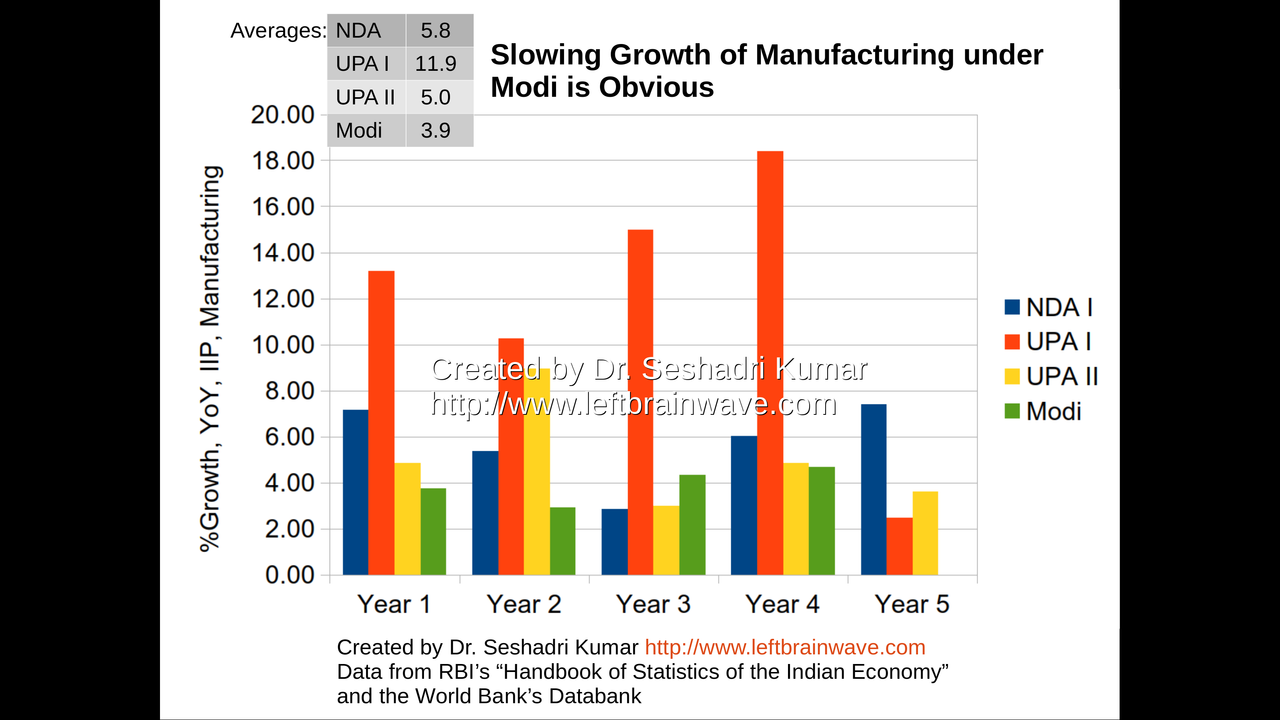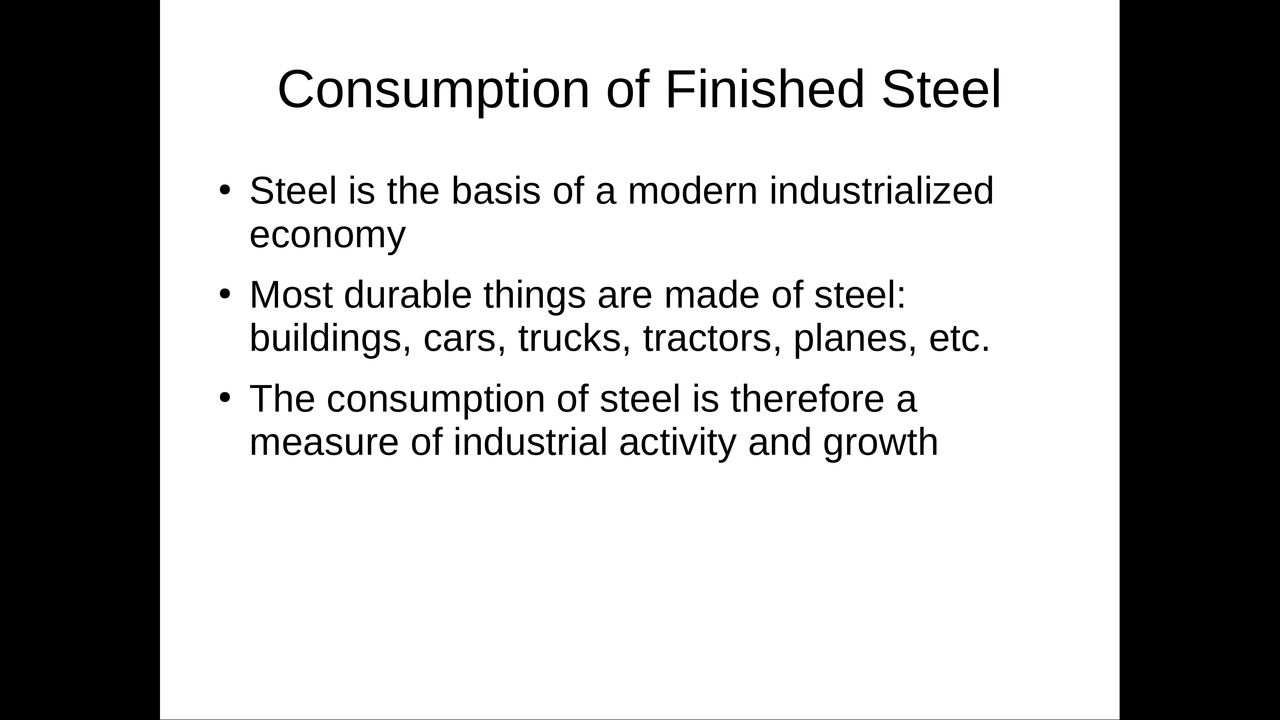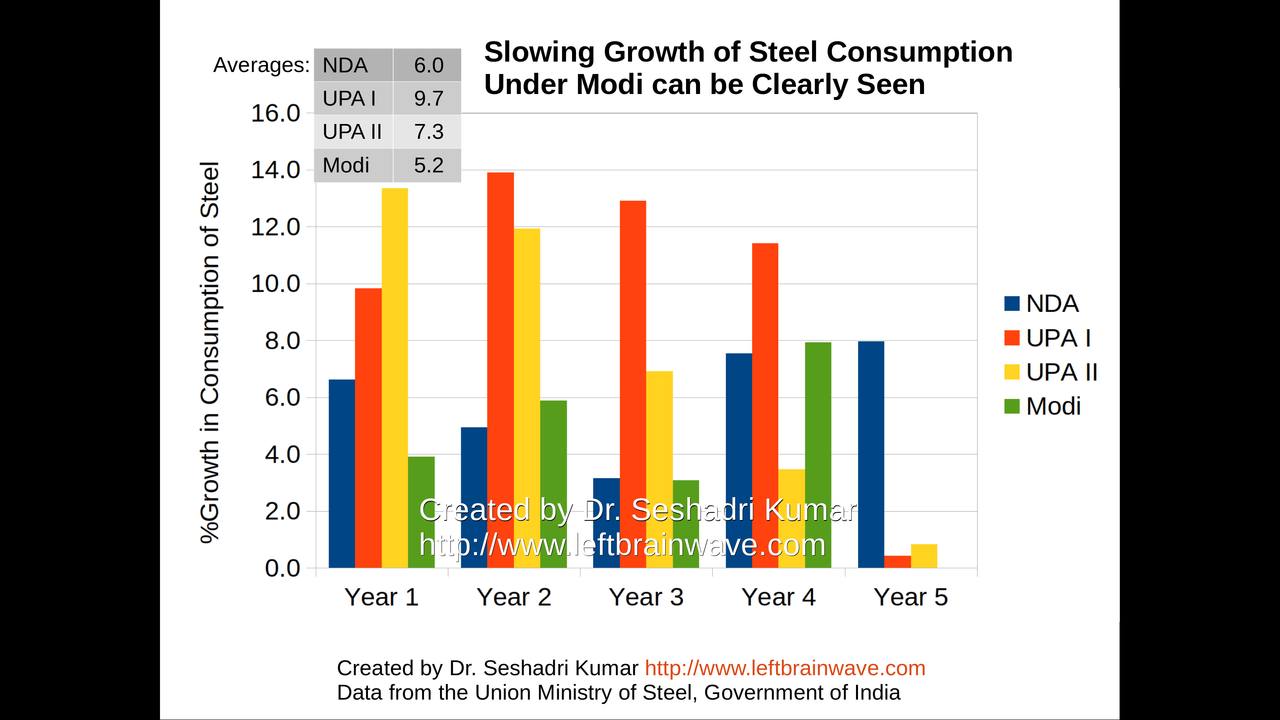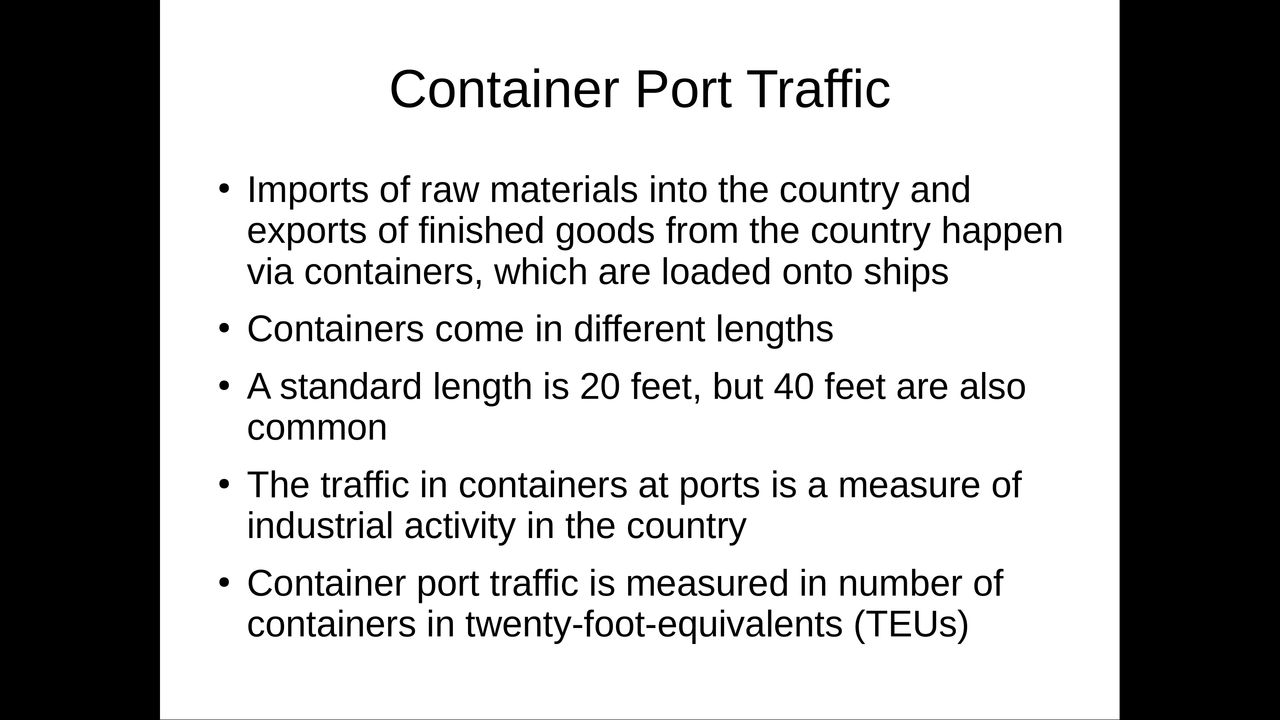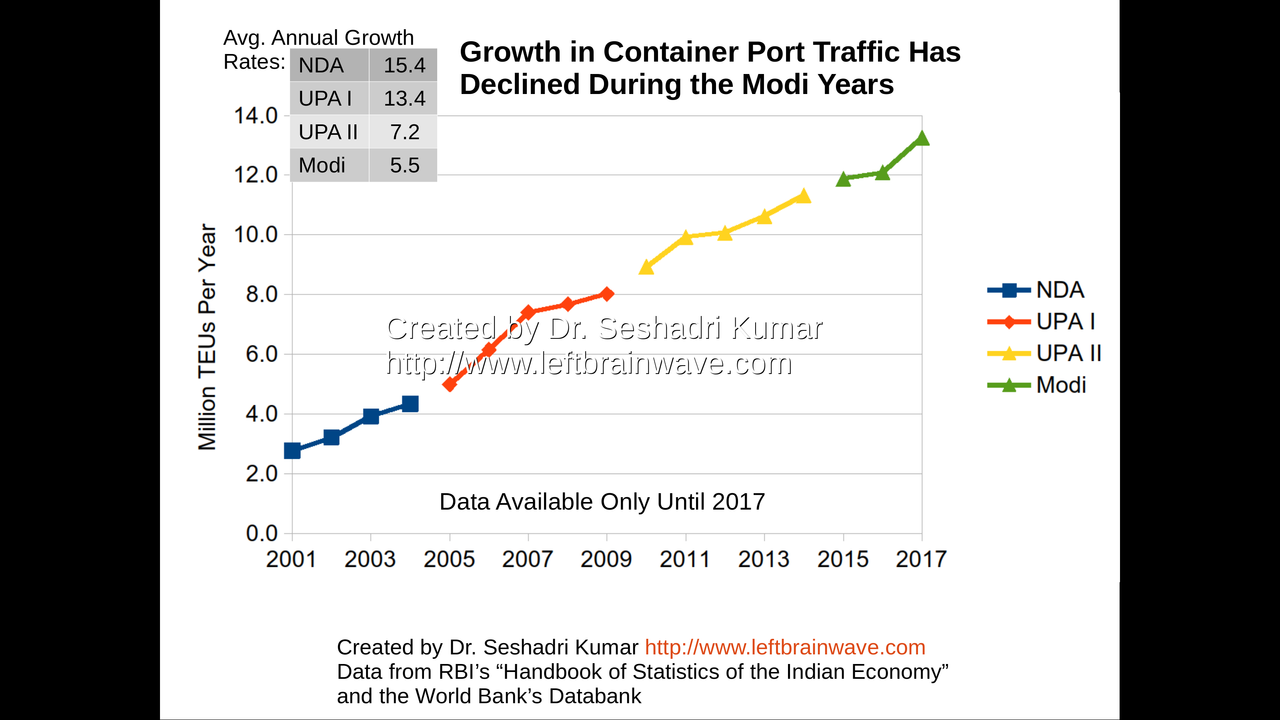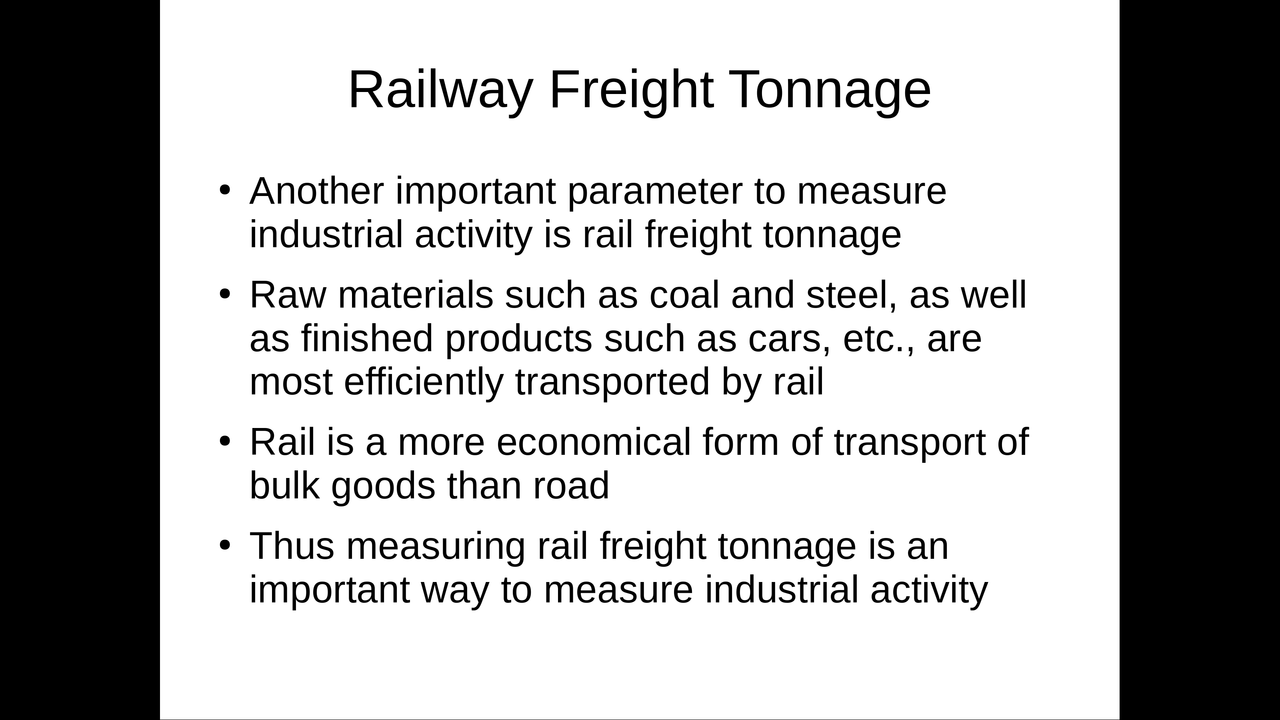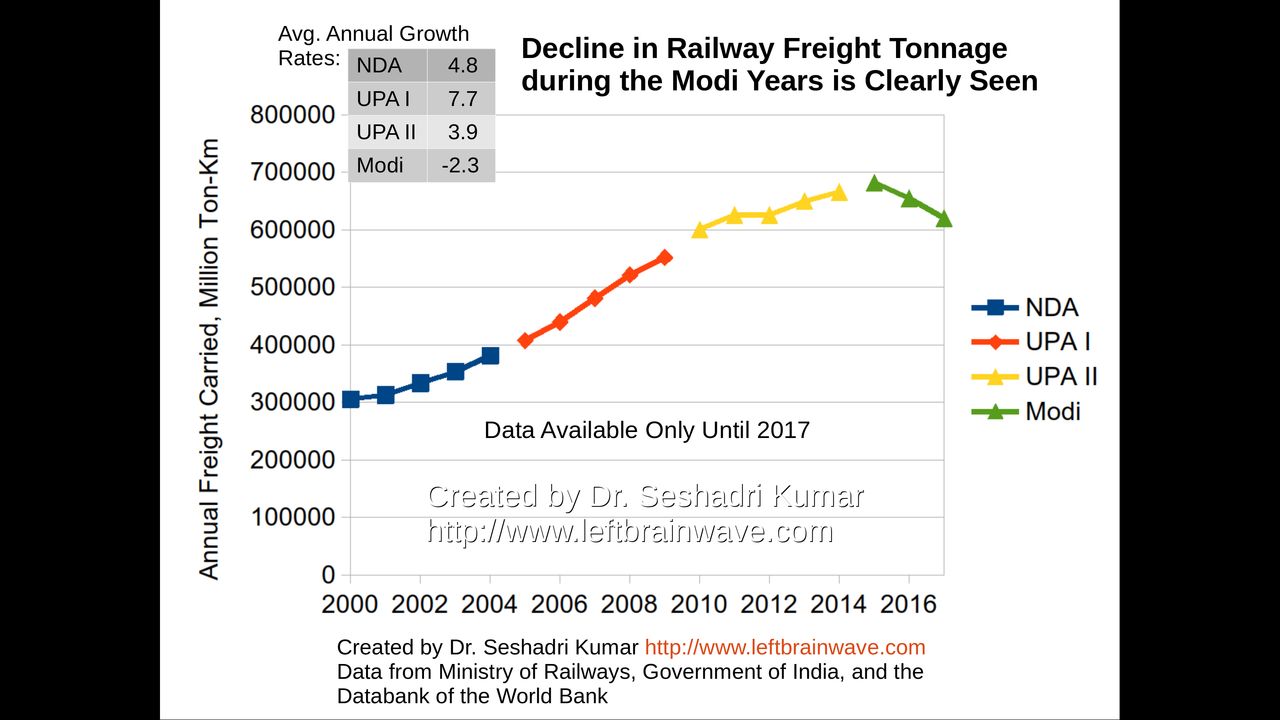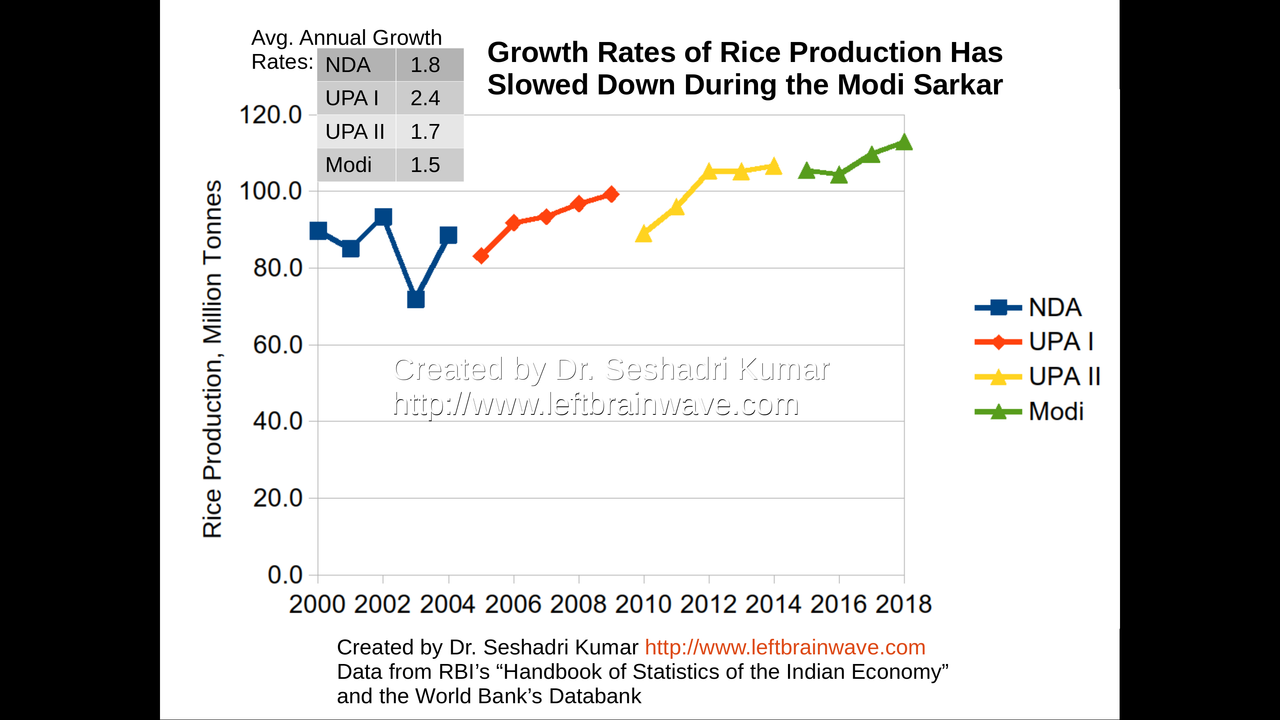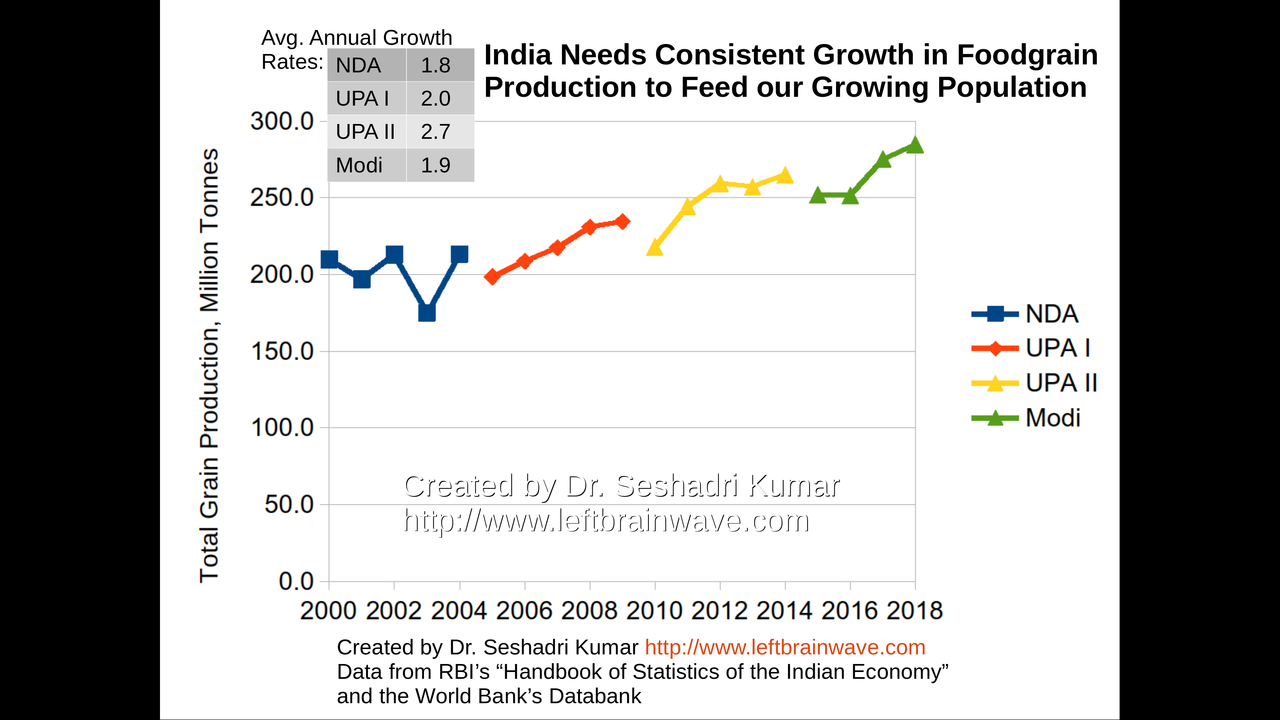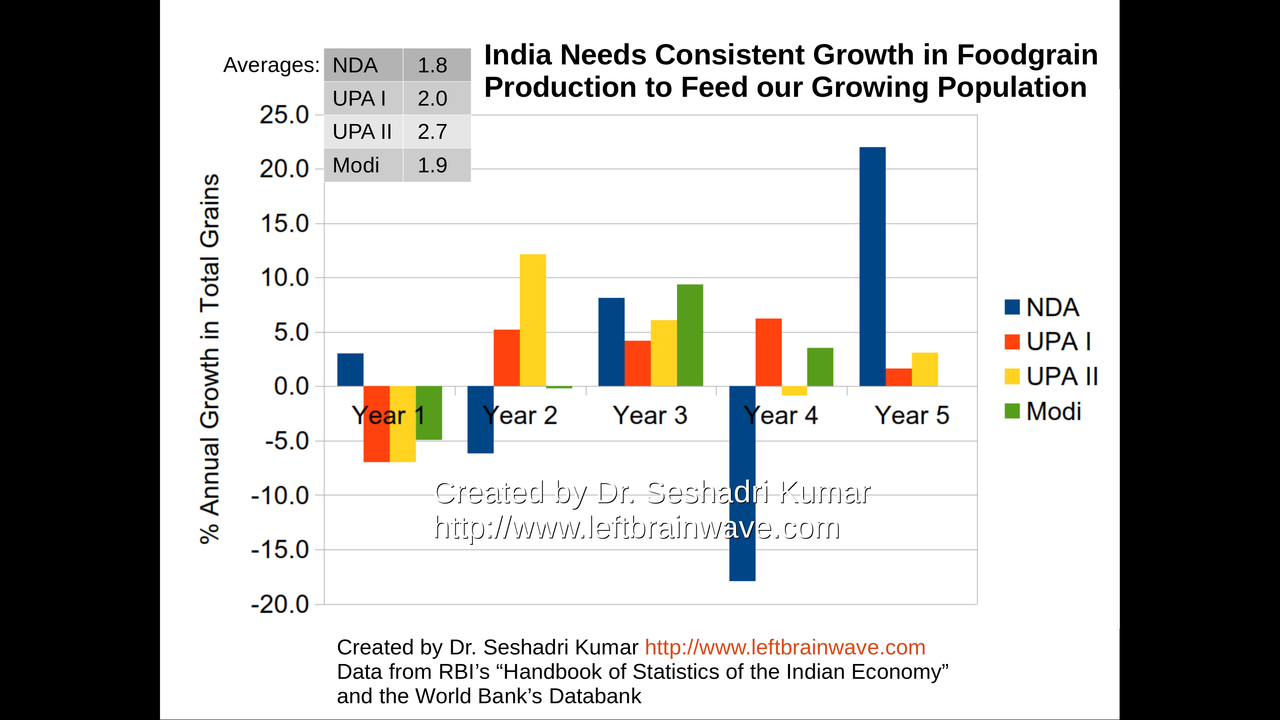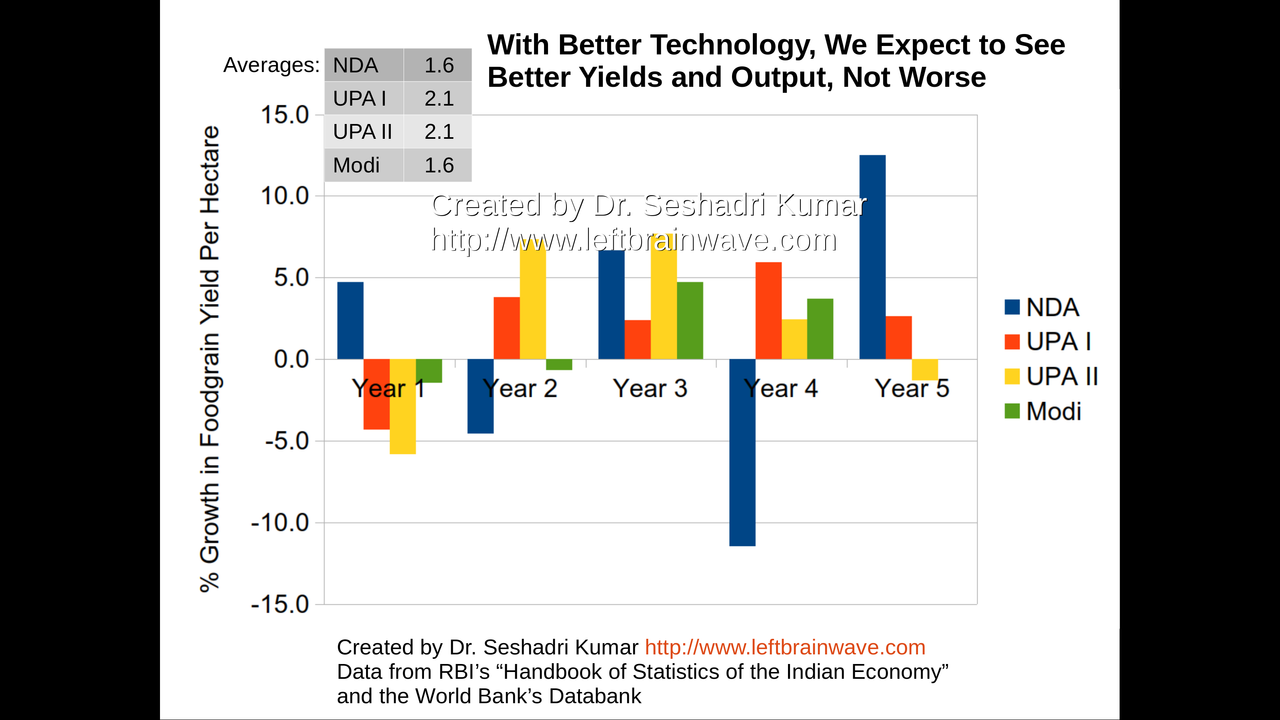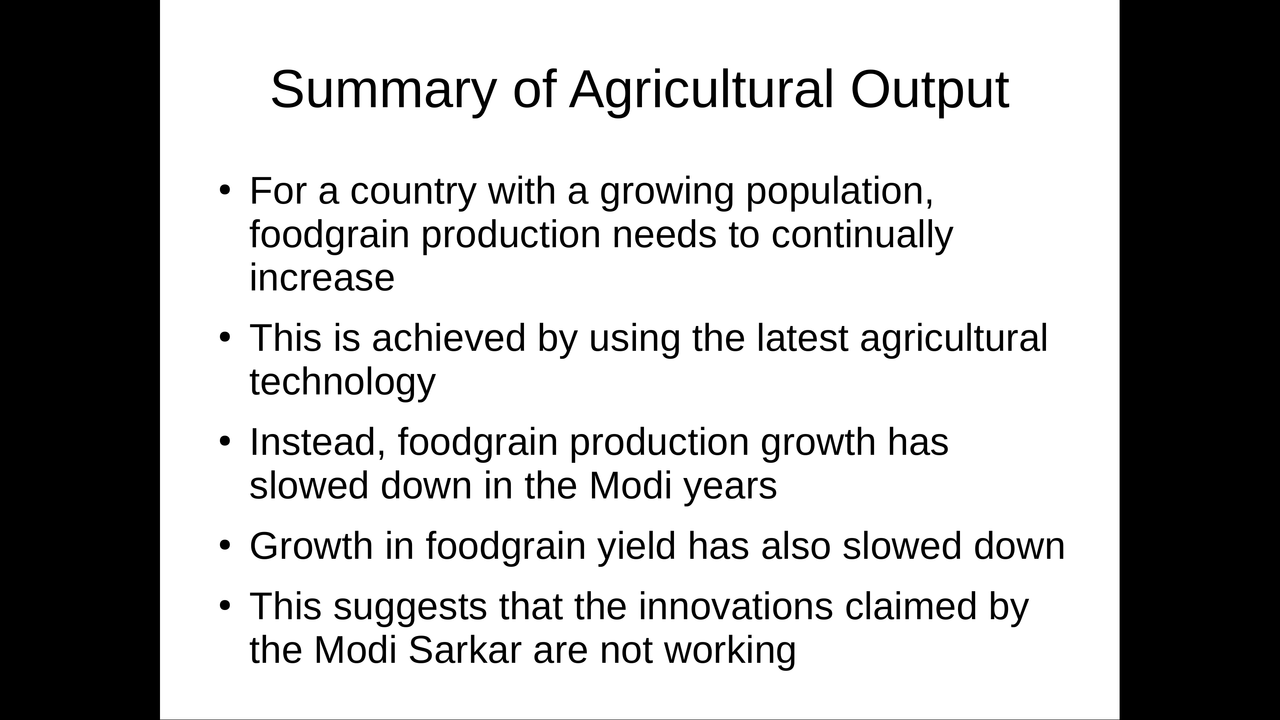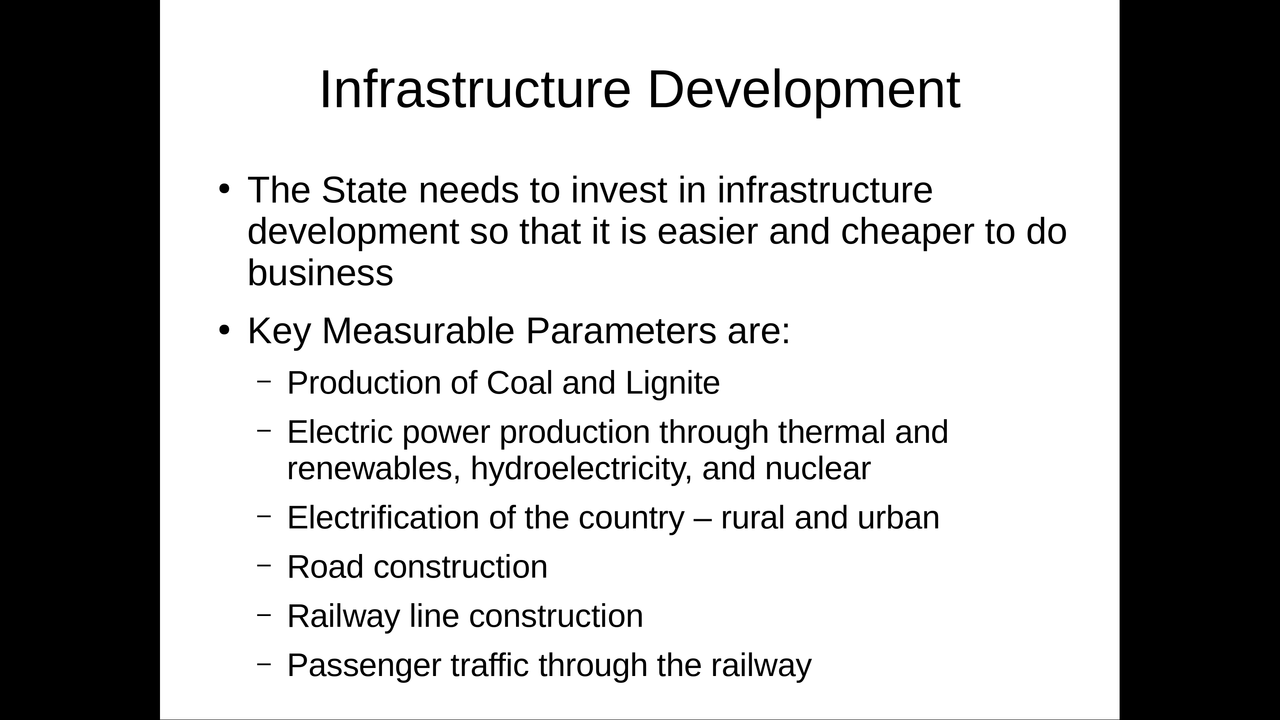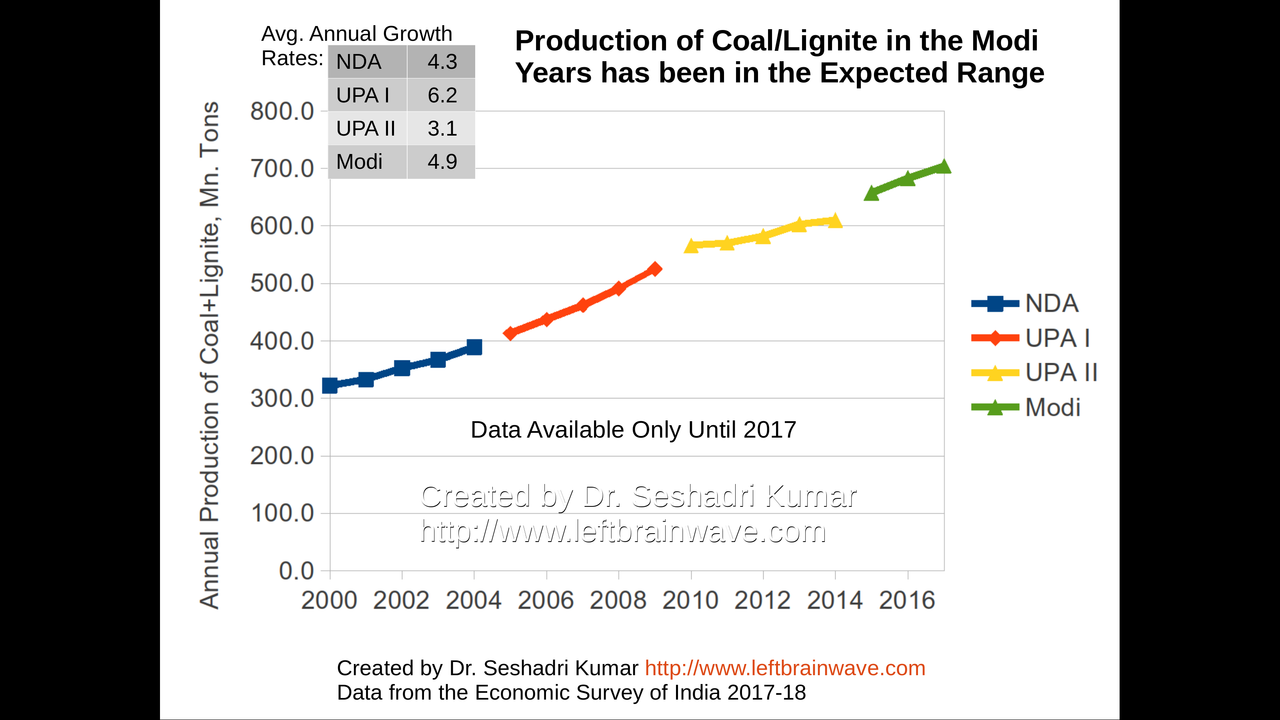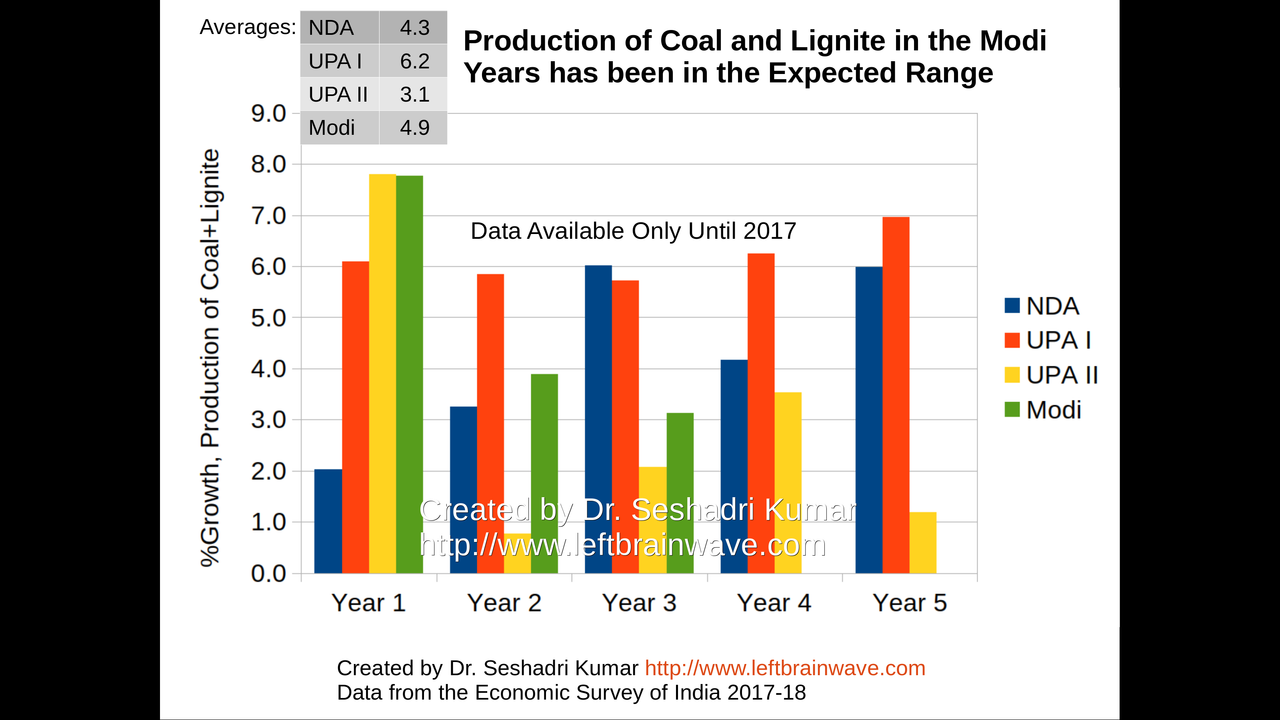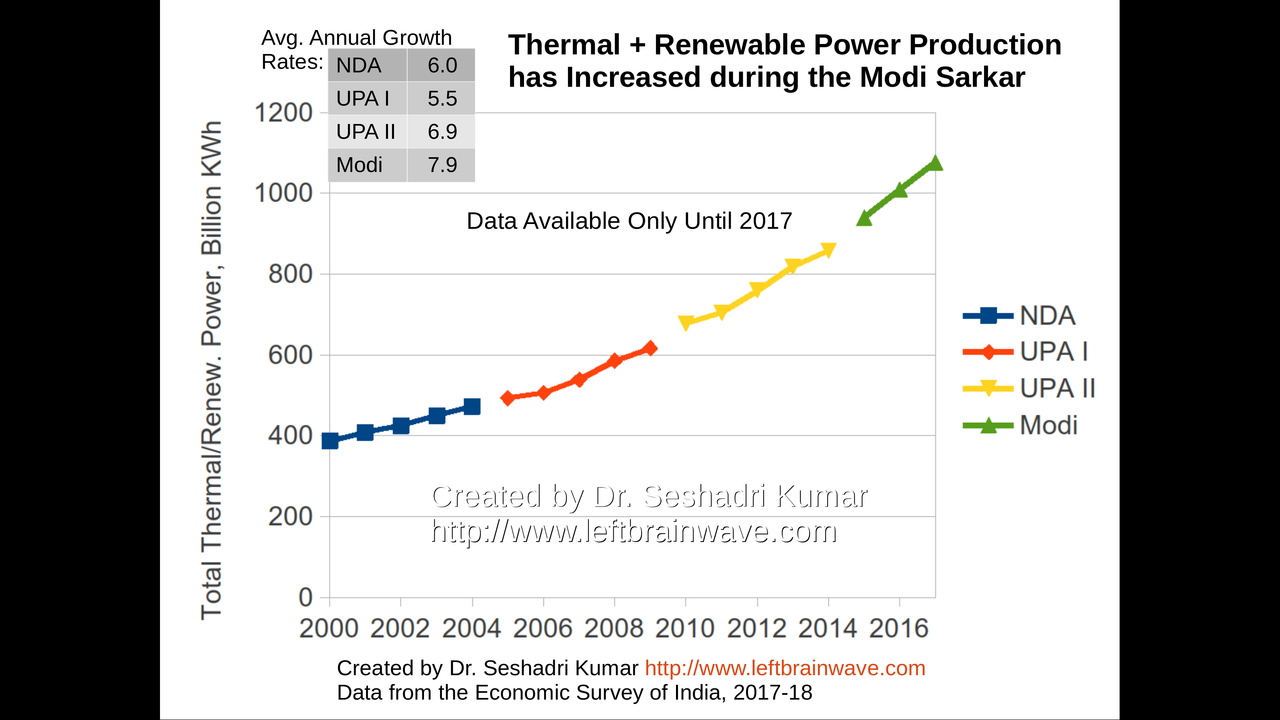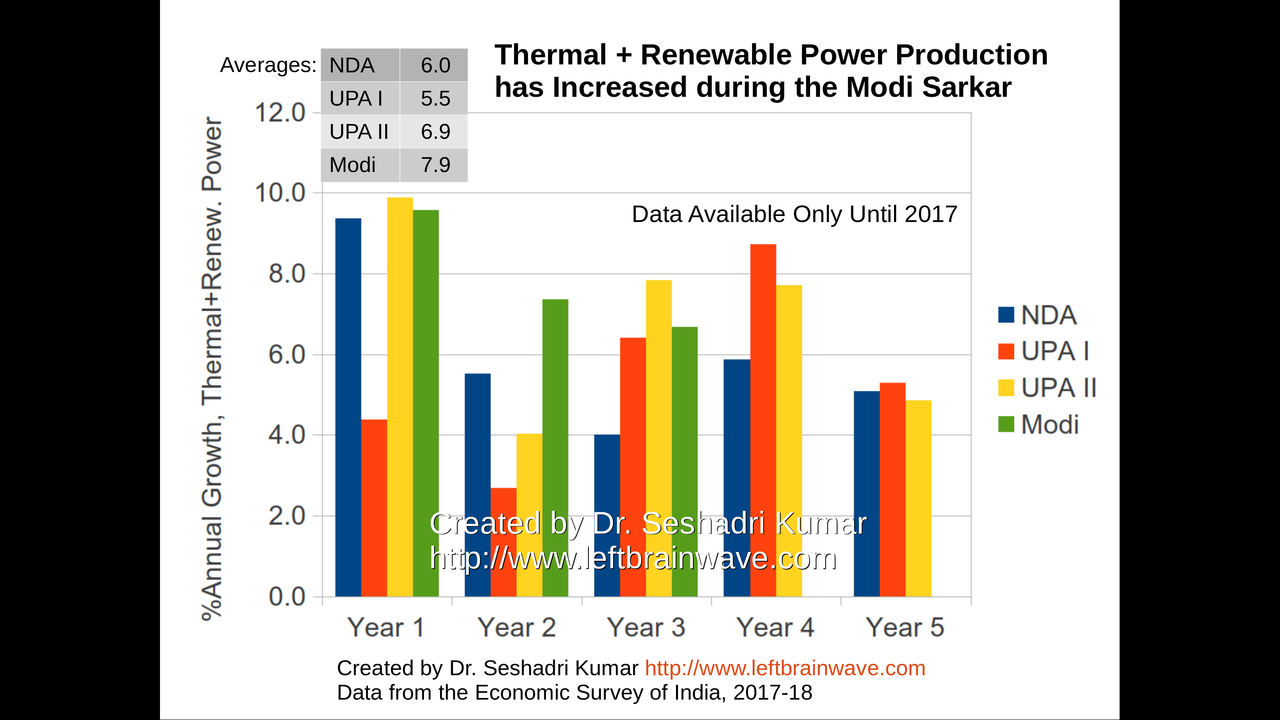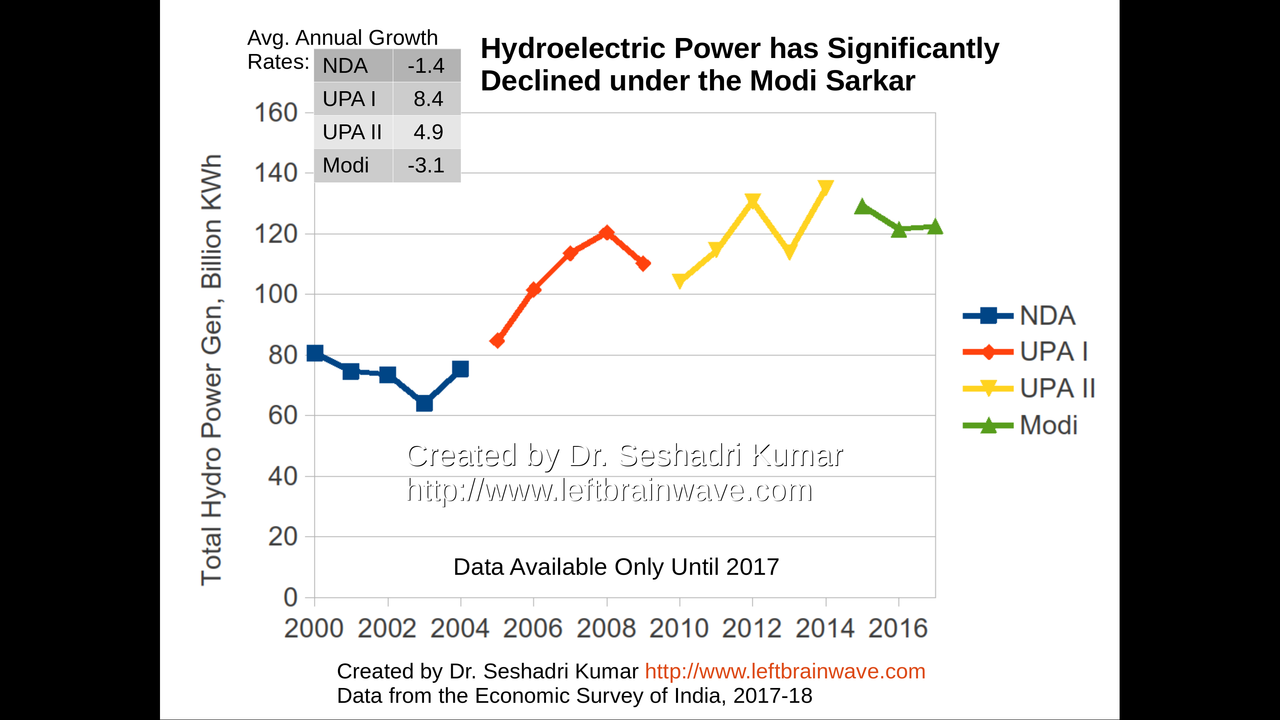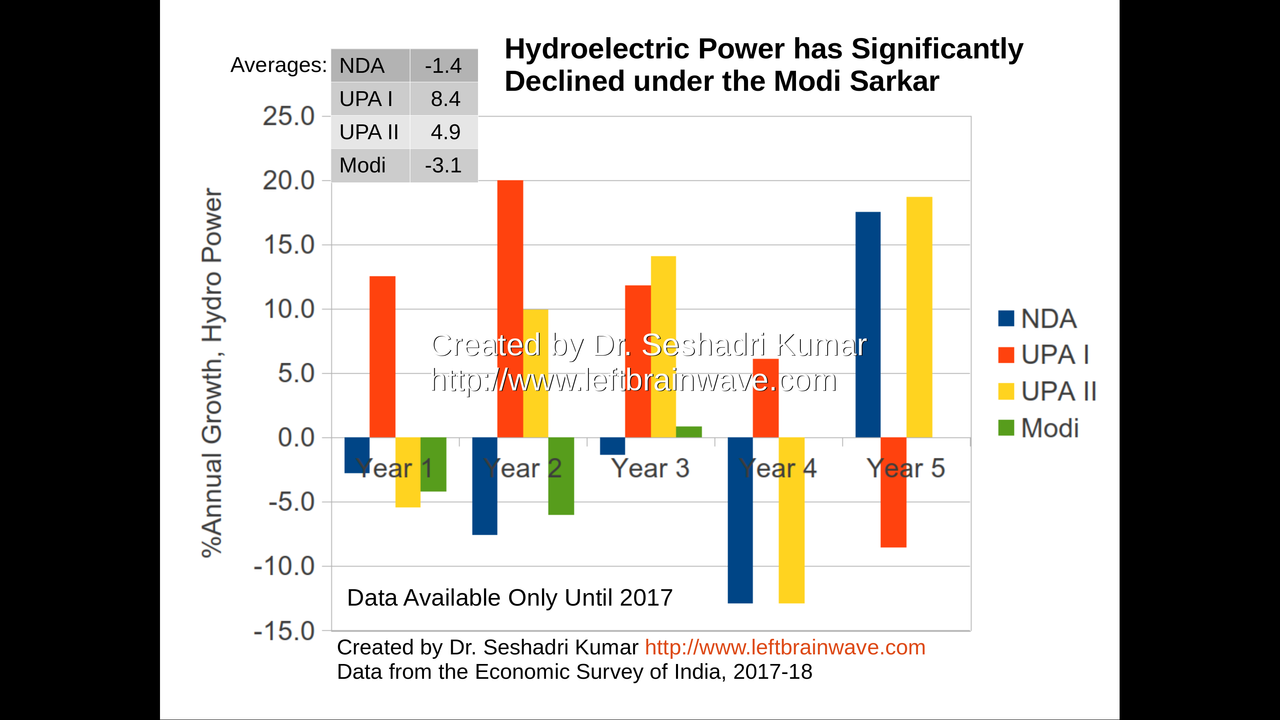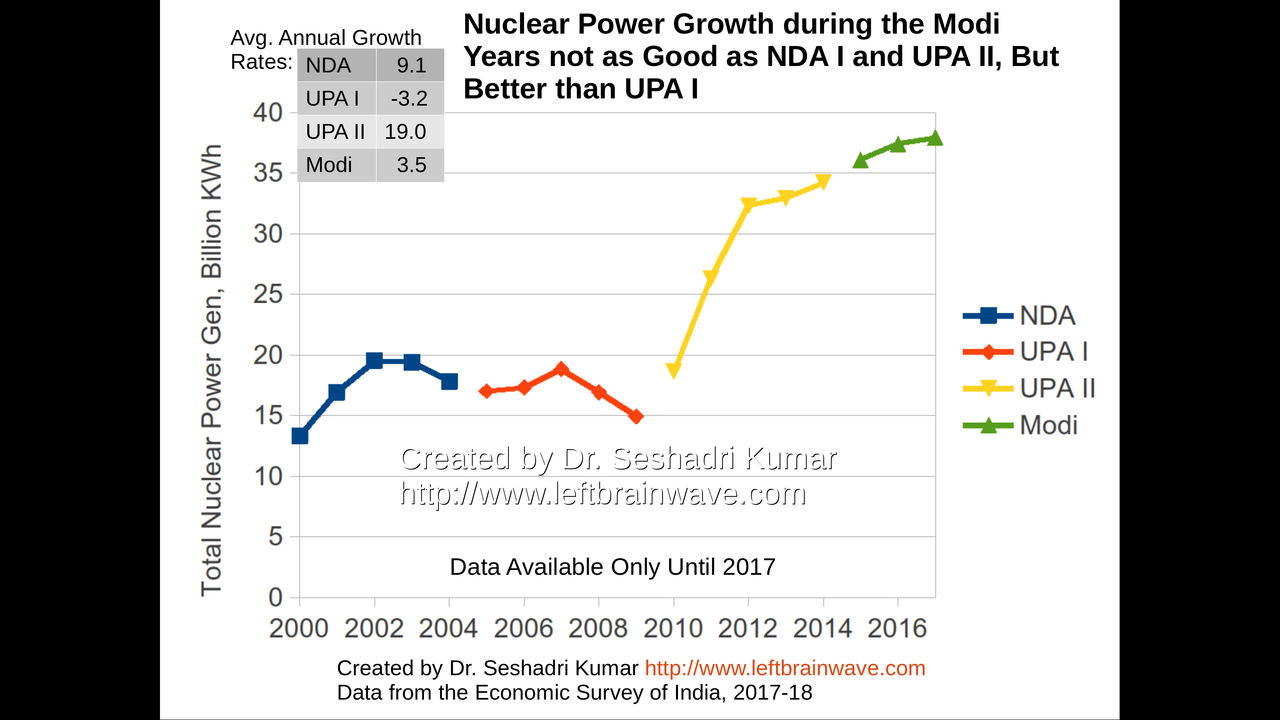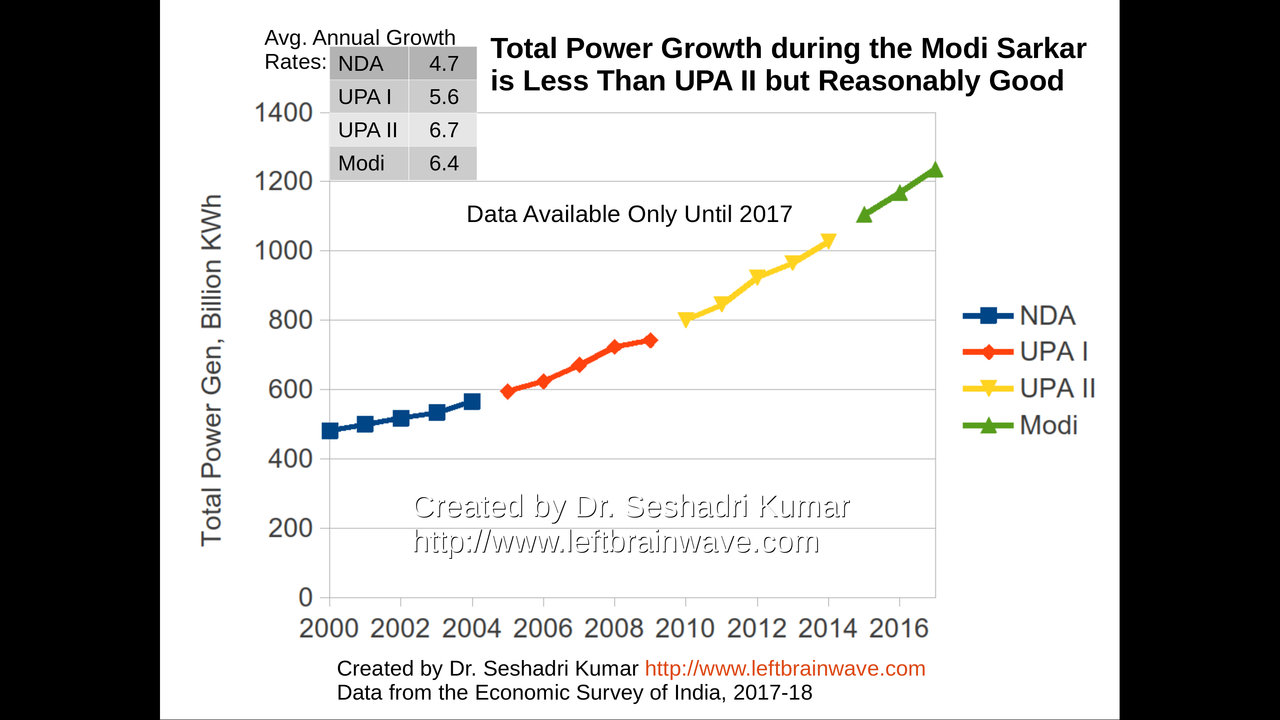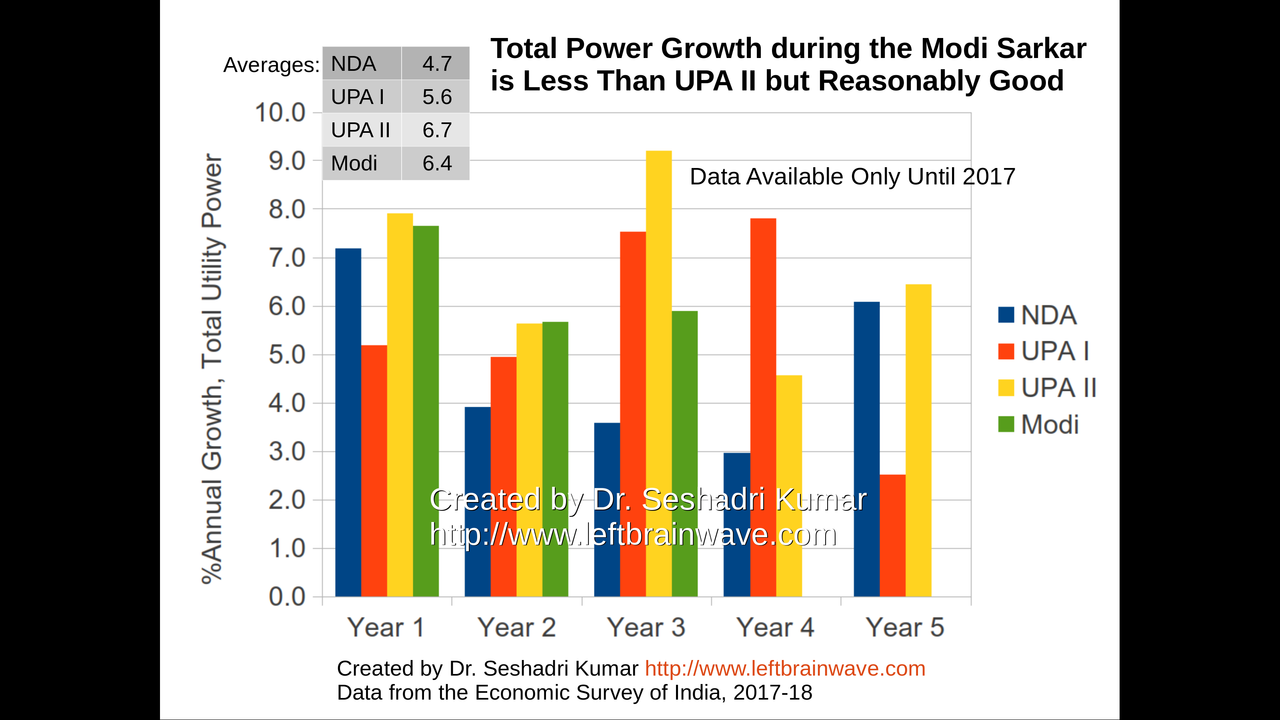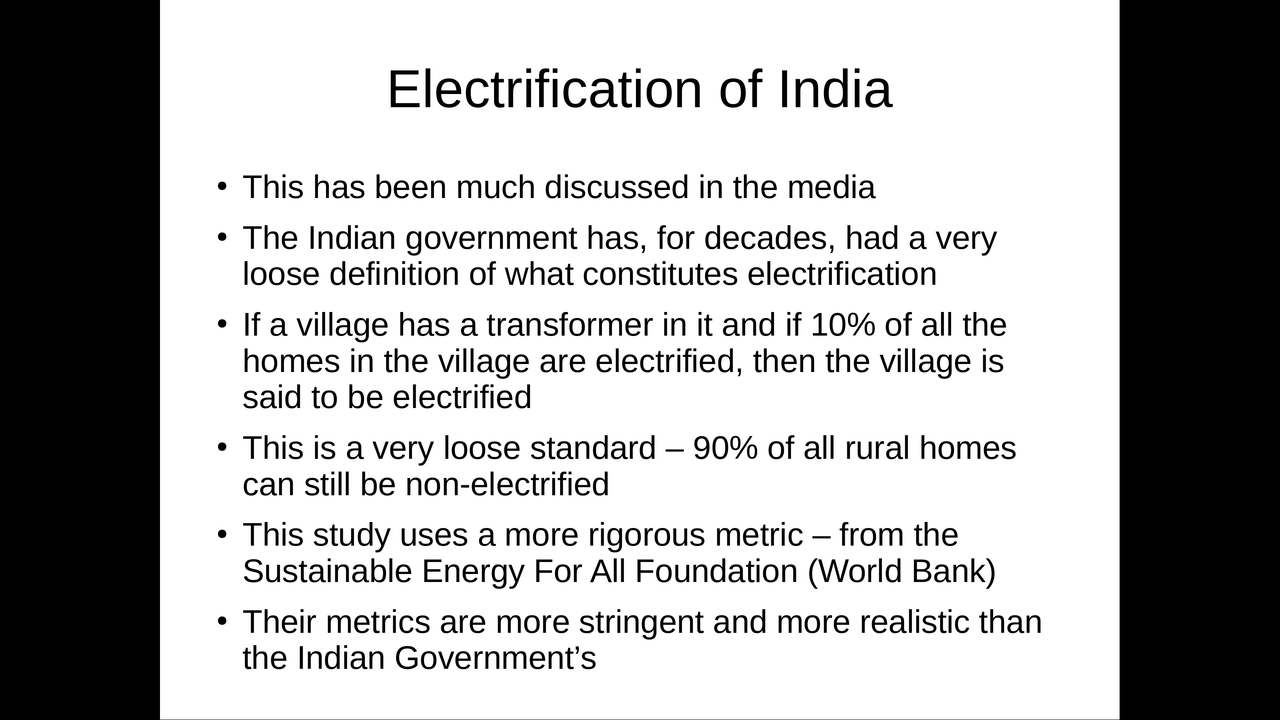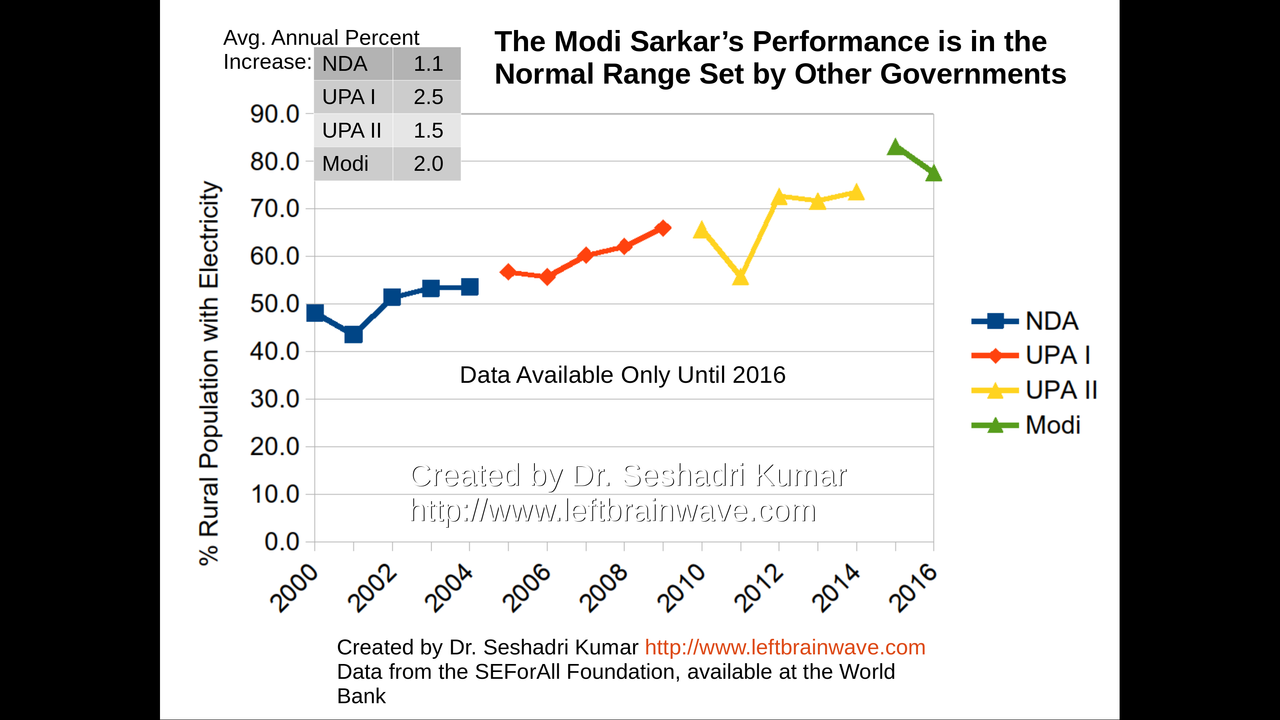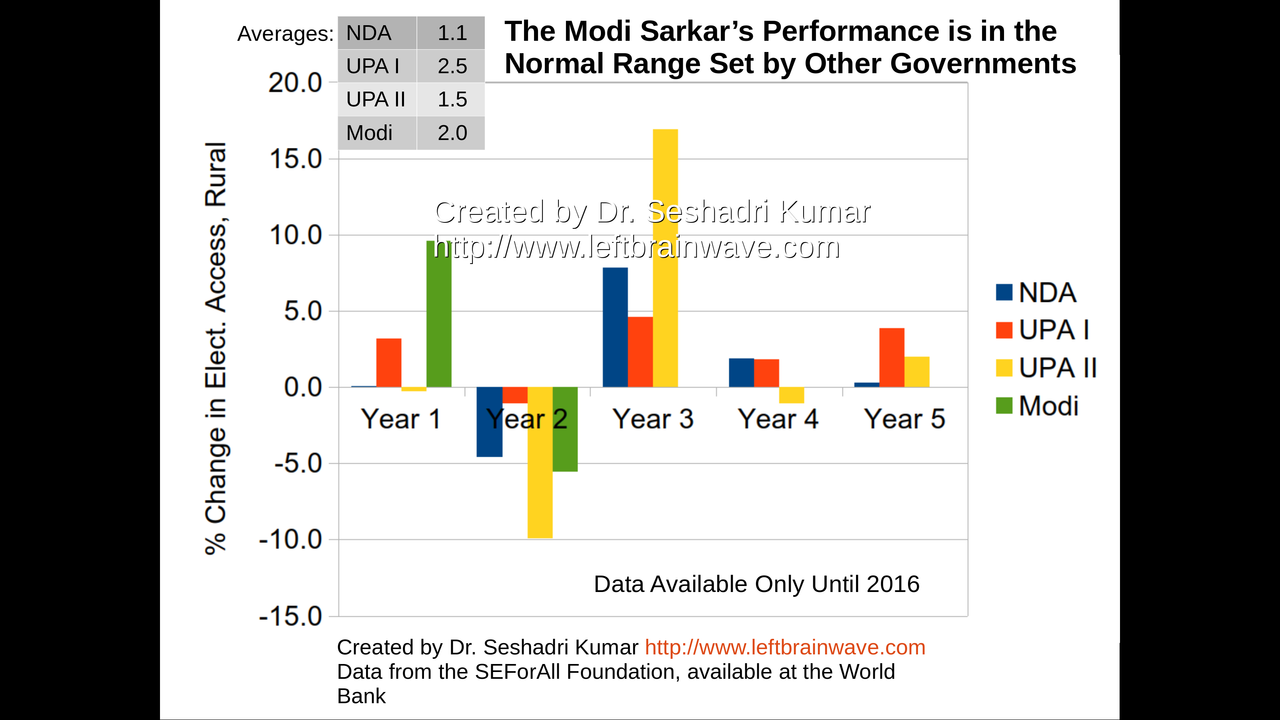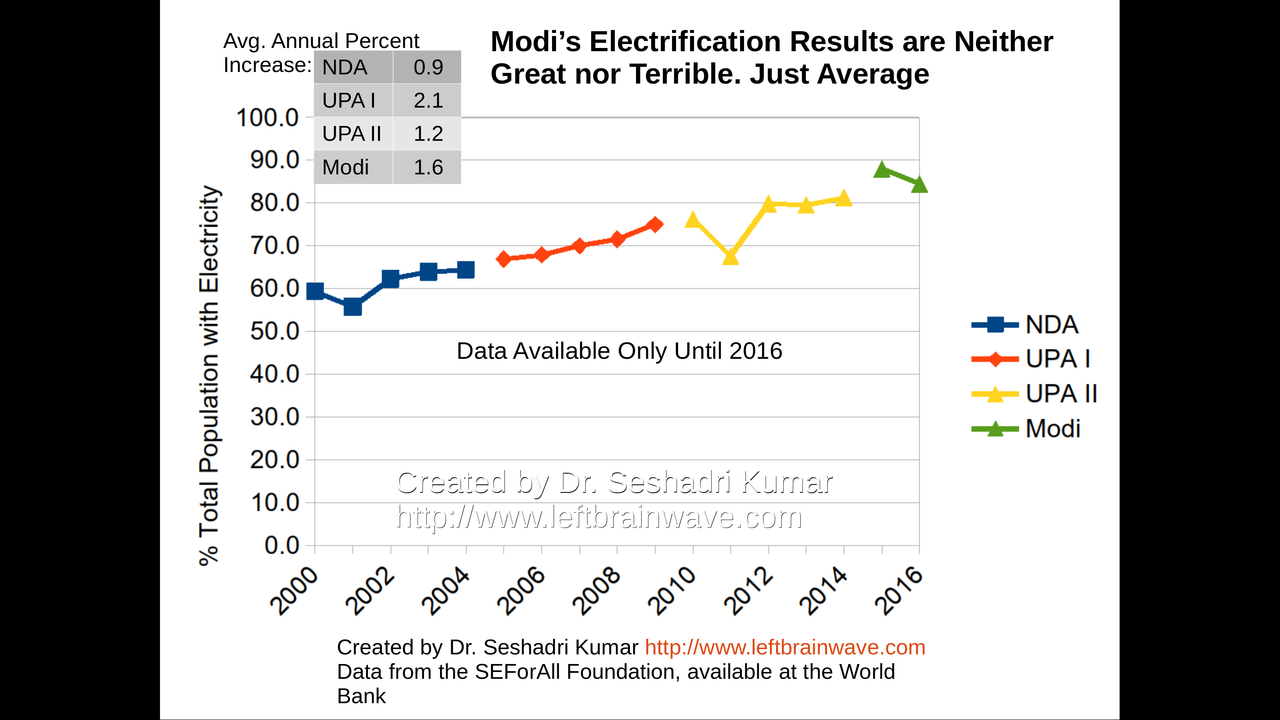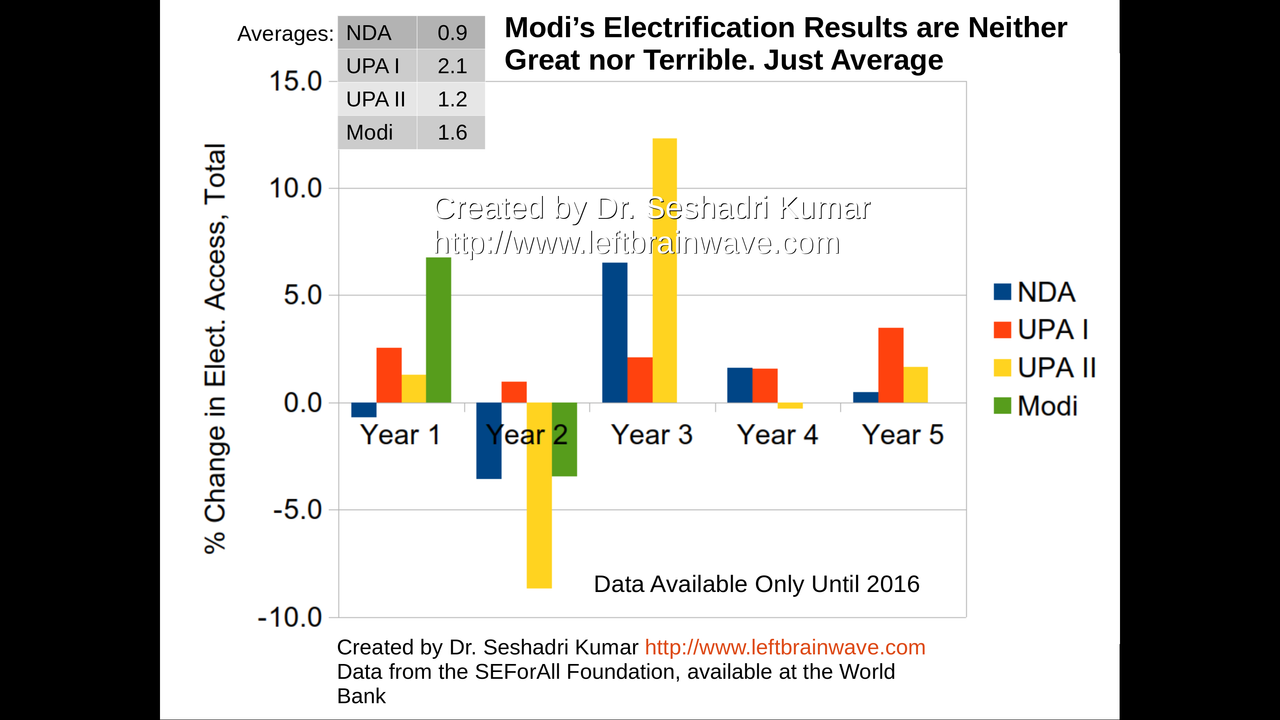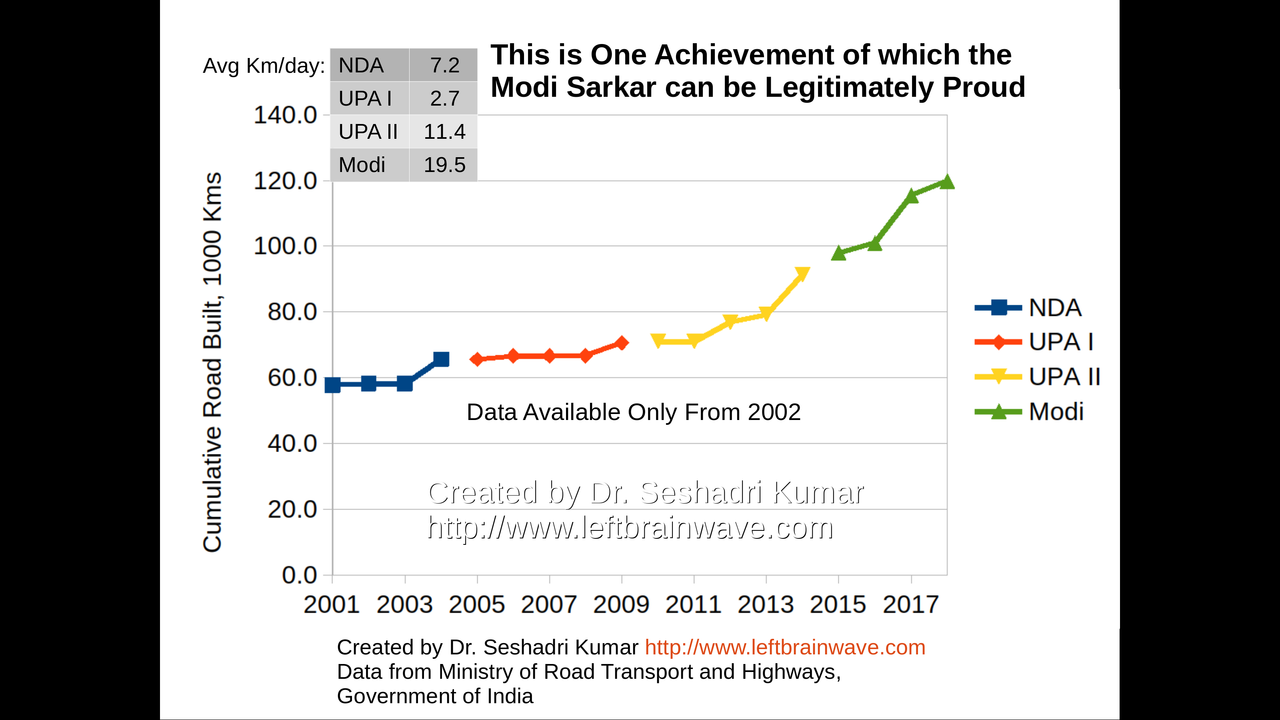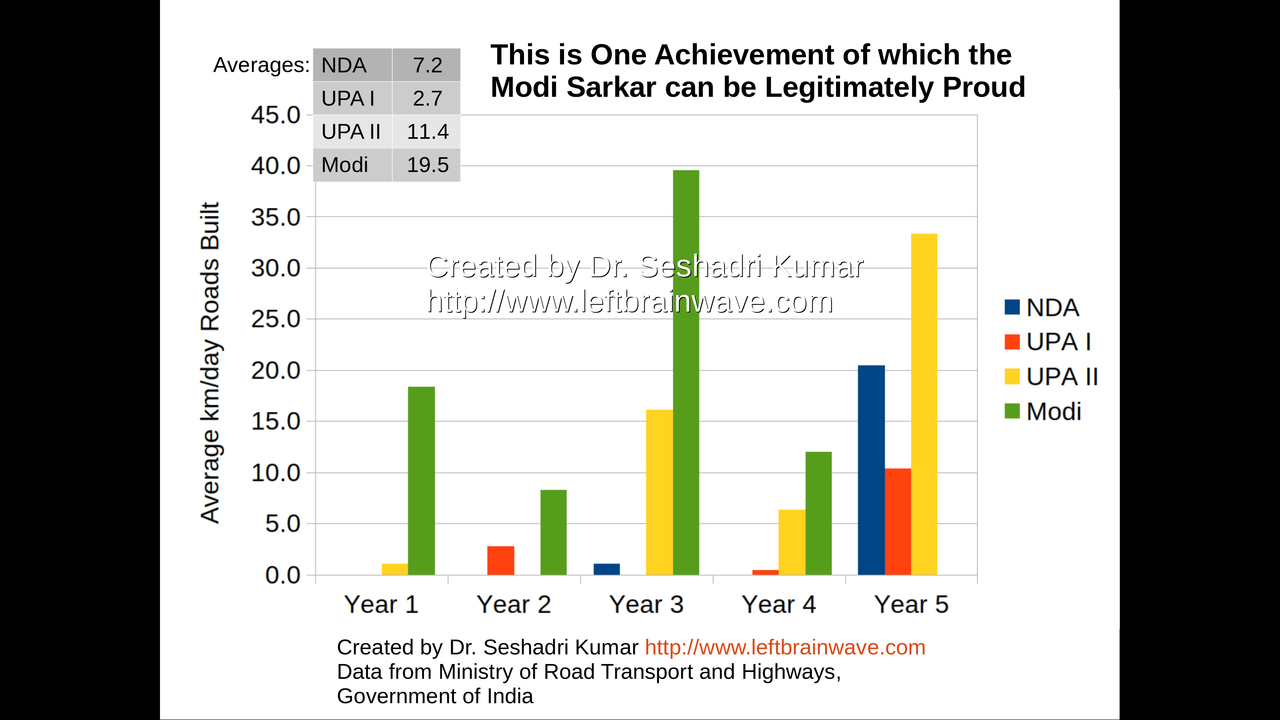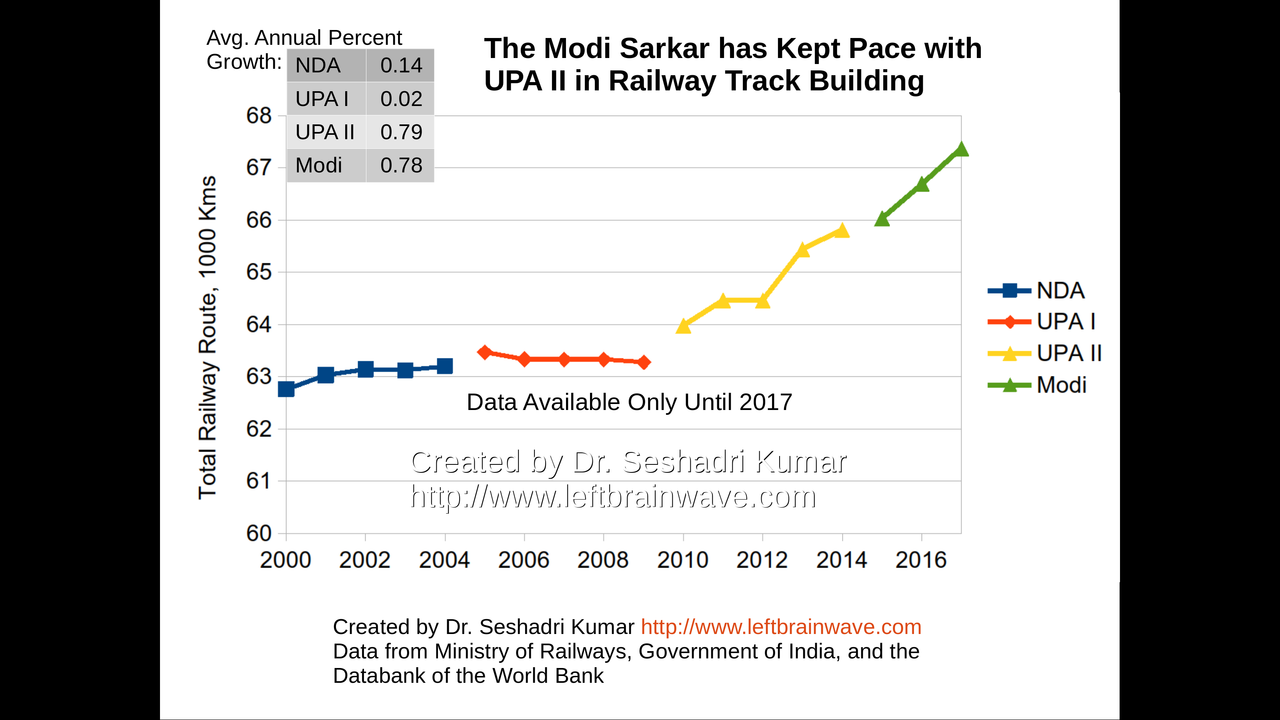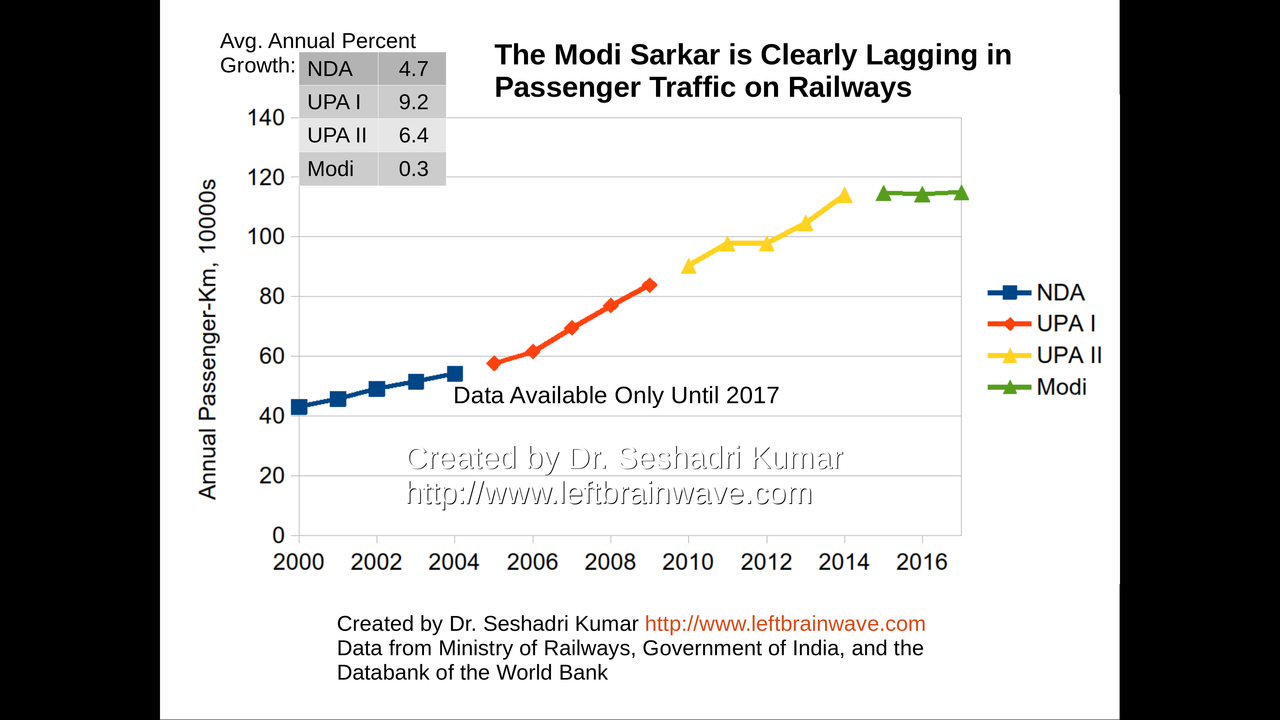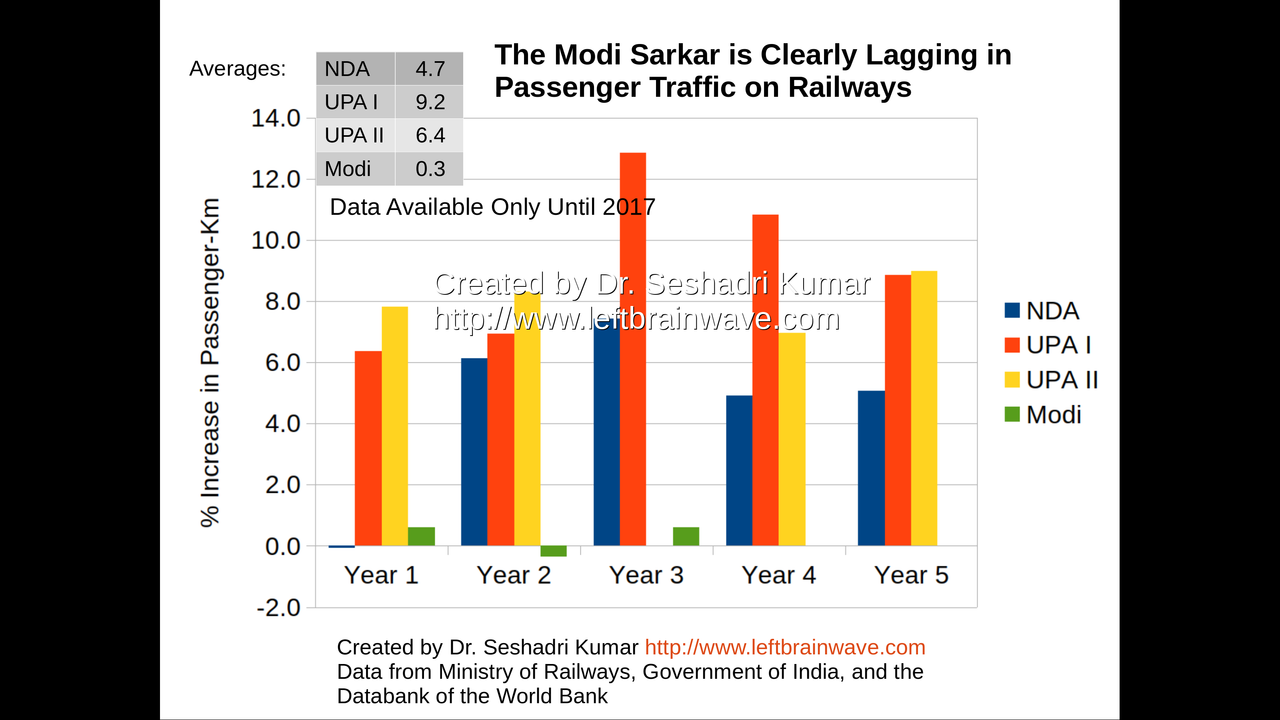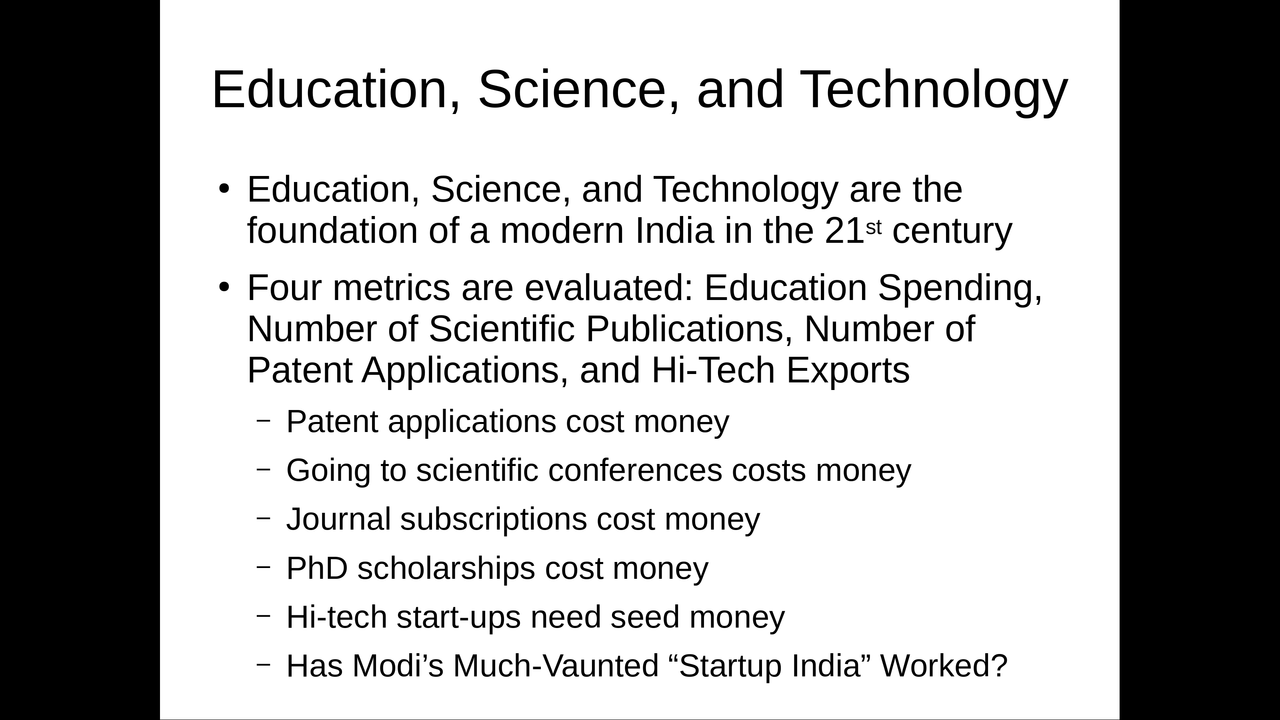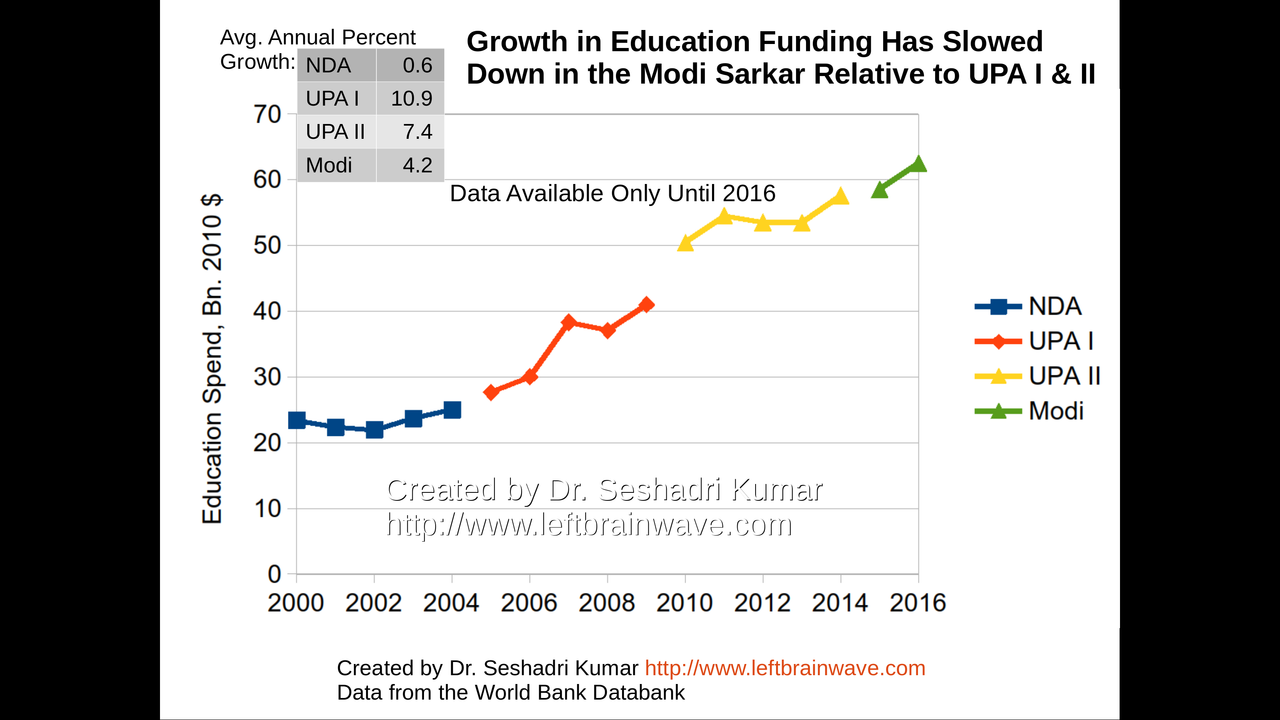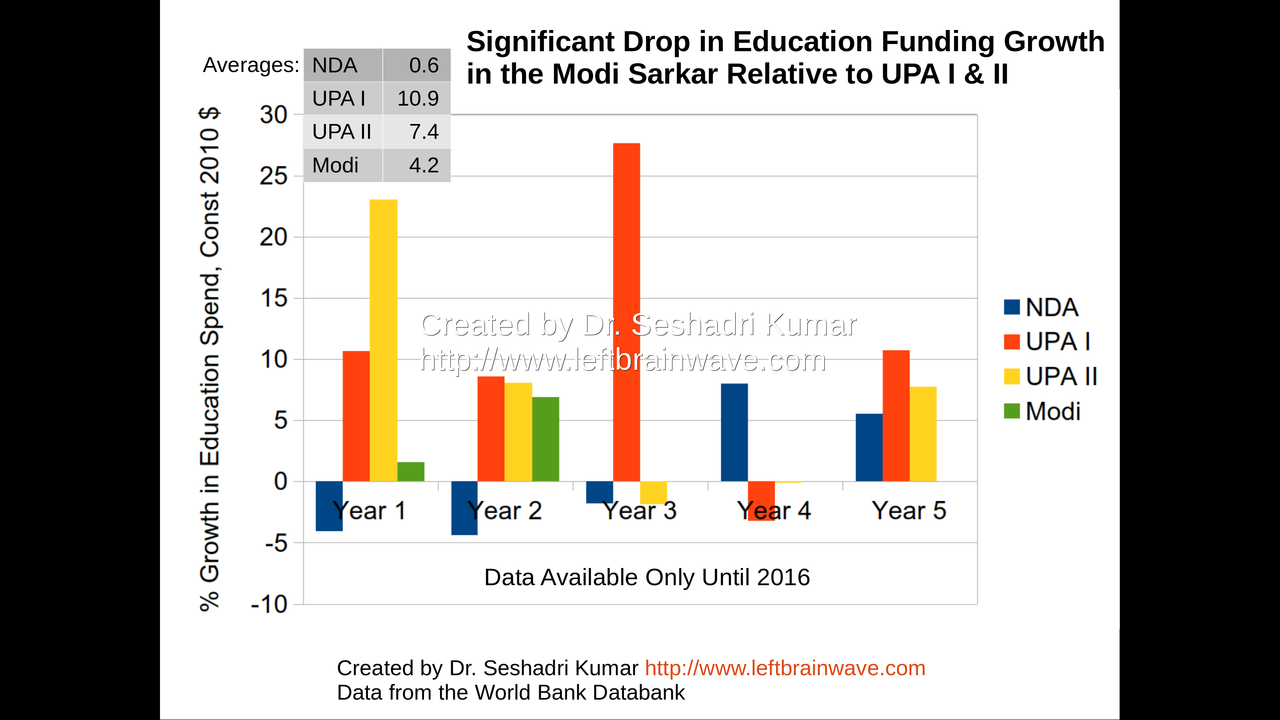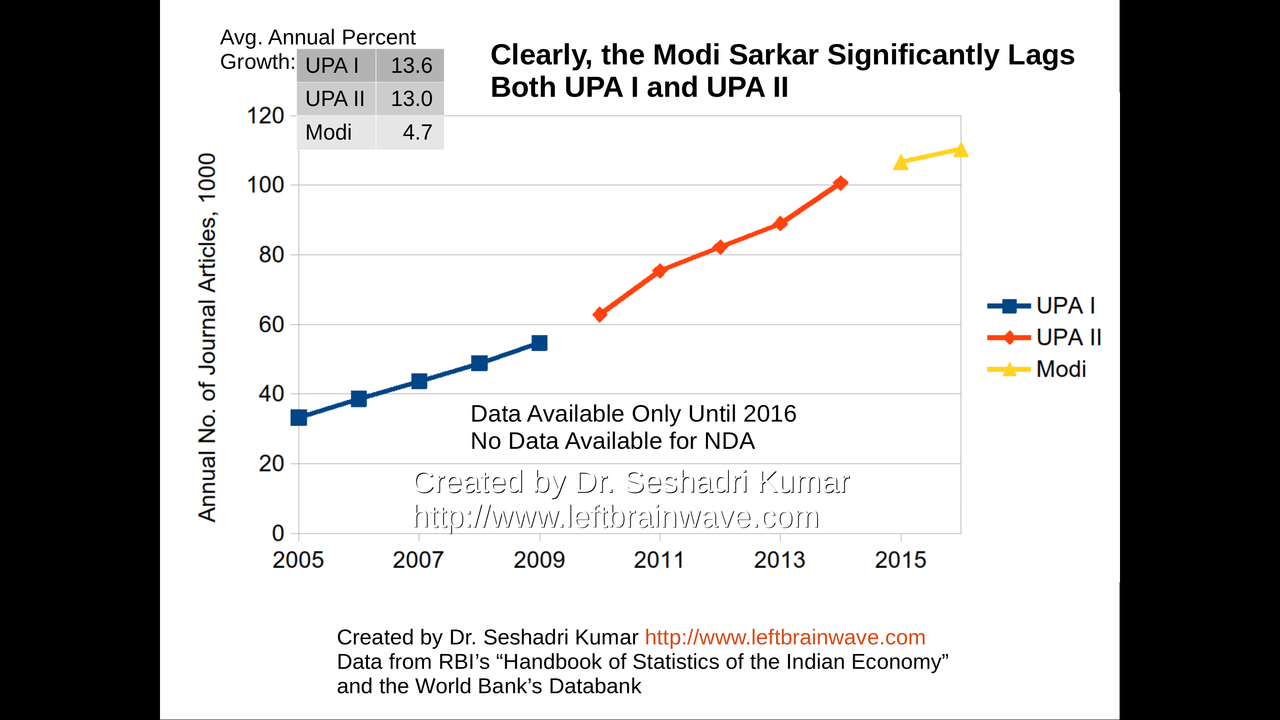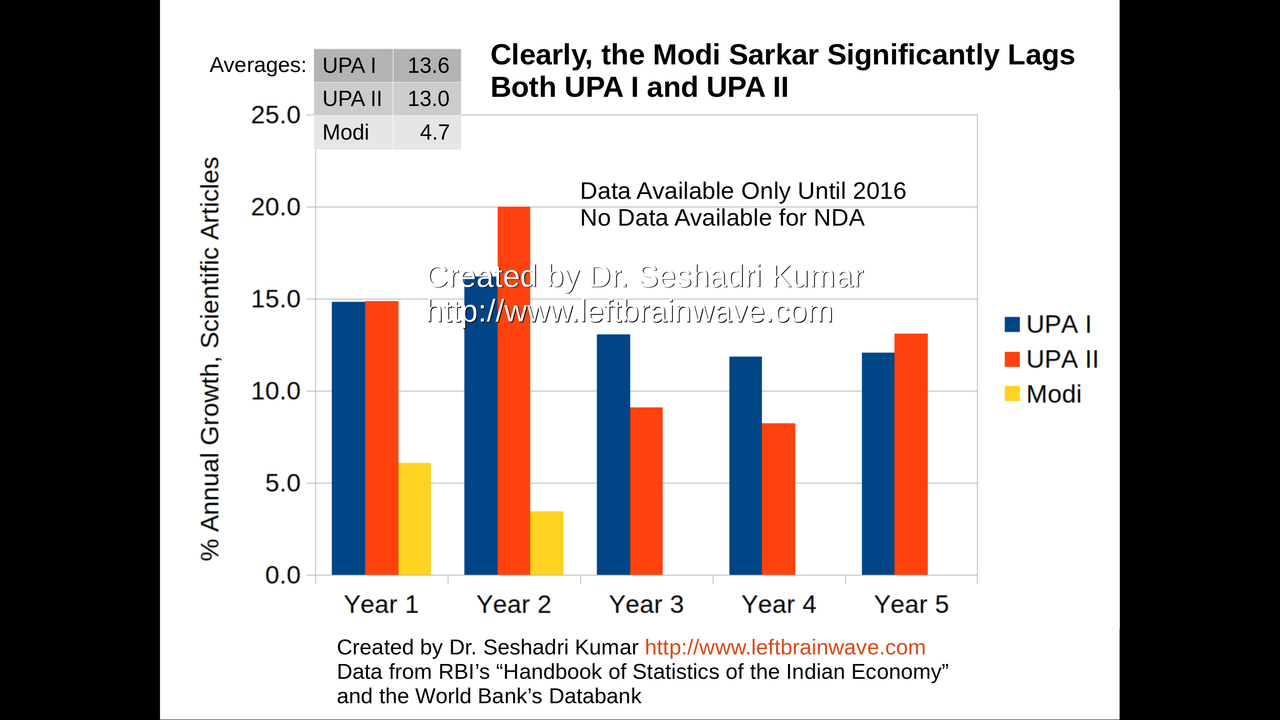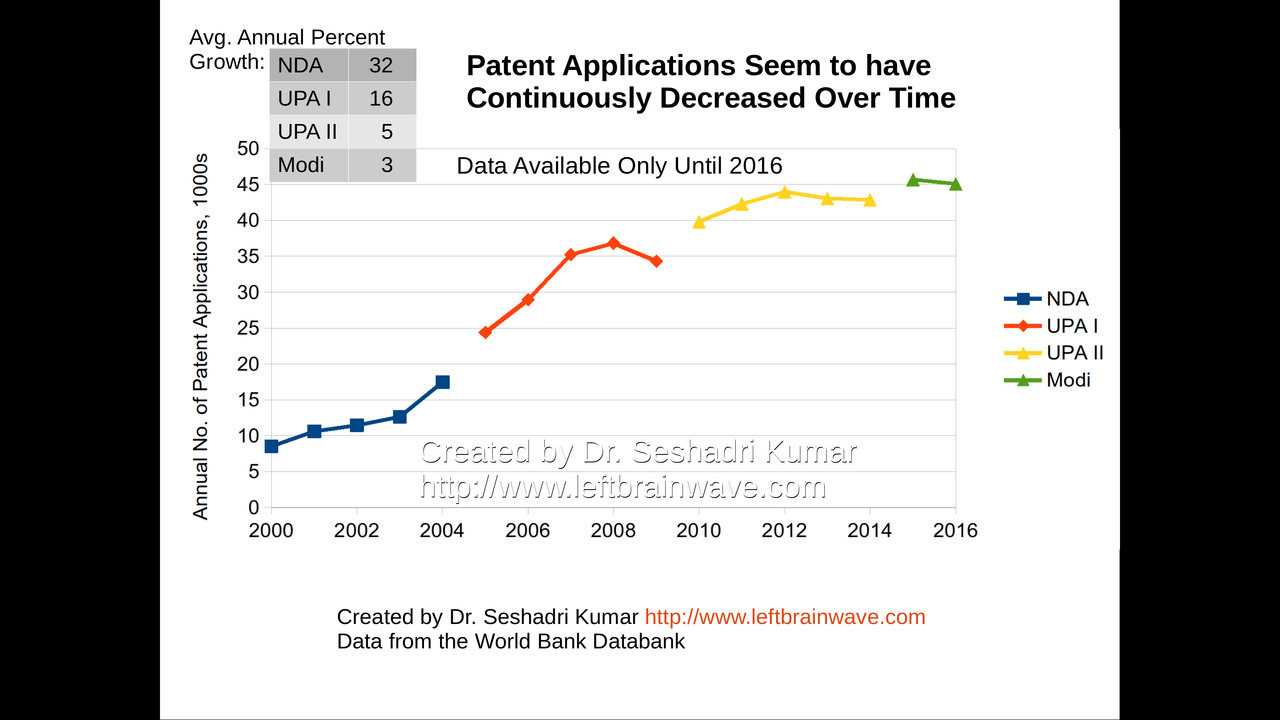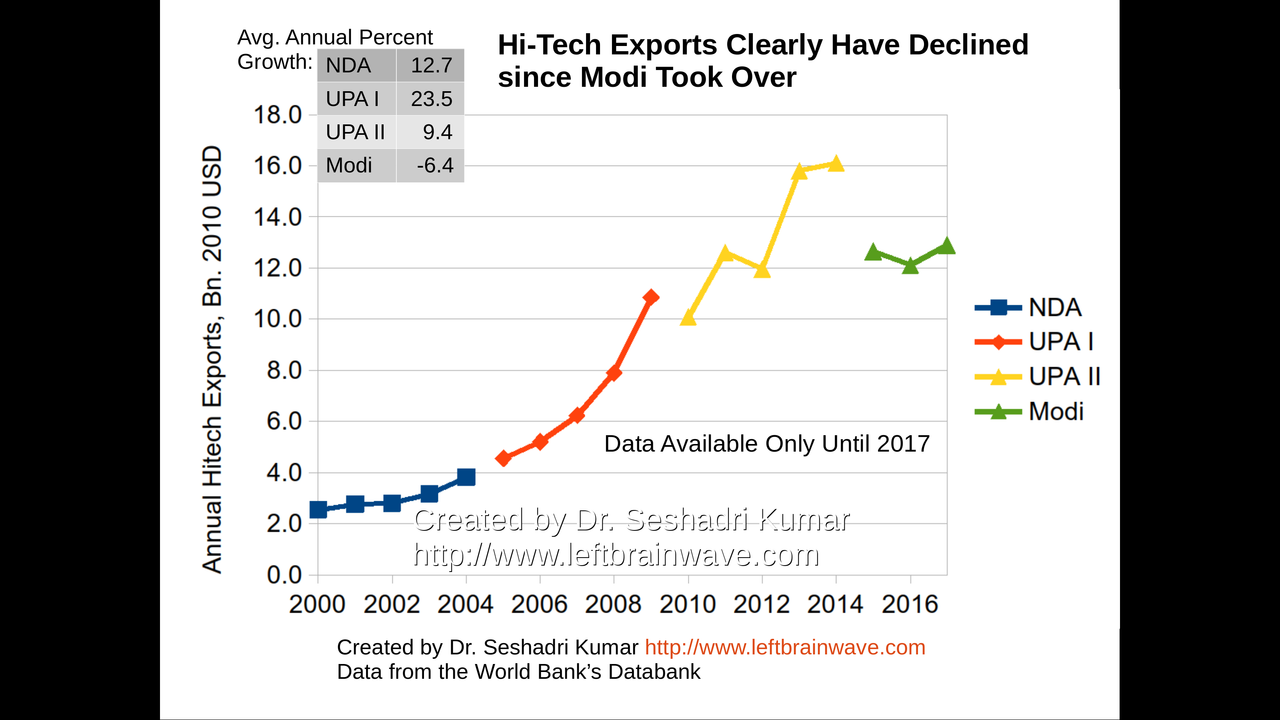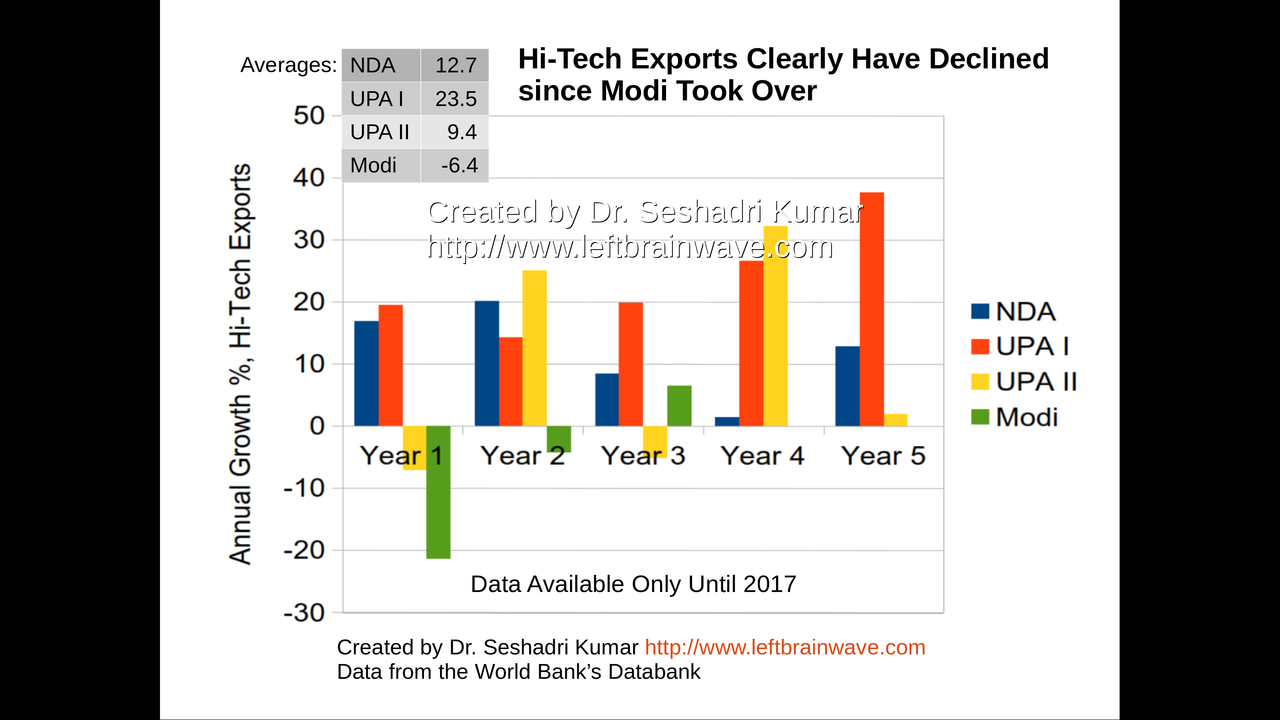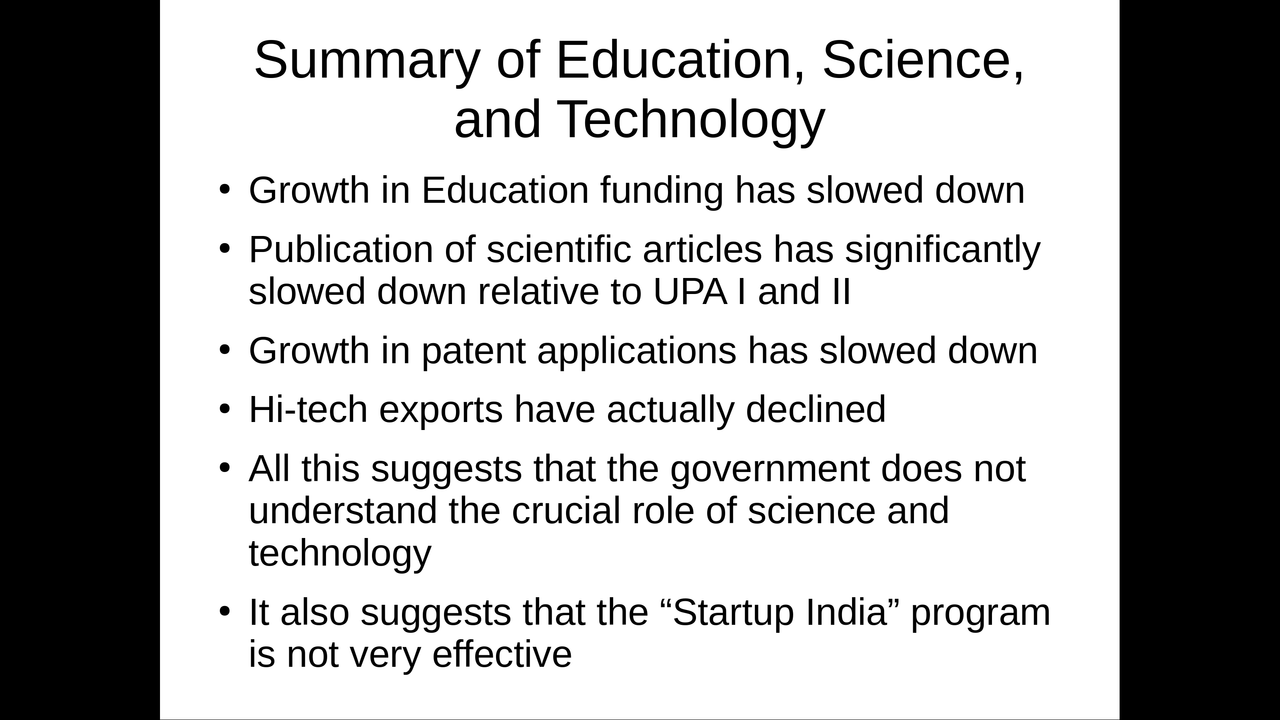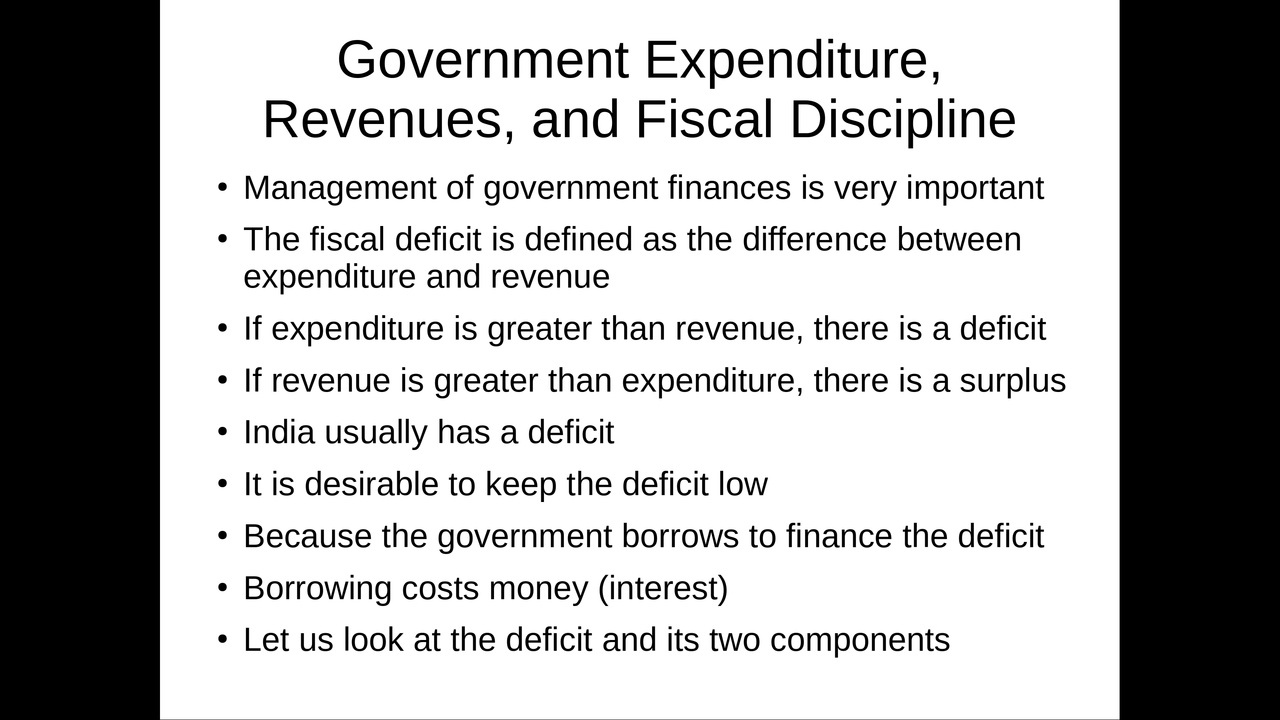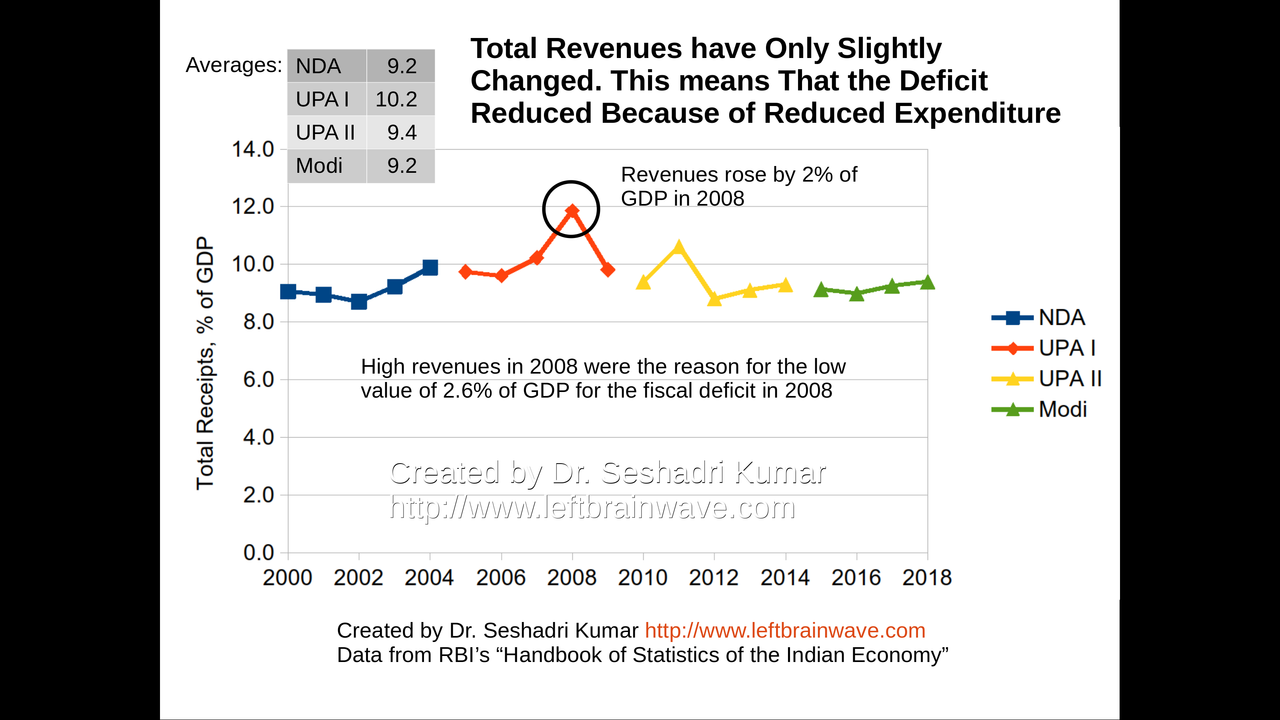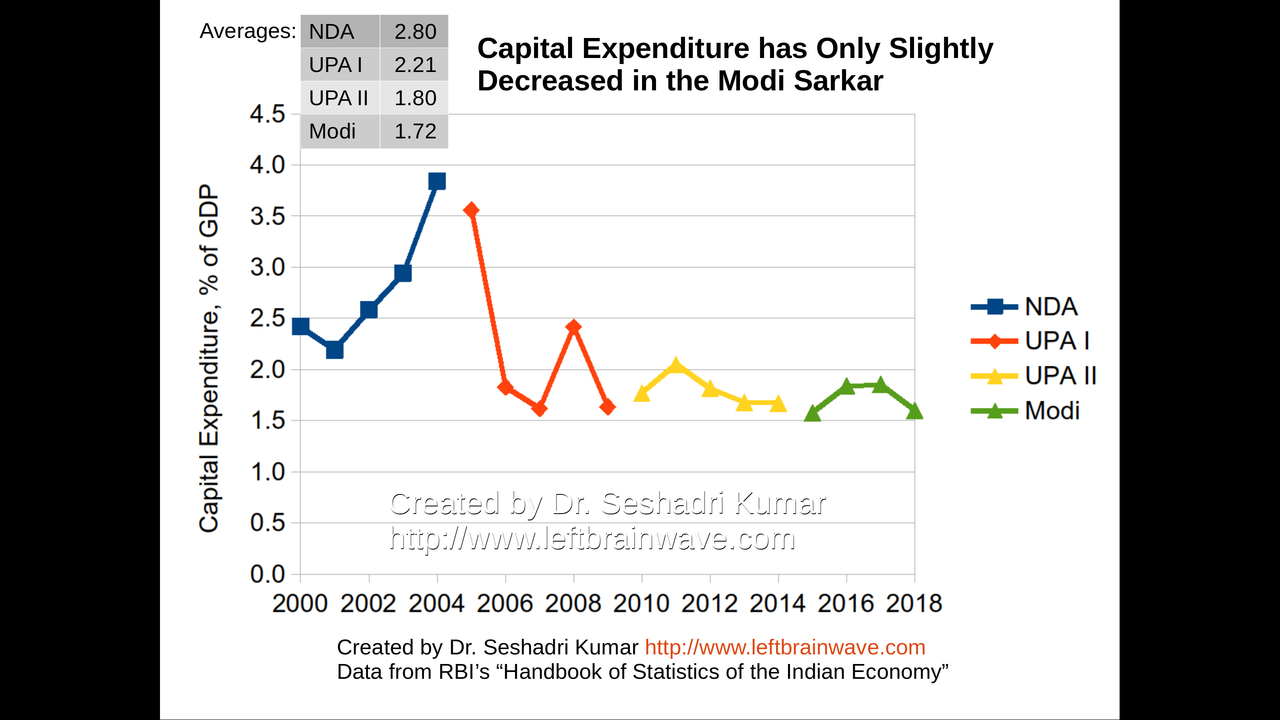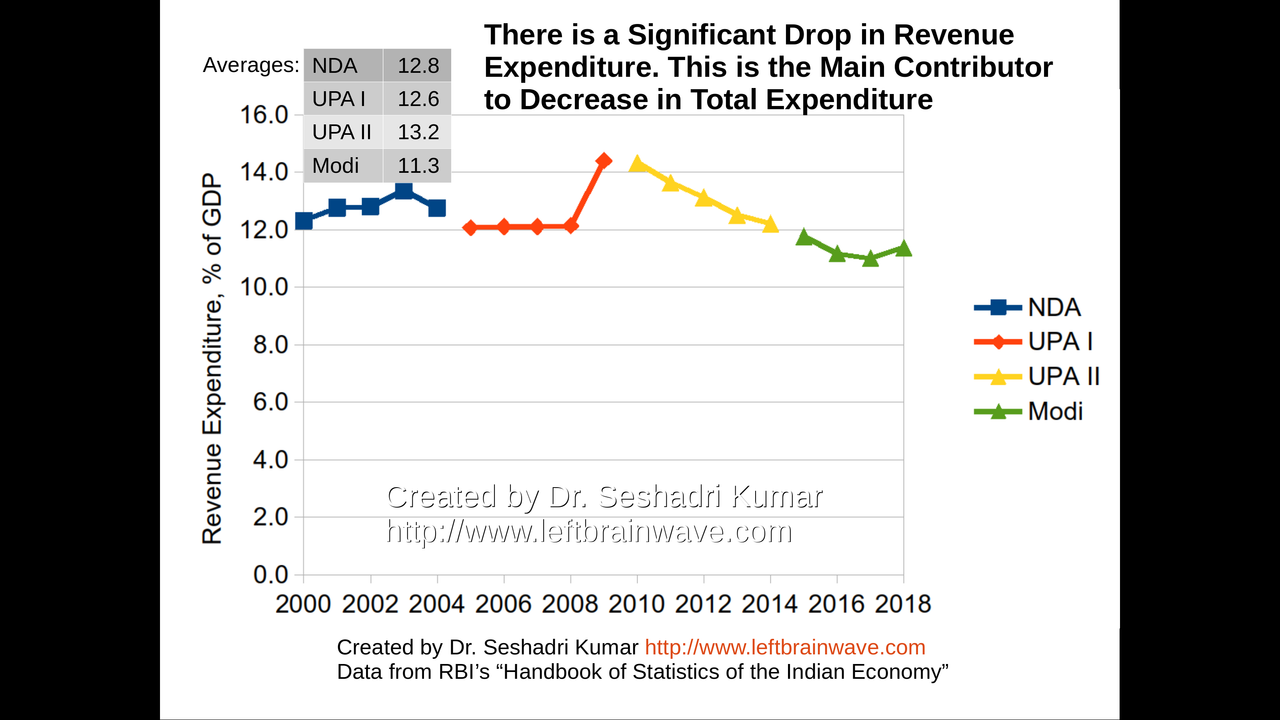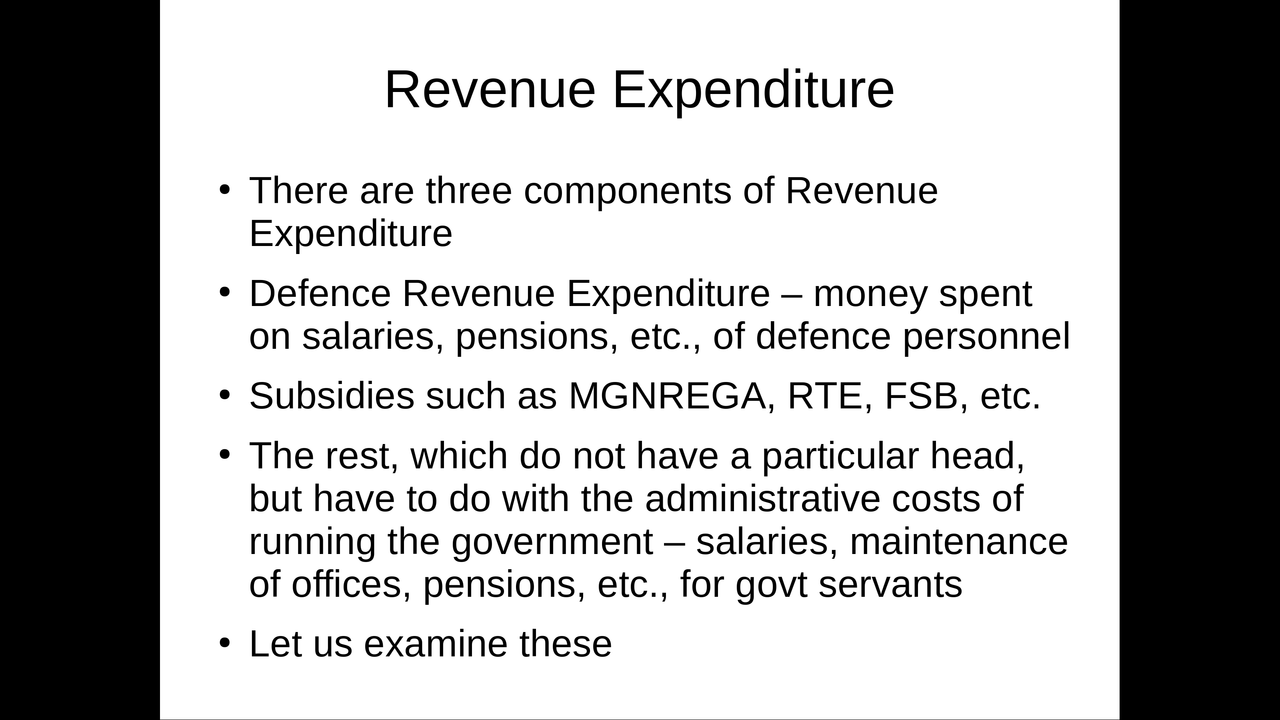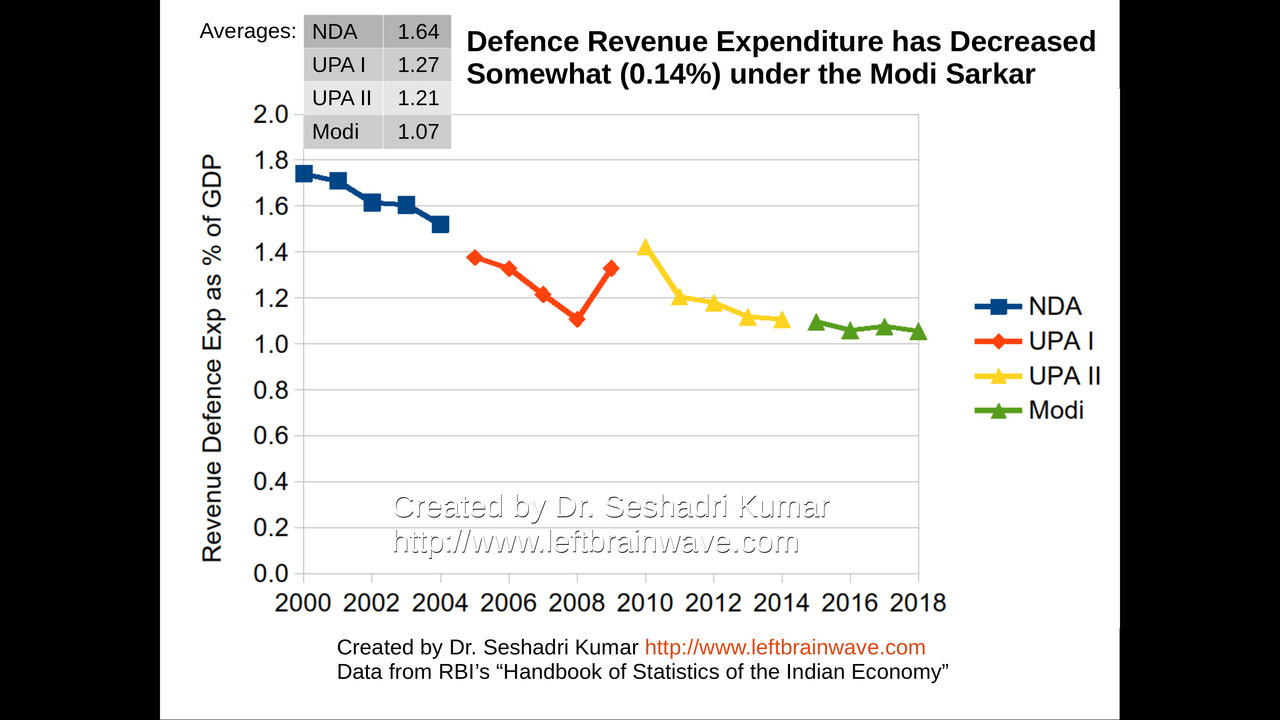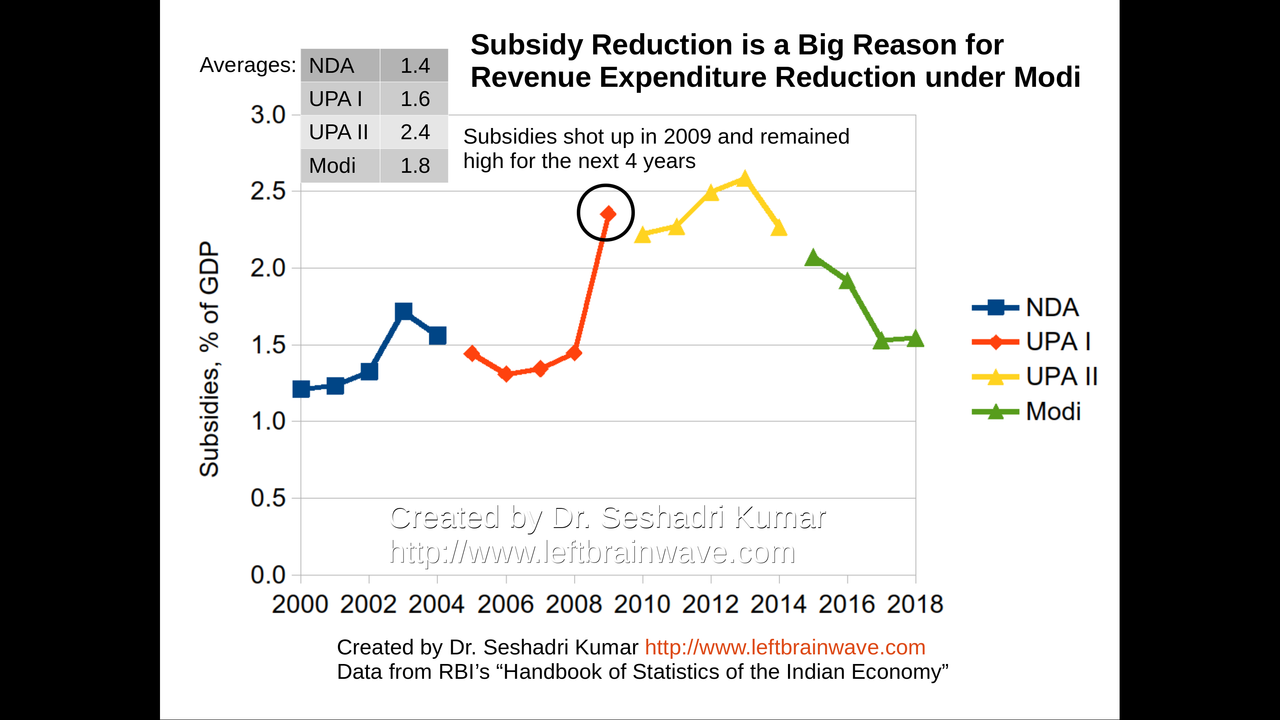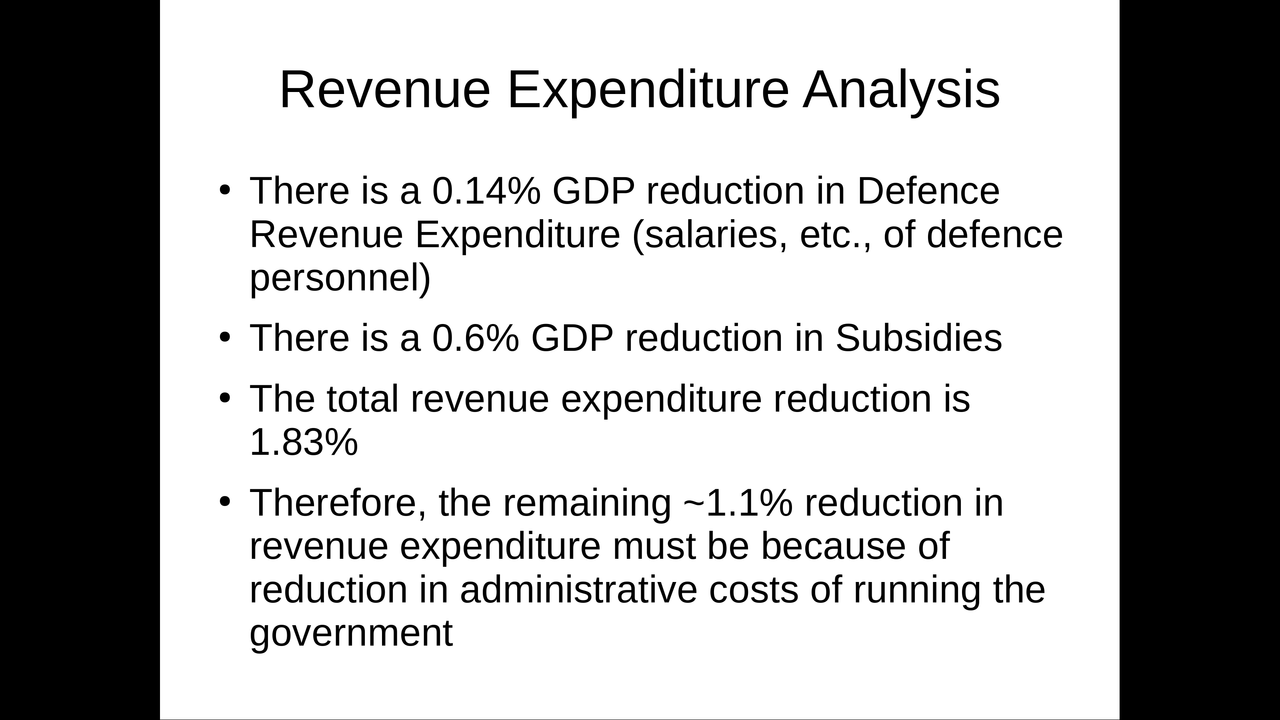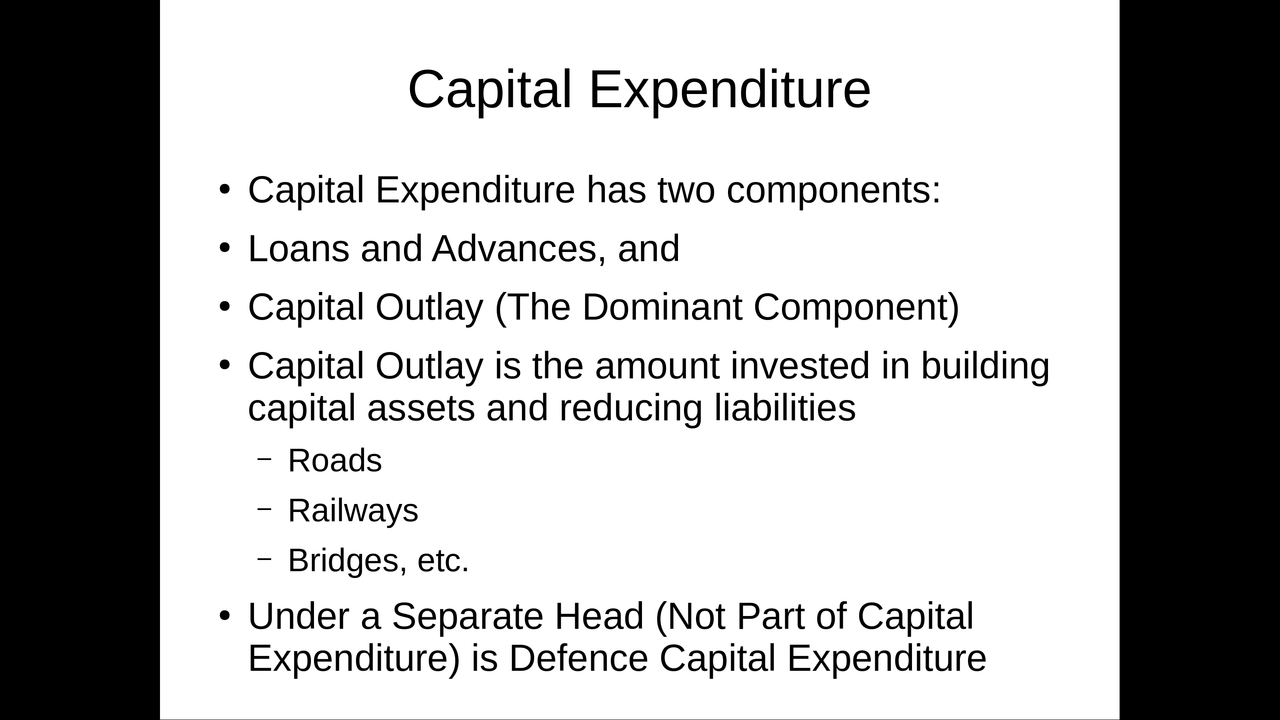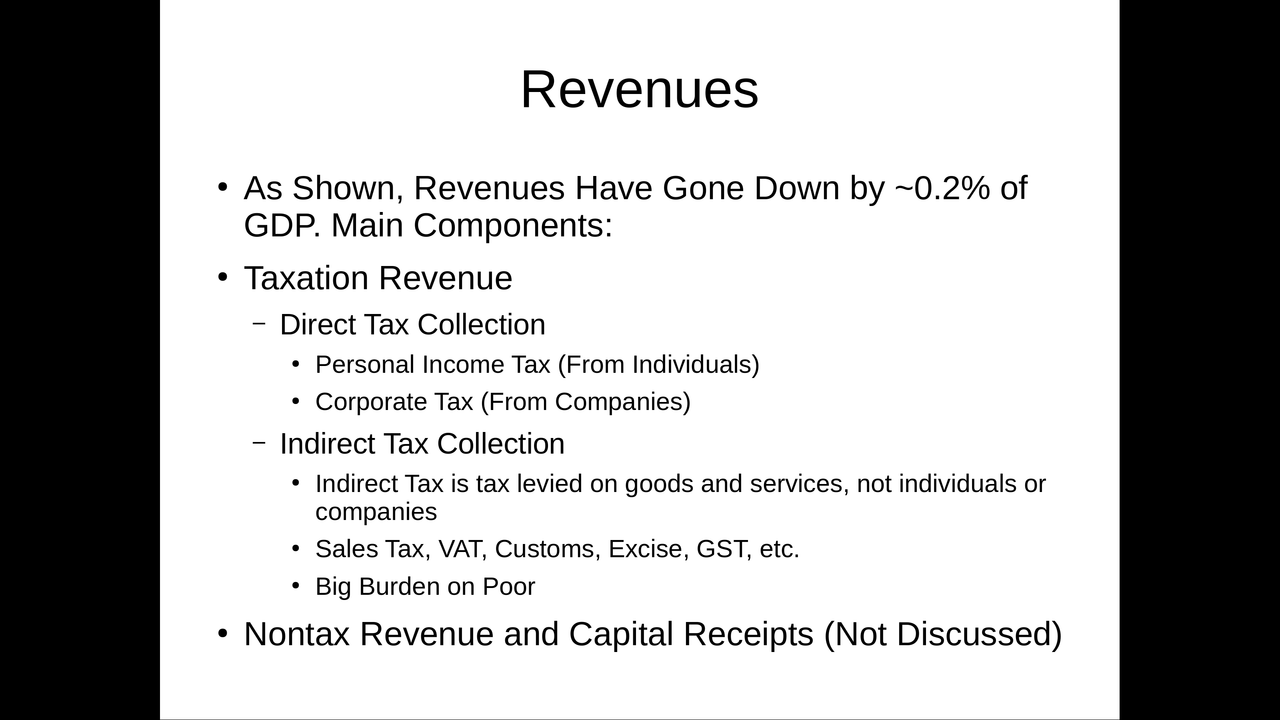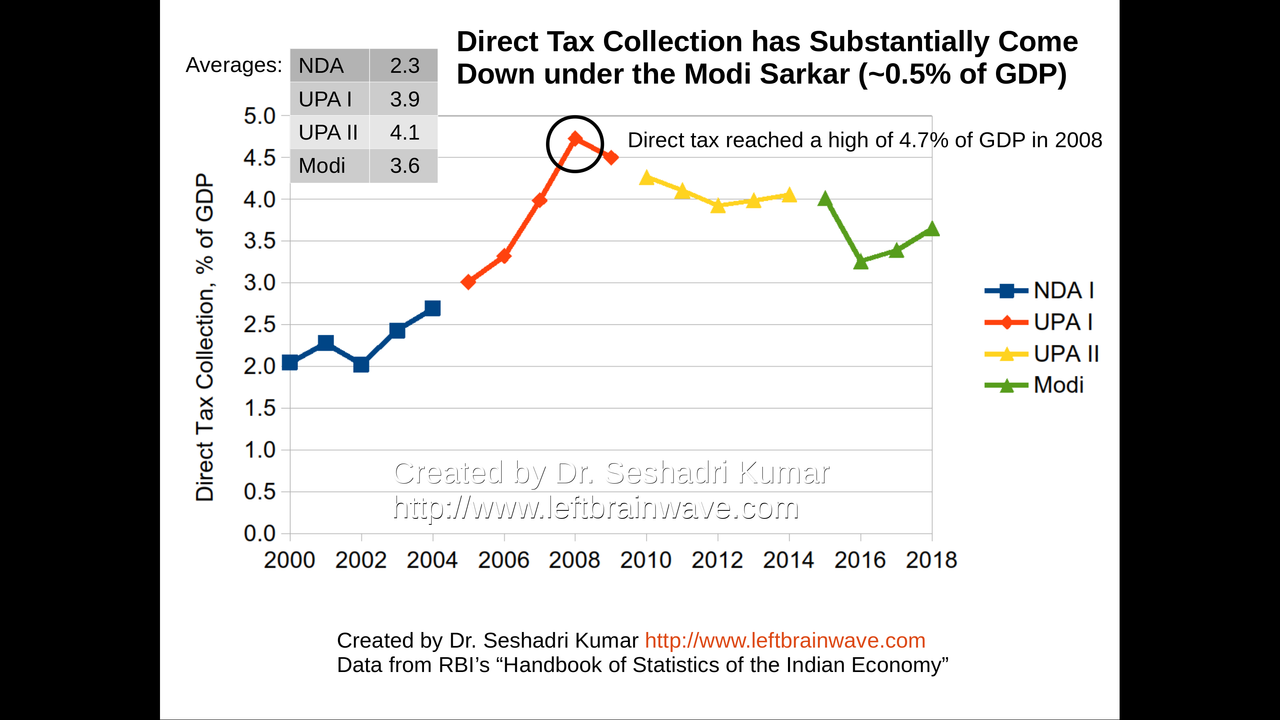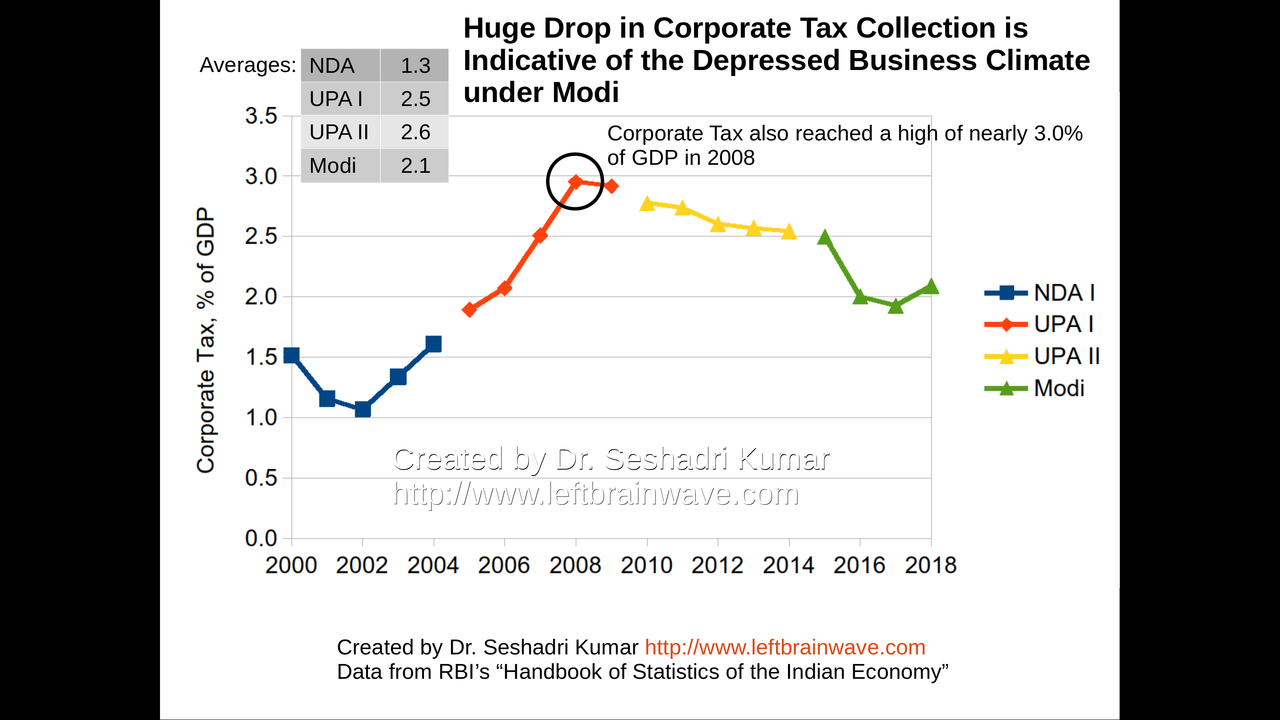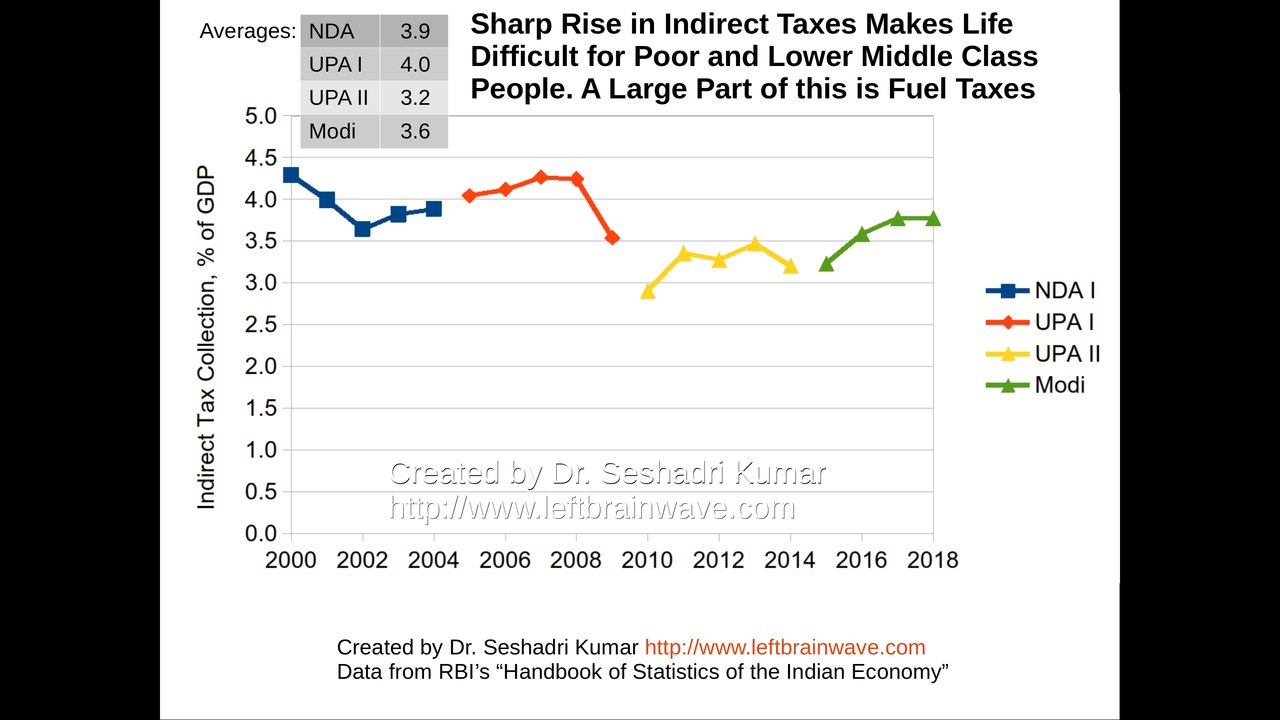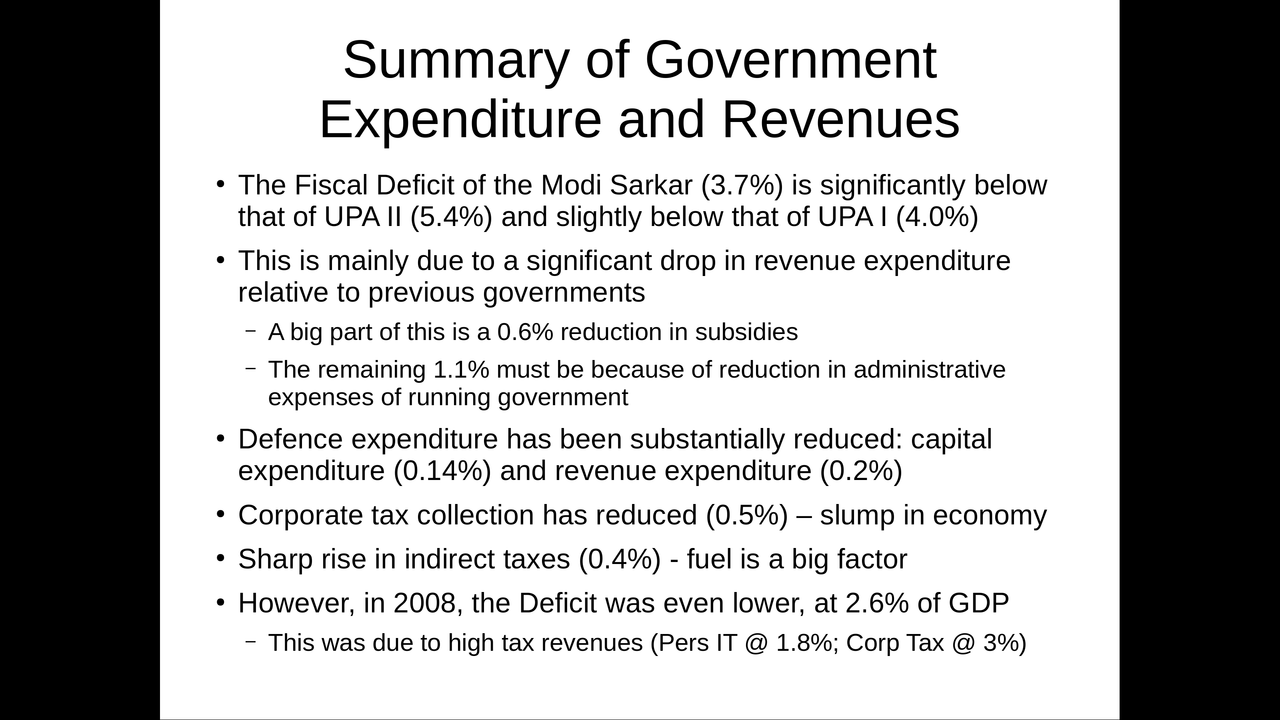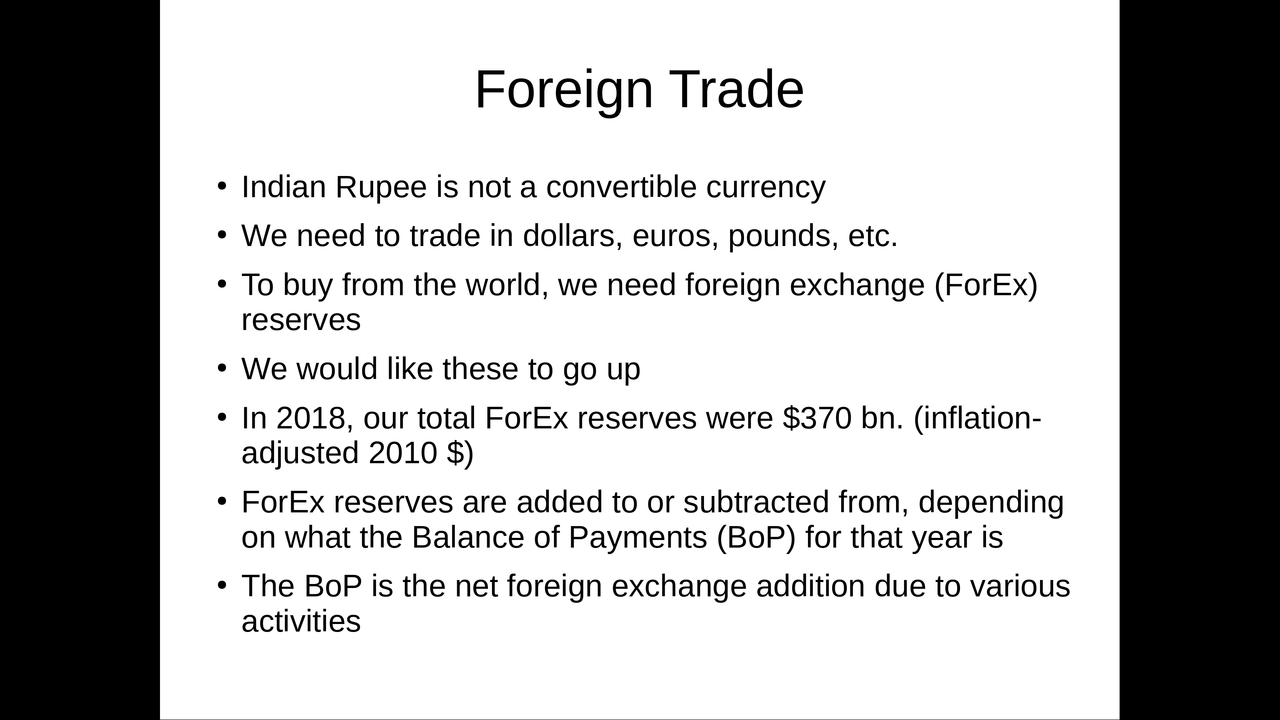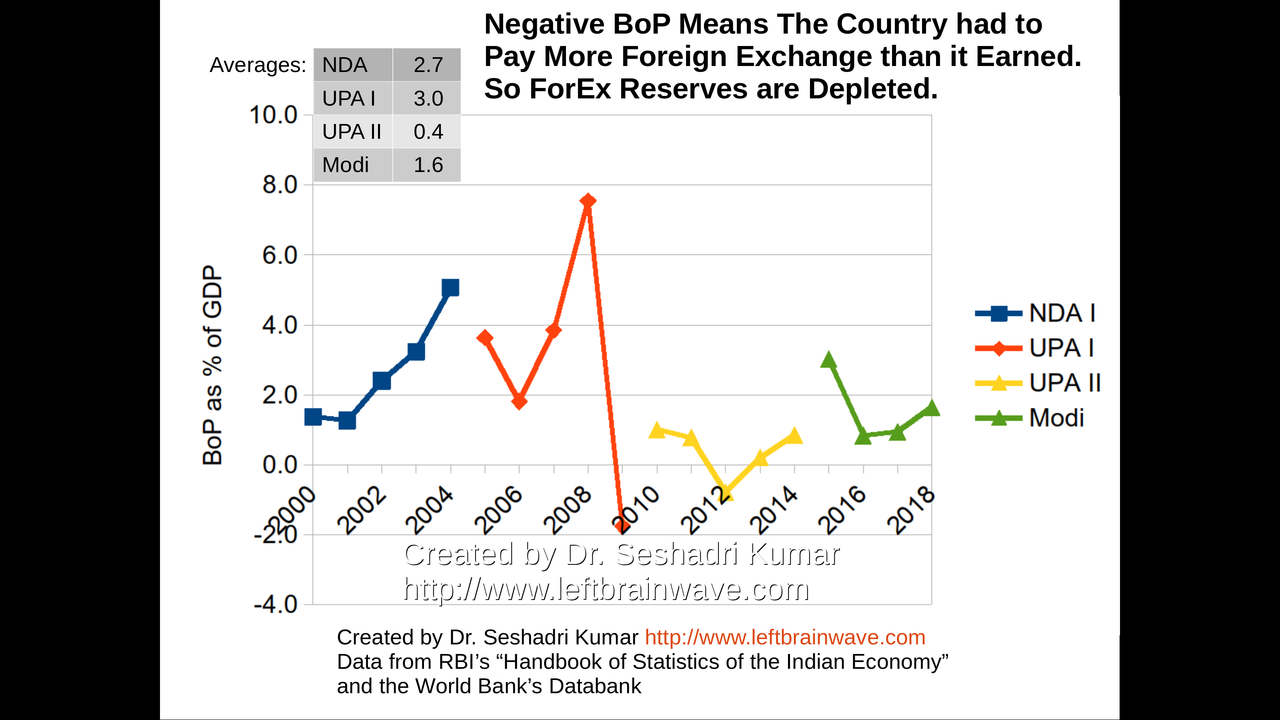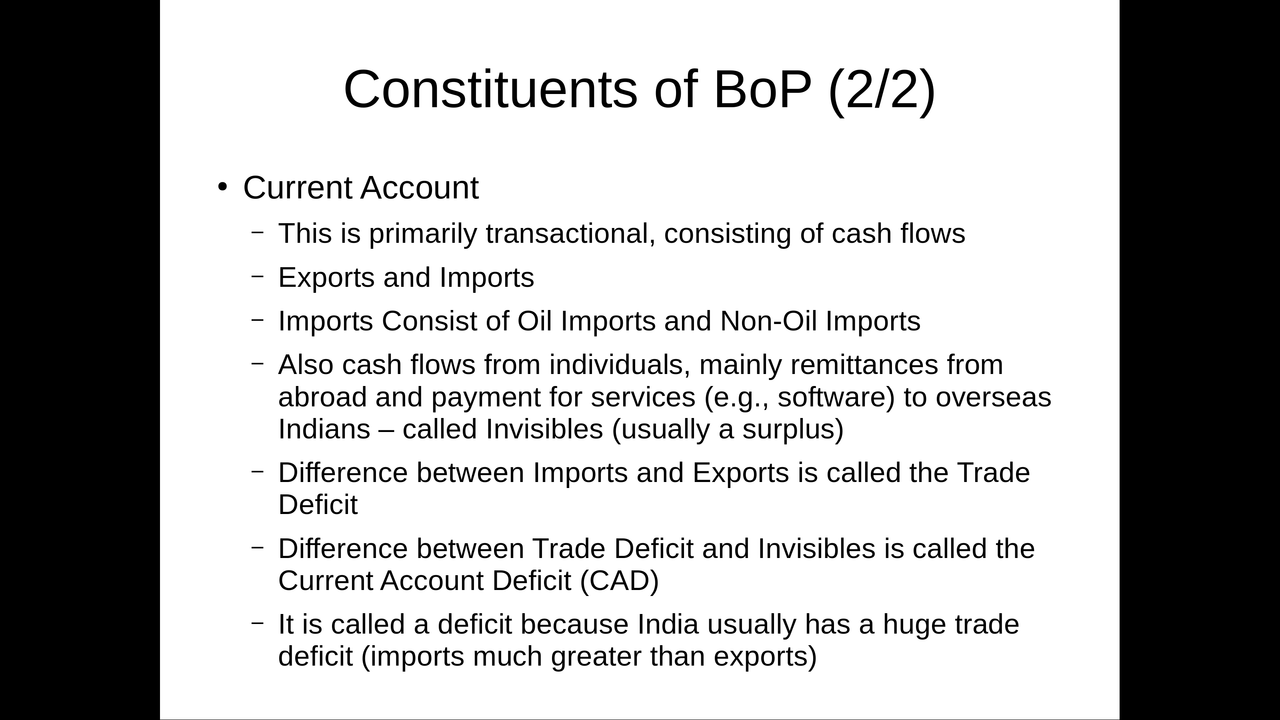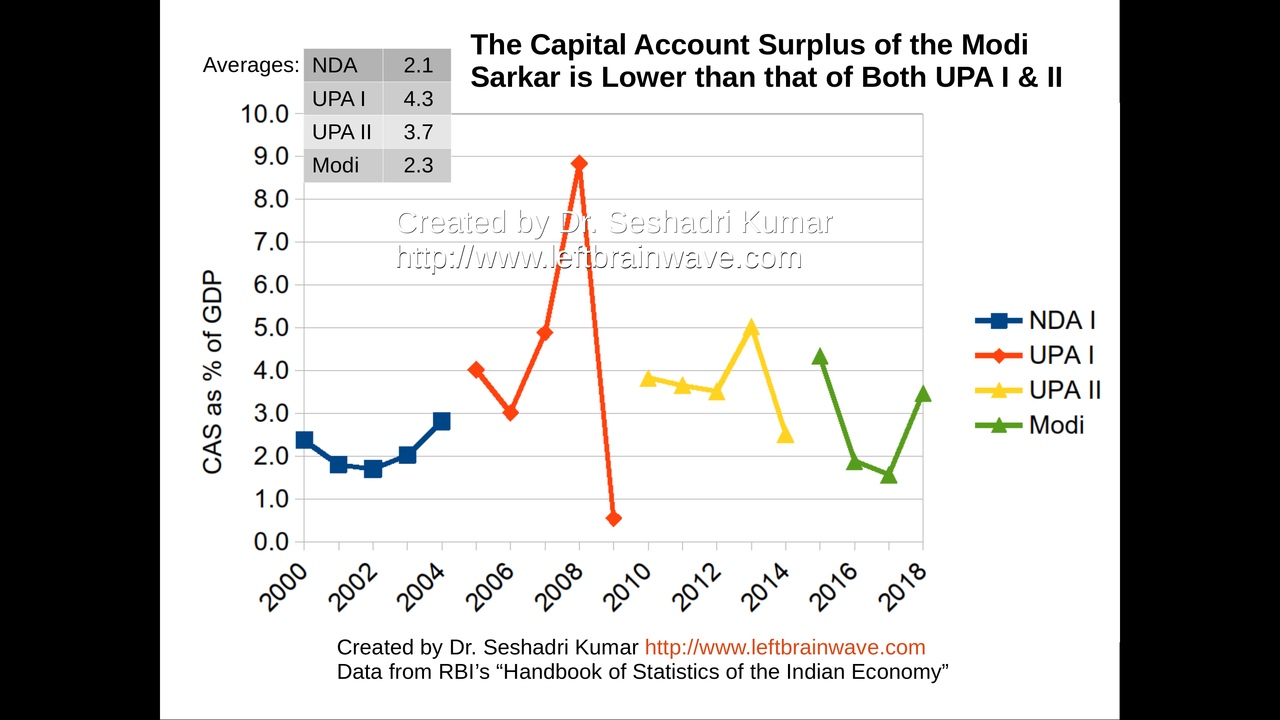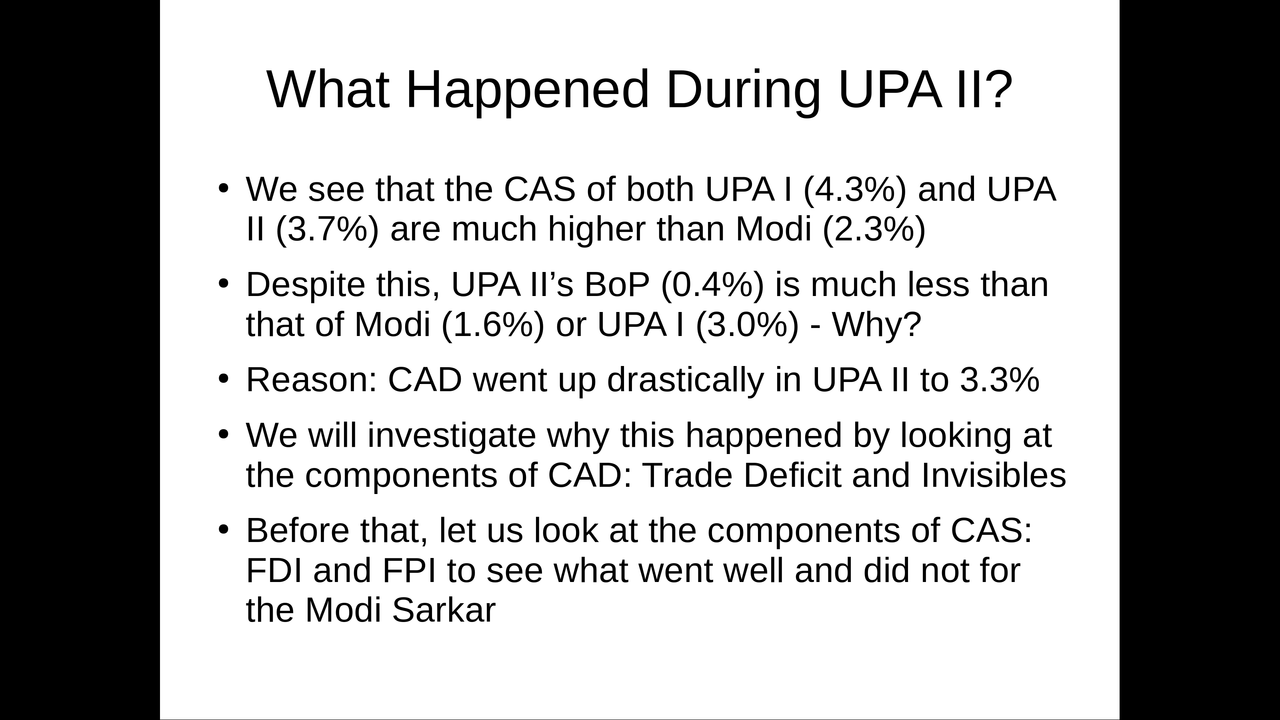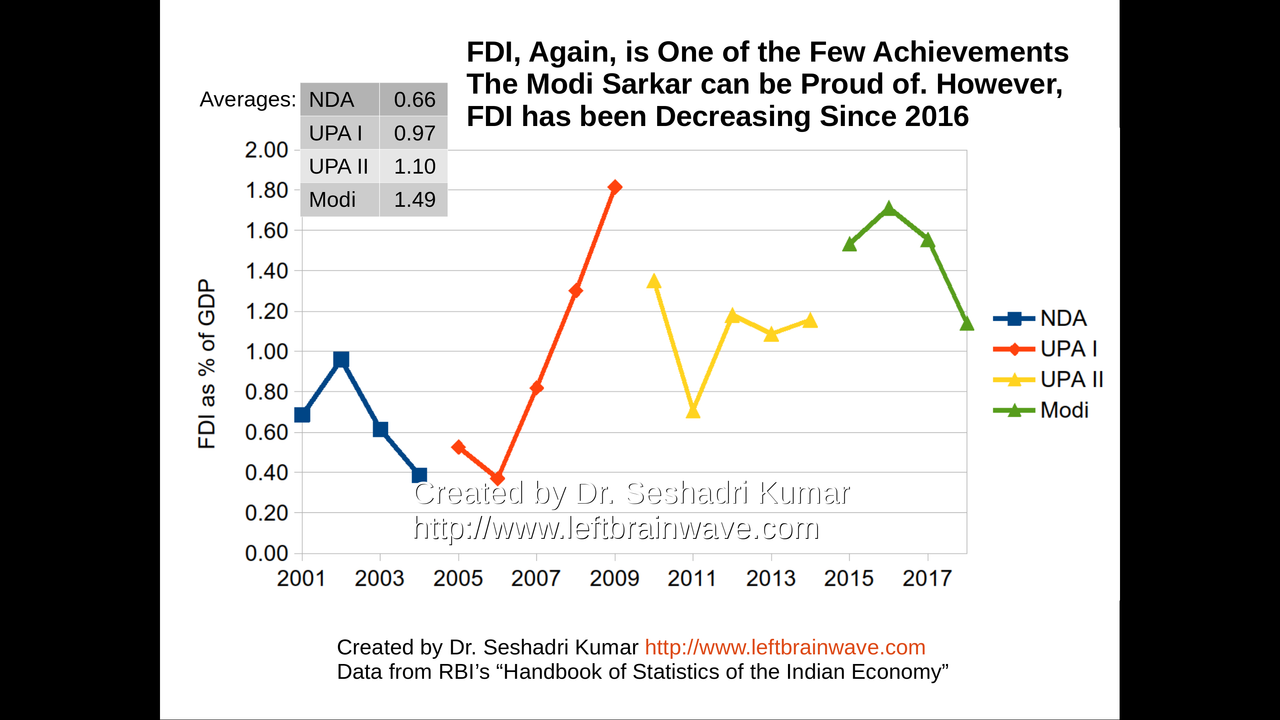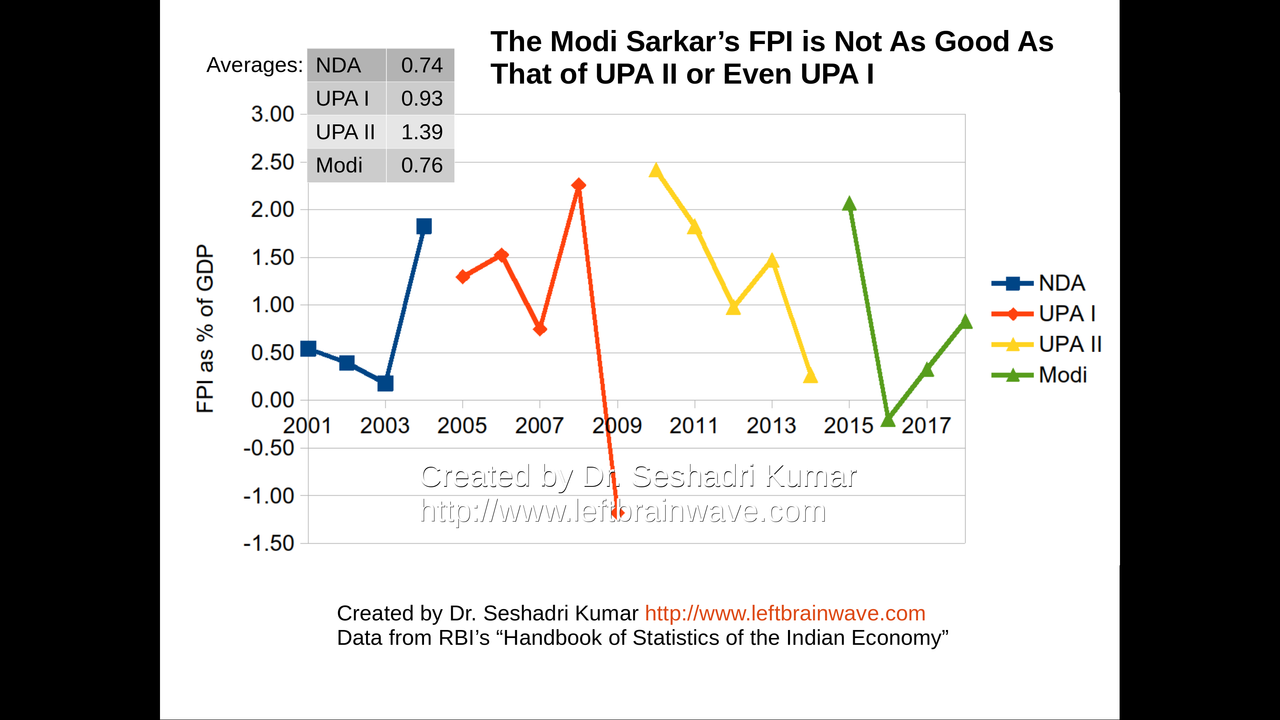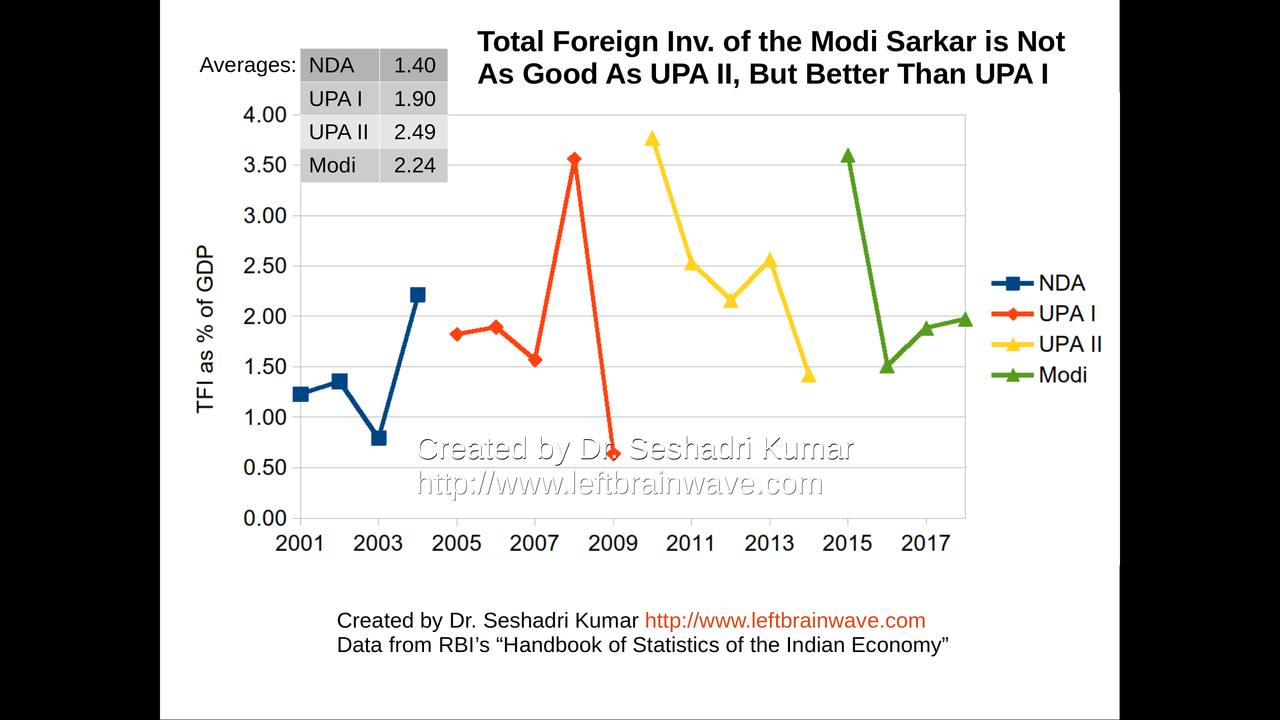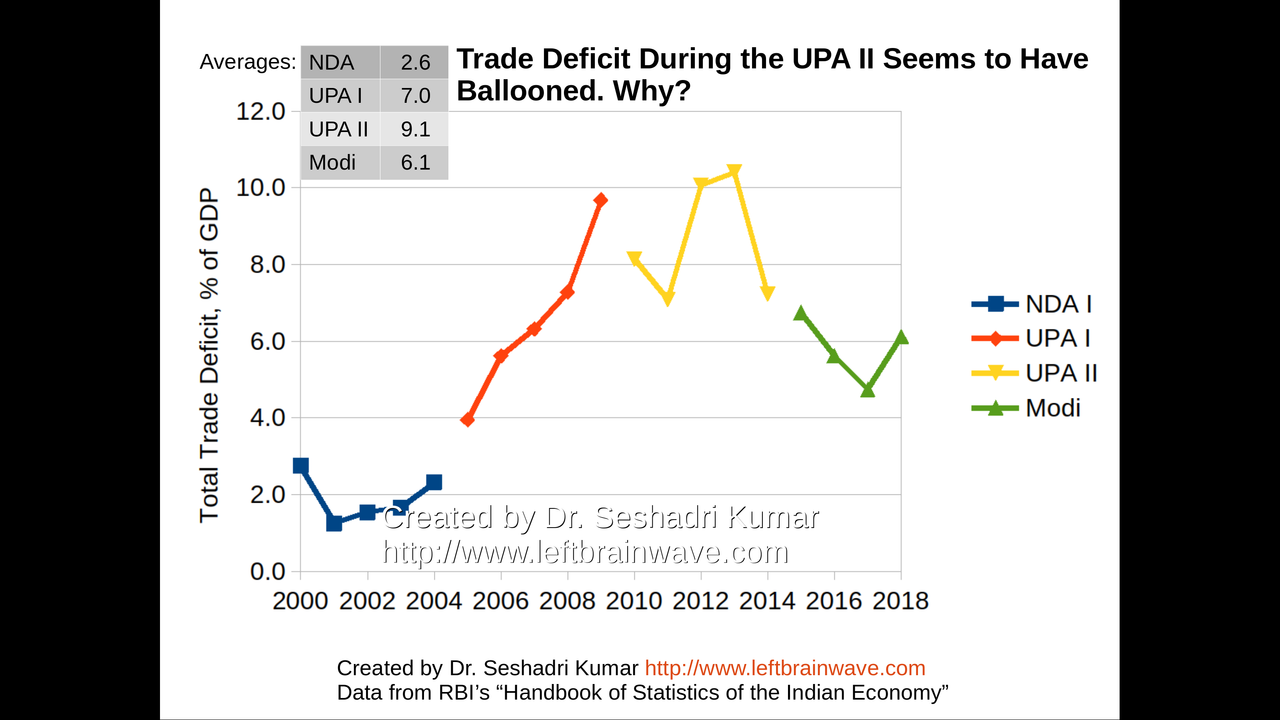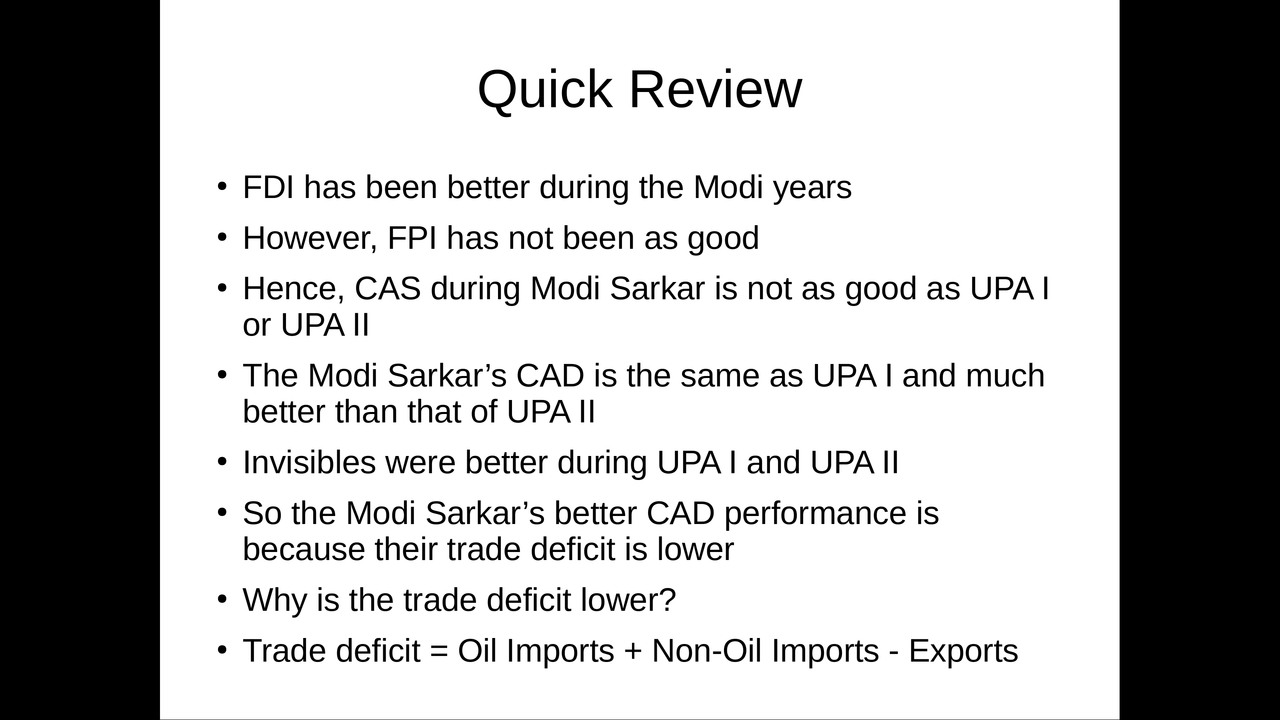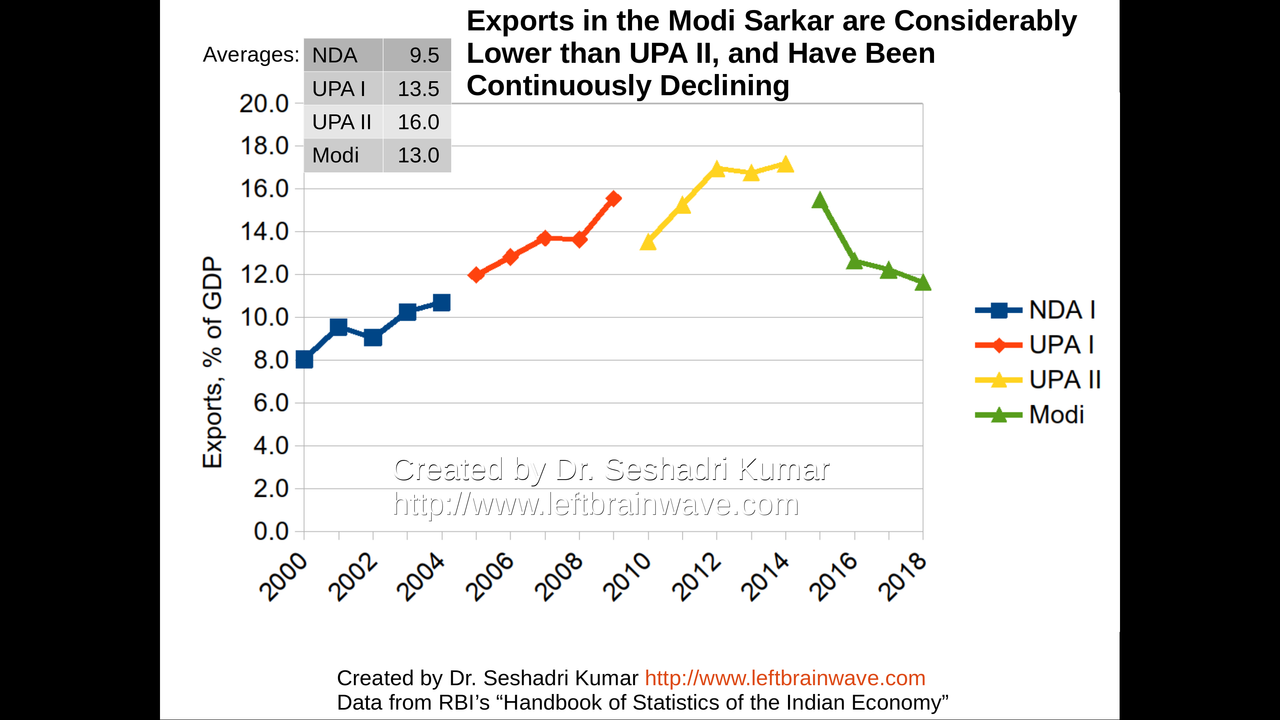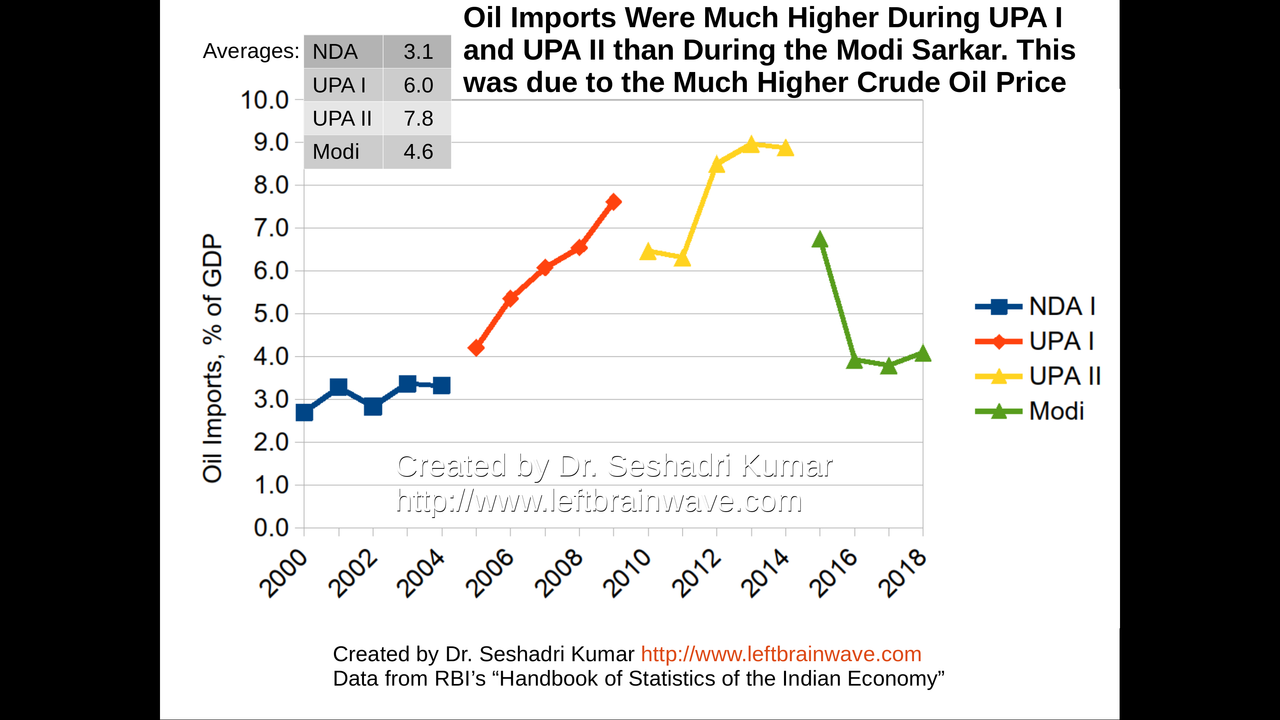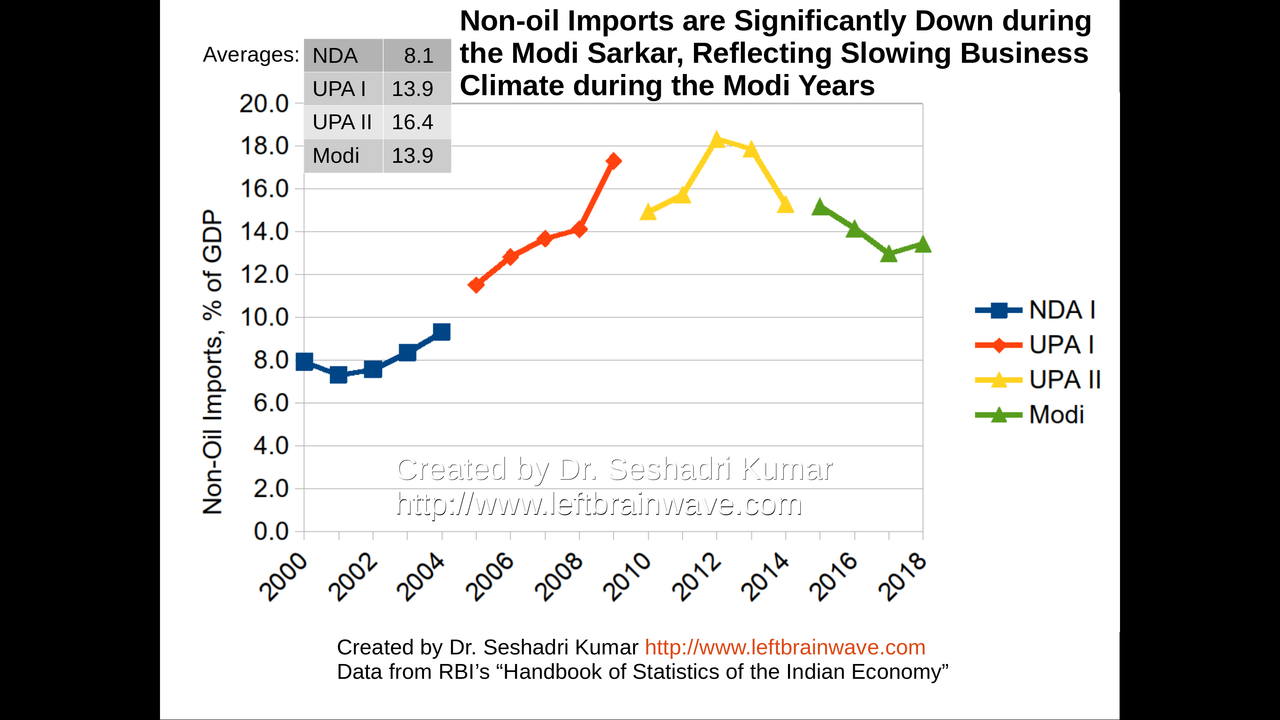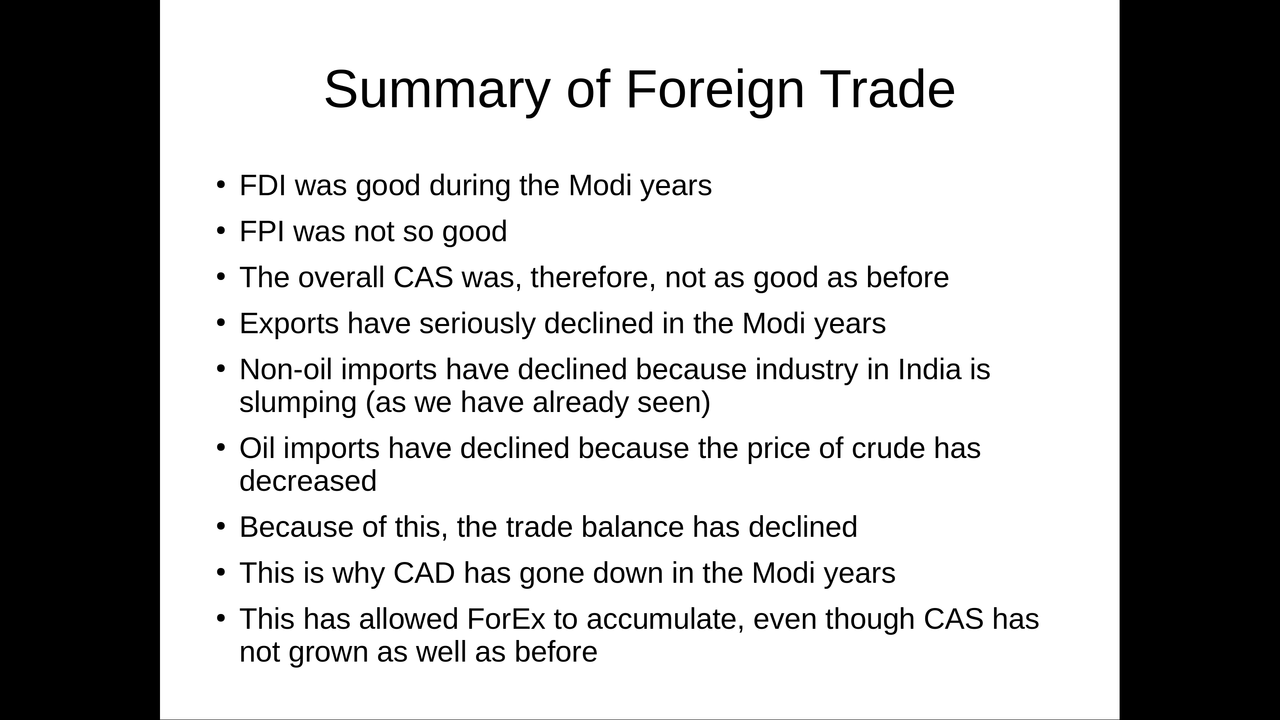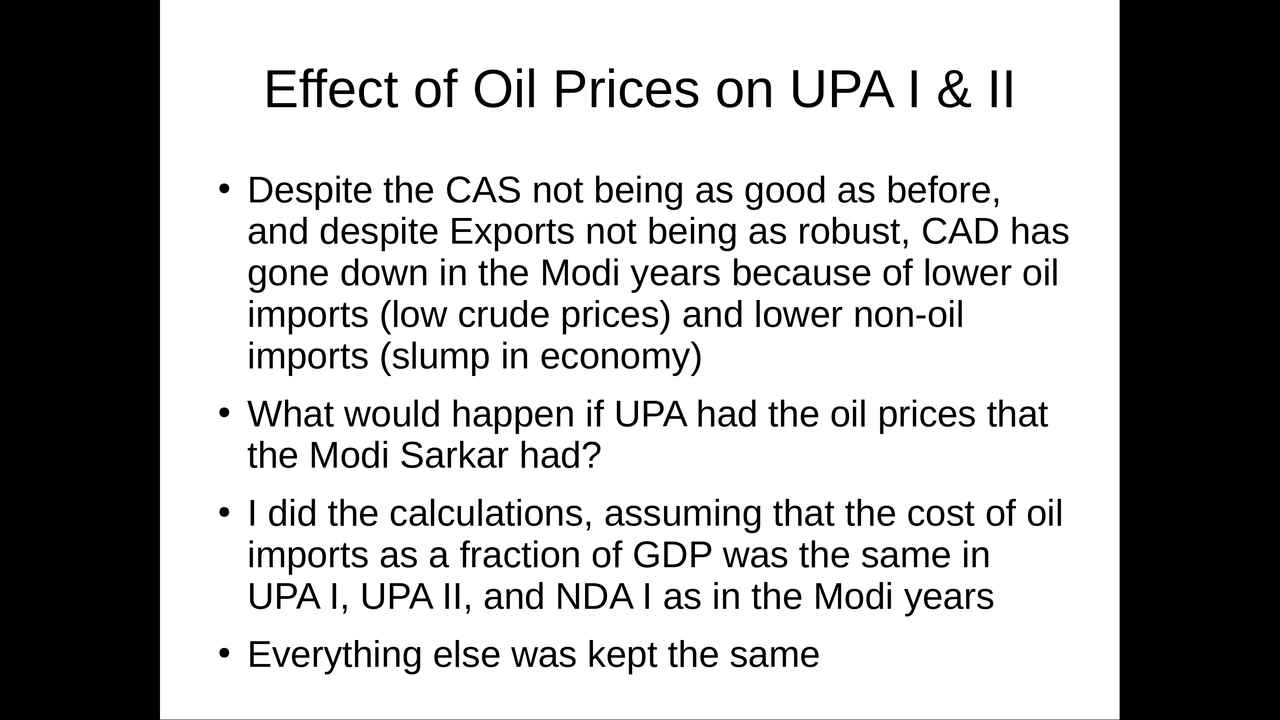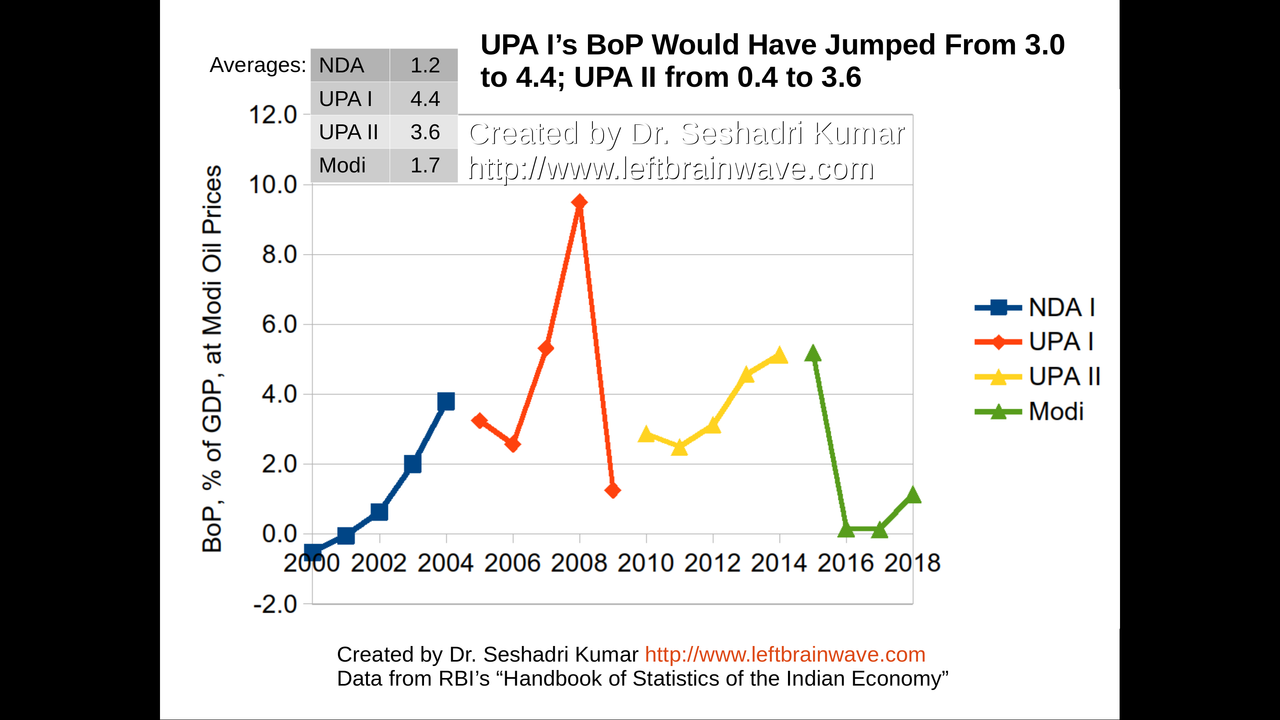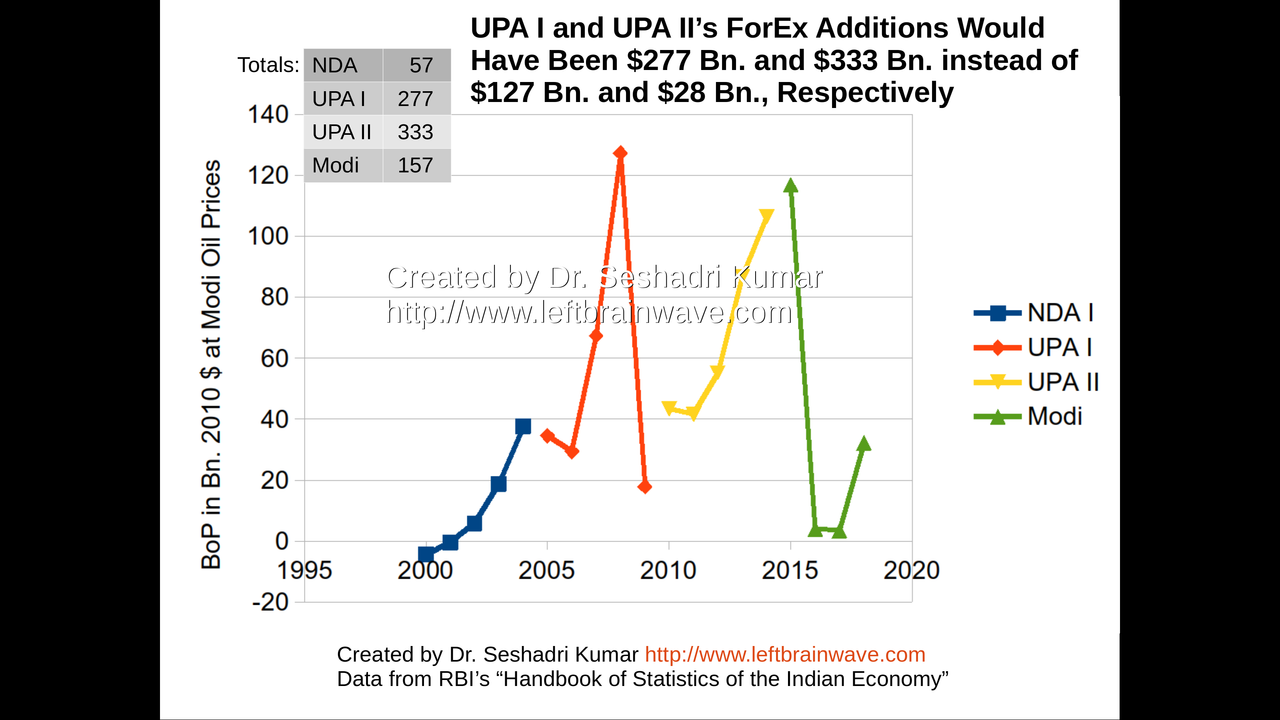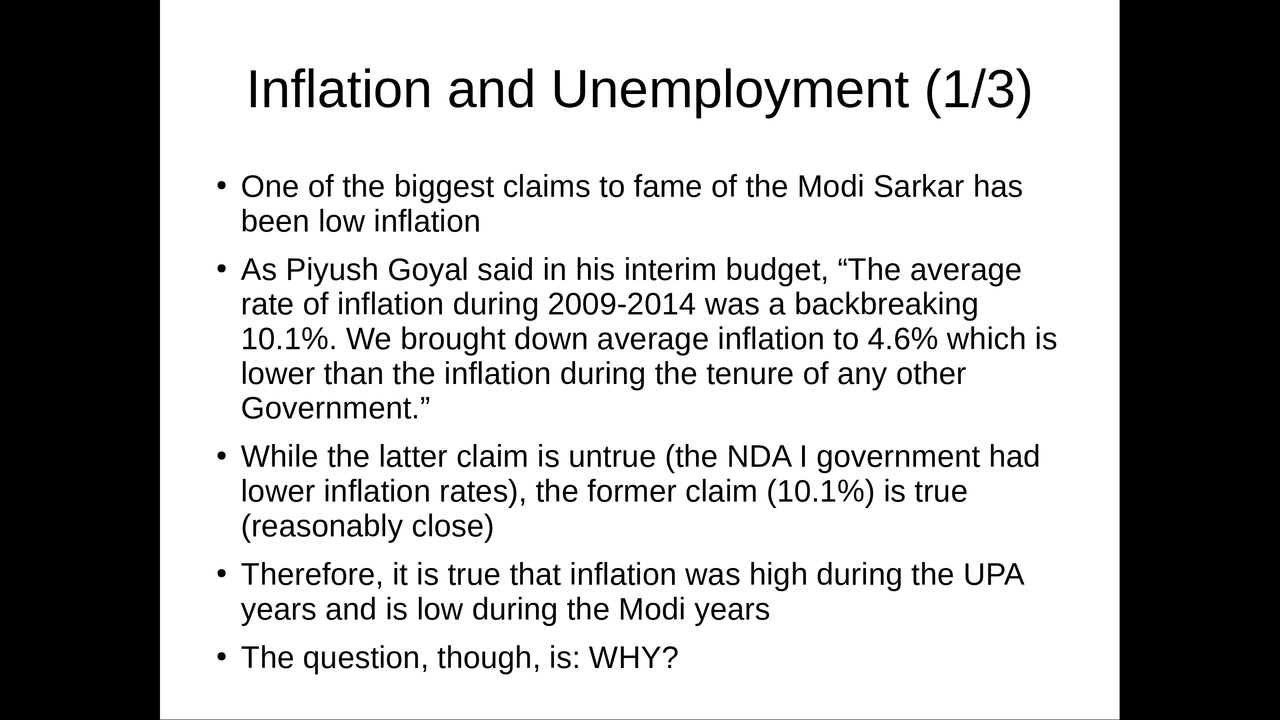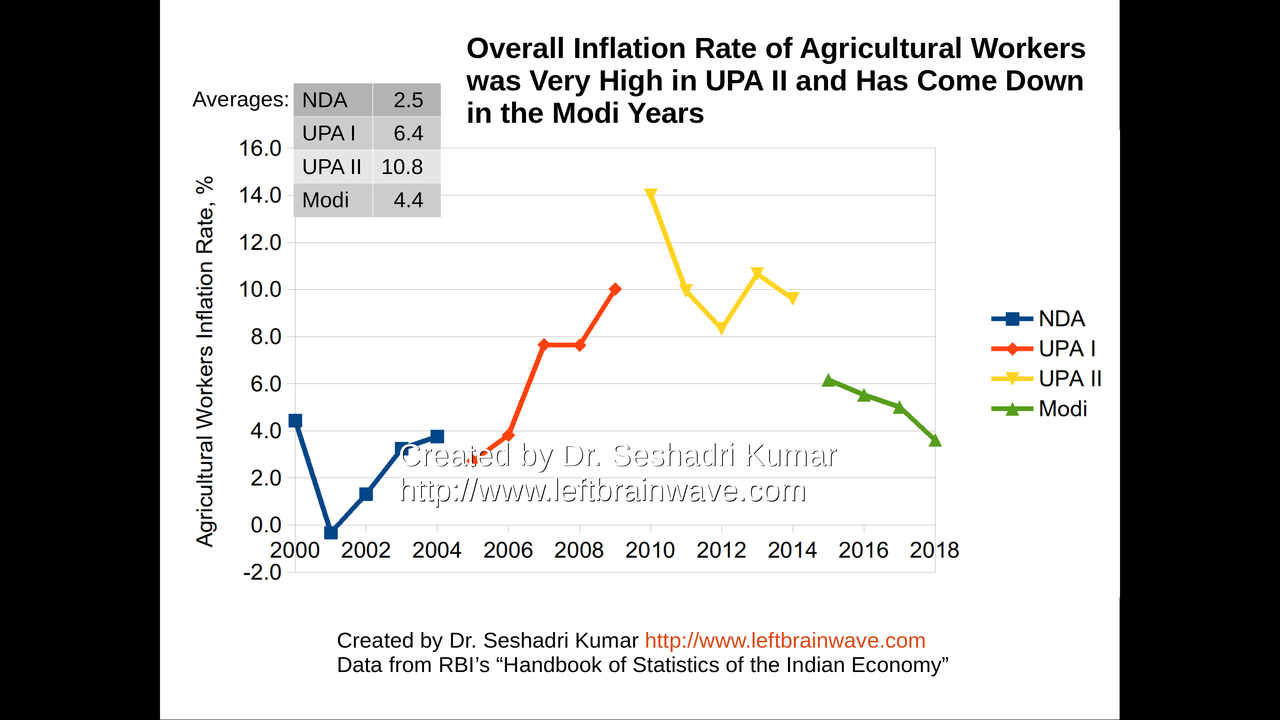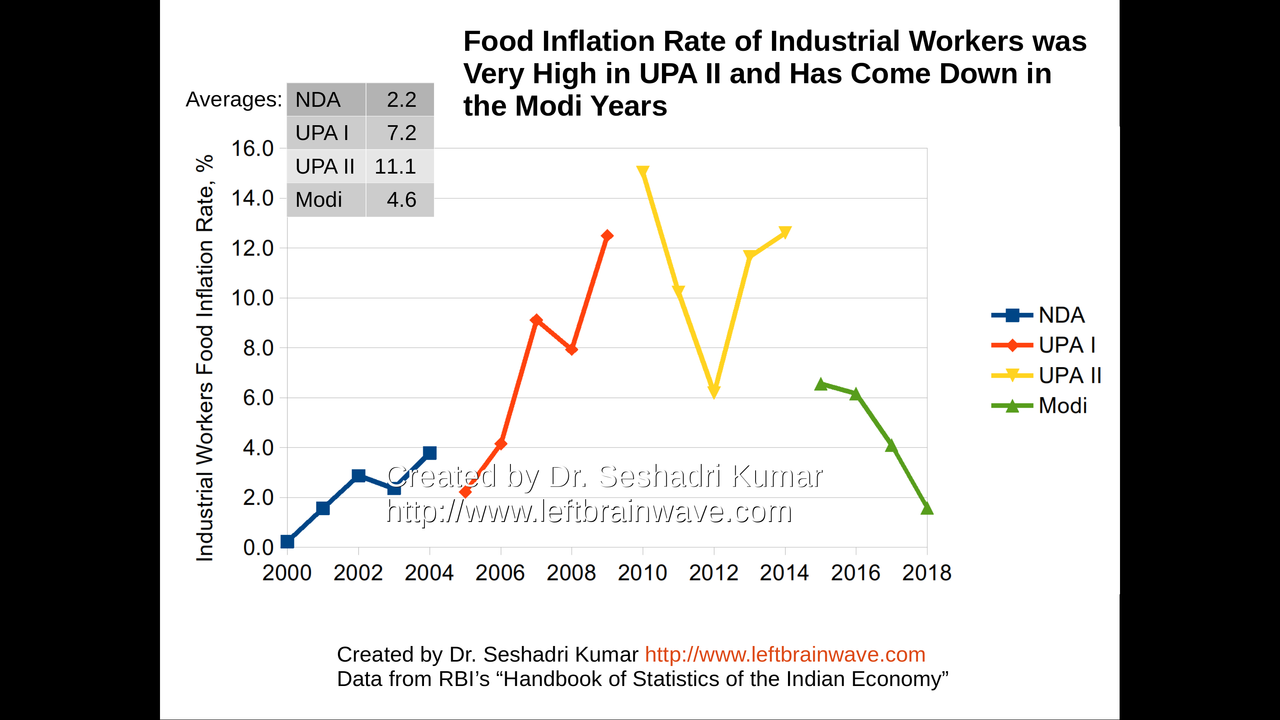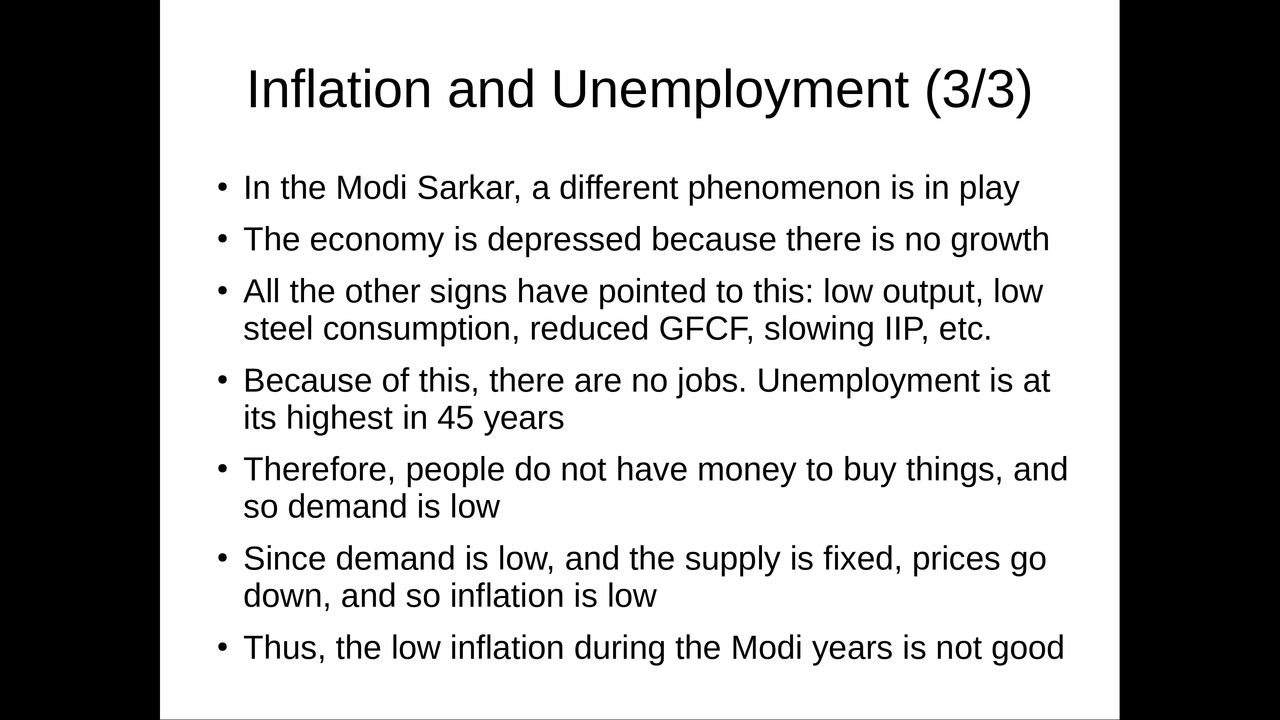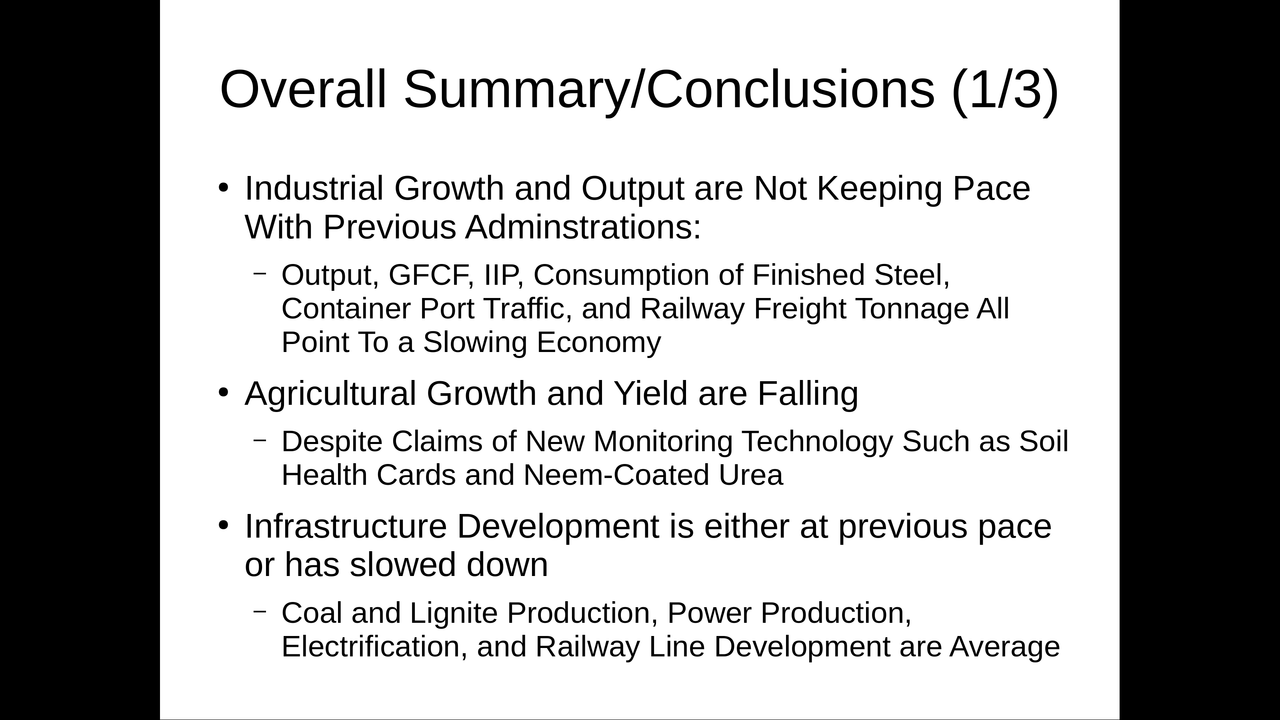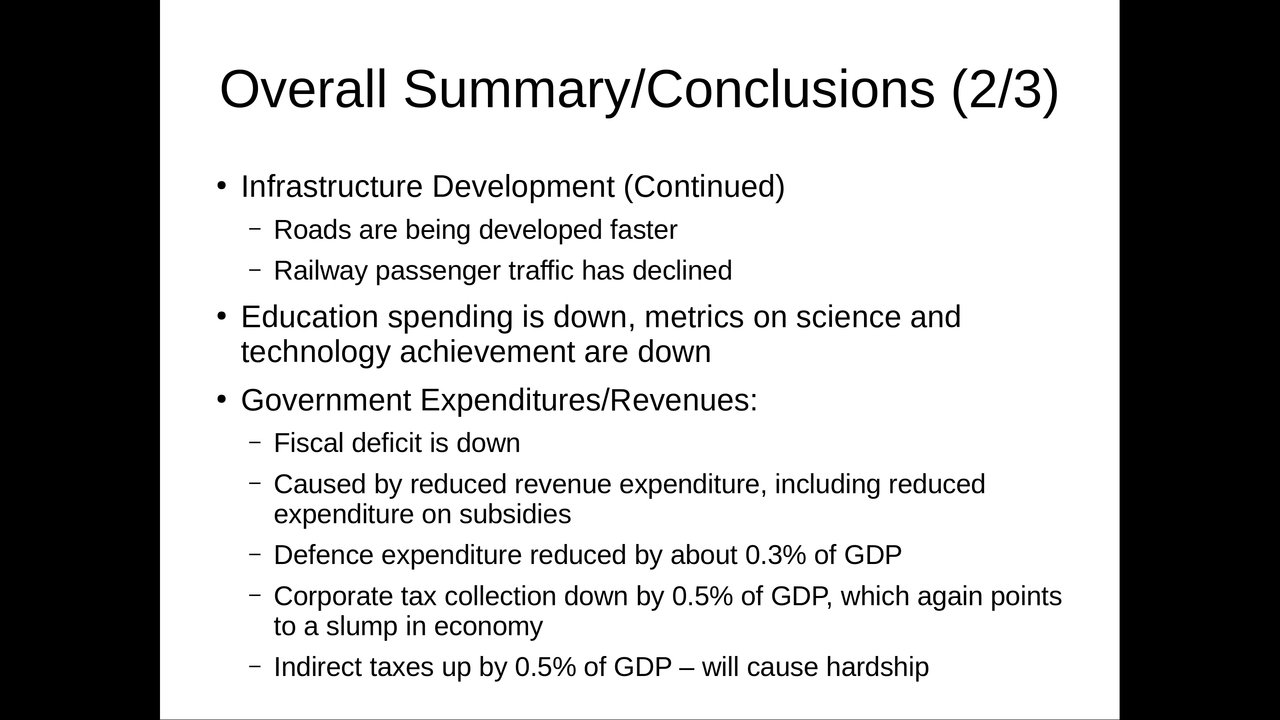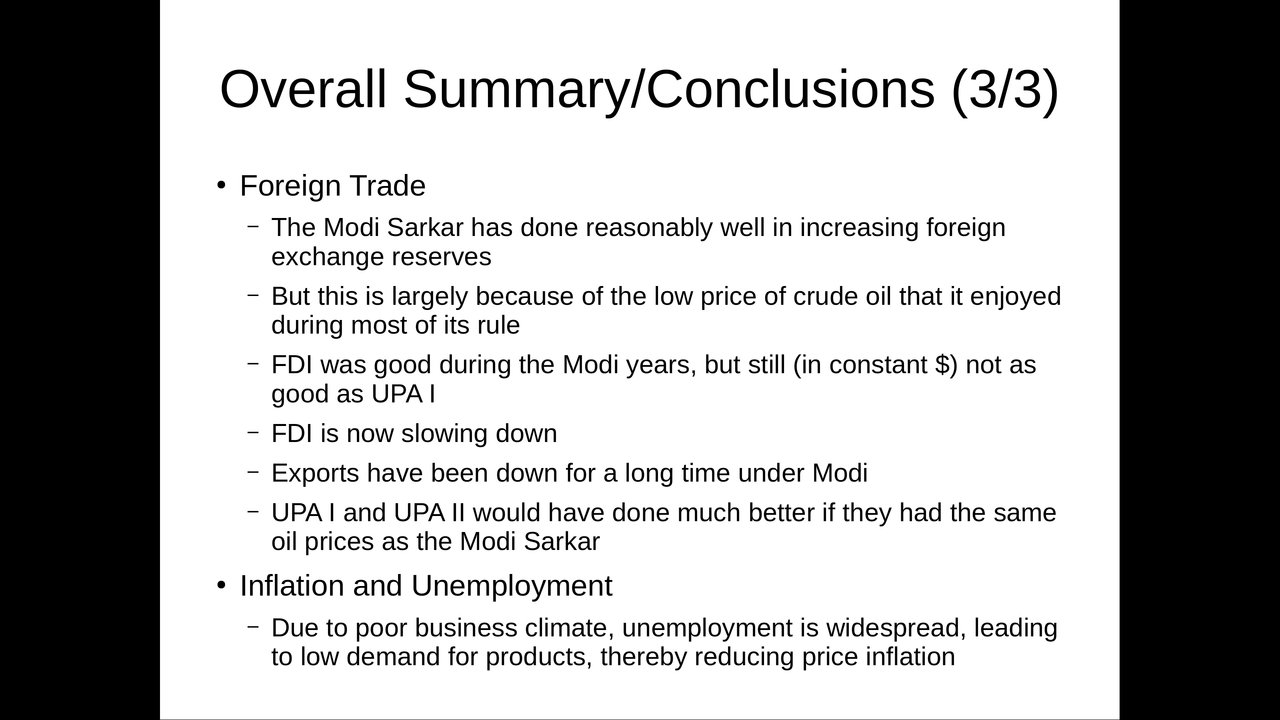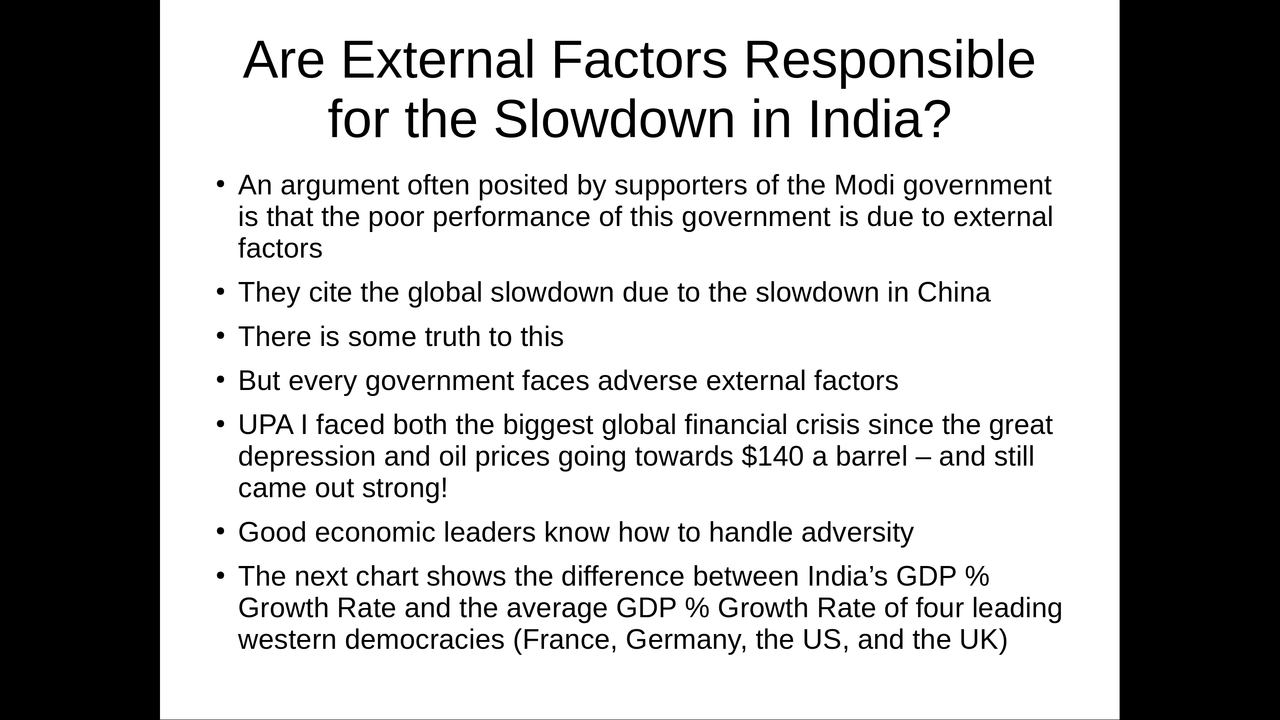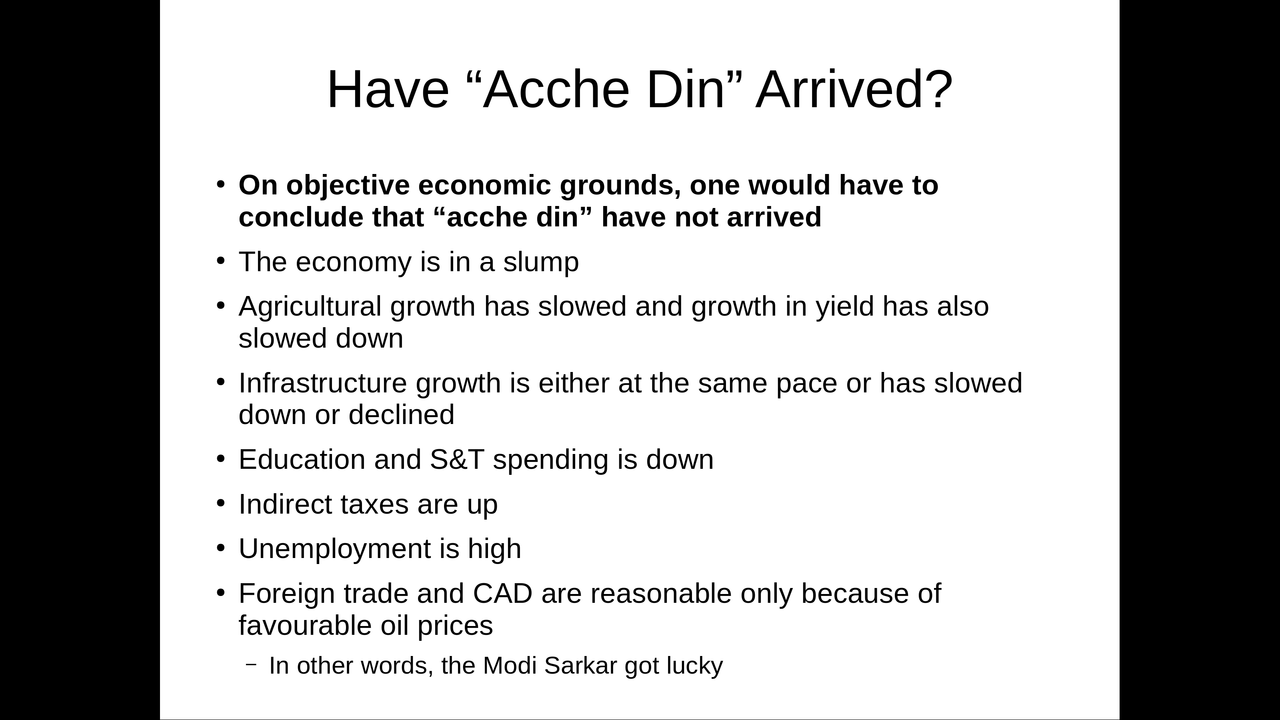Confessions of a City Slicker: Understanding Land Acquisition in India
Abstract
Part 1. Childhood to College to America
I was raised a city dweller, never having seen a village in my entire life. In the summers, we would go to my mother's native place, which was a town, not a village. So I had never seen a real Indian village.
Like many Indian middle class kids, I studied engineering after XIIth standard. After four years of engineering in IIT Bombay, my plans were clear — go to the USA for a Masters degree, like two-thirds of my graduating class.
For our convocation, IIT Bombay invited Professor Yash Pal to give the convocation address. Professor Yash Pal was an eminent educationist and scientist, having obtained his PhD in Physics from MIT in 1958. At the time IIT-B invited him, he was Chairman of the University Grants Commission (UGC). Professor Yash Pal had a Padma Bhushan at the time of our convocation; he was later also awarded the Padma Vibhushan. He died in 2017 at the age of 90, after a long and productive life.
The main thing I remember from Prof. Yash Pal's address to us — and I remember it so well because it annoyed me so much at the time — was his suggestion that after obtaining our B.Techs, all of us students should go and serve two years in rural India. He said that we needed to go there to understand the real India, to understand what problems India faced, and to know what solutions it needed.
I was incensed. Here I was, taking steps to “advance” myself, launch myself into the greatest country in the world, and here this man was telling me that I needed to go backwards, to a “bloody village,” a “gaon???” I remember angrily telling my classmates — “who asked this guy to come talk to us? If he loves the villages so much, why doesn't he go live there?”
Like many (most?) city dwellers, I had a certain contempt for villages and agriculture. Even the word “gawar” (meaning villager) was said by us in a voice dripping in contempt. It was customary to address someone who seemed not to be very savvy about things — a fellow-student, for example — as a gawar. Farming to me, then, was something illiterate and uneducated folk did. (Today I know, thanks to some amateurish attempts at growing vegetables in pots, how complex the science of agriculture is, and how much technology is needed to be a successful farmer; but then I was just an ignoramus.)
So I got my advanced degrees in the land of the free and the home of the brave, worked there for several years, and decided to come back to India for personal reasons.
Part 2. Return to India
I took up a job with an MNC in Bangalore, and went around my mission to make money and create a better life for me assiduously (nothing wrong here.) I was still very much a city slicker, and knew little about the realities of life in India's villages.
This went on until 2011, when I finally started getting seriously interested in politics in India, thanks to the Anna Hazare movement. I had always been very interested in politics, from childhood — I used to read the newspaper carefully every day — but after the Anna movement, I started to read everything a bit more carefully and critically. That is when I created my blog and started writing publicly. My express purpose at the start of the blog was to write in support of the India Against Corruption (IAC) movement, though my views have matured a lot since then - I would agree today that the excessive focus on a single person / organization like the Lokpal, with unlimited powers, is probably a misguided and potentially dangerous focus.
I also started getting interested in things like economics for the first time, and in a few years, even started to write on topics connected with economics along with politics. It was then that I started understanding the immensity of India's agricultural sector and the importance of rural India.
But in 2011, this enlightenment was still quite far off. So when Rahul Gandhi introduced the Land Acquisition, Rehabilitation, and Resettlement Act (LARR) that year, I criticized it savagely. Why? Because I felt that the clauses in the bill were extremely restrictive and would throttle productivity.
Land Acquisition is one of the major hurdles that delays projects in India. Projects get announced, and then they run into cost and time overruns, with hundreds or thousands of crores of rupees wasted.
What did the LARR do? It greatly increased the compensation to be given to the owners of the land that was acquired for industrial projects. But that was not all. It also put in a mechanism for grievance redressal that would allow people to stop a project if it did not have community support. In the past, the government could use “public interest” (known as eminent domain in the US) to evict villagers from a village and pay them whatever compensation it saw fit. The new bill not only greatly enhanced the compensation and put stringent rules about how to calculate it, but also allowed villagers to stop any project that they felt was against their interest.
I said to myself, now no projects will ever get done. Thanks a lot for ruining India, Rahul Gandhi.
Part 3. Anger
But I had not understood the history behind this decision. For 64 years since independence, India had treated the villages with the same derision that I had for them when I was a fresh IIT graduate. Part of this is the result of the complex dynamic between Gandhian and Nehruvian views of India's future, with the Nehruvian vision winning. Gandhi believed that India lived in its villages. Nehru was a suave, sophisticated urbanite whose vision was focused on the cities; on steel, concrete, and dams; and all the other indicators of modern progress.
And because of this urban vision that won in the battle of ideas, India tended to treat the villagers that came in the path of its urban “development” as nuisances, to be disposed off through “public interest” and a pittance for a payoff. If we wanted a dam, and some pesky villagers’ homes were going to be destroyed, well, that was a small price to pay for progress.
Ok, if you want to be humane, give them more compensation, but let them get the hell out of the land, so that the dam or the factory or the highway can be built! Why were these Luddites, these anti-progress idiots, blocking our paths, we who were aiming to reach the moon, Mars, Jupiter, and the Andromeda galaxy? We who were trying to make India a first world country? Bloody plebians. Why can't they take the money and go? No, they have to organize a dharna, a protest, what have you. Like that irritating troublemaker Medha Patkar.
Having lived an entire life without exposure to rural India endowed me with an astonishing level of apathy and indifference to the real problems and complaints of rural India and its inhabitants. To me, these were just people who were constantly holding us back from reaching higher and farther. The concerns they expressed during their protests were not sincere: they were just excuses from ignorant people who did not understand the great things we were trying to do as a nation. It was much later that I understood the answer to my question: “Why don't they just take the compensation and scoot?”
Part 4. Enlightenment
The answer, of course (which would have been obvious had I thought more carefully about it), is the counter question: “What are they going to do with that compensation money?”
If you have been a farmer all your life, then that really is all you can do. You cannot suddenly become a lathe operator in a factory at age 50 with no training. It is also harder to learn as you get older.
So what? Use the money to buy some land elsewhere, I would have said then. If farming is all you can do, go and farm somewhere else.
Except, who is selling land for you to buy?
Nobody will sell good agricultural land to you in India. And all the good land is already taken. If other farmers sell good land to you, then what are they going to do? They have the same problem as you do - they can do nothing else but farm. So the bottom line is: you cannot buy good agricultural land to replace the one you are being evicted from.
Which means only one thing: you have to give up farming.
Farmers who are forced to give up their land and give up farming end up becoming rootless and aimless. Typically, what happens to these people is that they blow up the fortune that they get through the sale fairly quickly, and end up as alcoholic paupers, who then work as watchmen on the same land that they once used to be masters of. I have personally known of examples of these in Pune's IT corridor in Hinjewadi.
And this is why Rahul Gandhi's LARR bill had the right idea. Communities must be consulted with more widely before their land is taken away from them. It is a life-changing decision, and must involve a negotiation with the buyer and the government on the future of the farmer.
This problem is highlighted with great wit in Douglas Adams’ classic, “The Hitchhiker's Guide to the Galaxy,” in which the opening scene has the setup that an advanced alien civilization is building a cosmic highway, and our “backward” Earth happens to be in the path of the highway, and must therefore be destroyed. The aliens then infom Earthlings that our planet has been earmarked for destruction, and so residents of Earth have an extremely limited time period to make alternative arrangements before their planet is completely wiped out.
Sometimes the government gives farmers alternative land tracts to the displaced farmers. But as we have already seen, there is no good agricultural land left; so what the farmers get as compensation is typically worthless land on which nothing can grow.
So, when farmers are persuaded to sell their land, the government must invest in their re-training so that they are able to work in the factories that are coming up on their land. The state must have a commitment to the displaced farmer, to ensure that he can survive after his land is taken away.
And this brings me to the start of this piece. Had I listened to Professor Yash Pal in 1990, and spent two years in a village in India then, it would not have taken me 30 years to understand all this.
